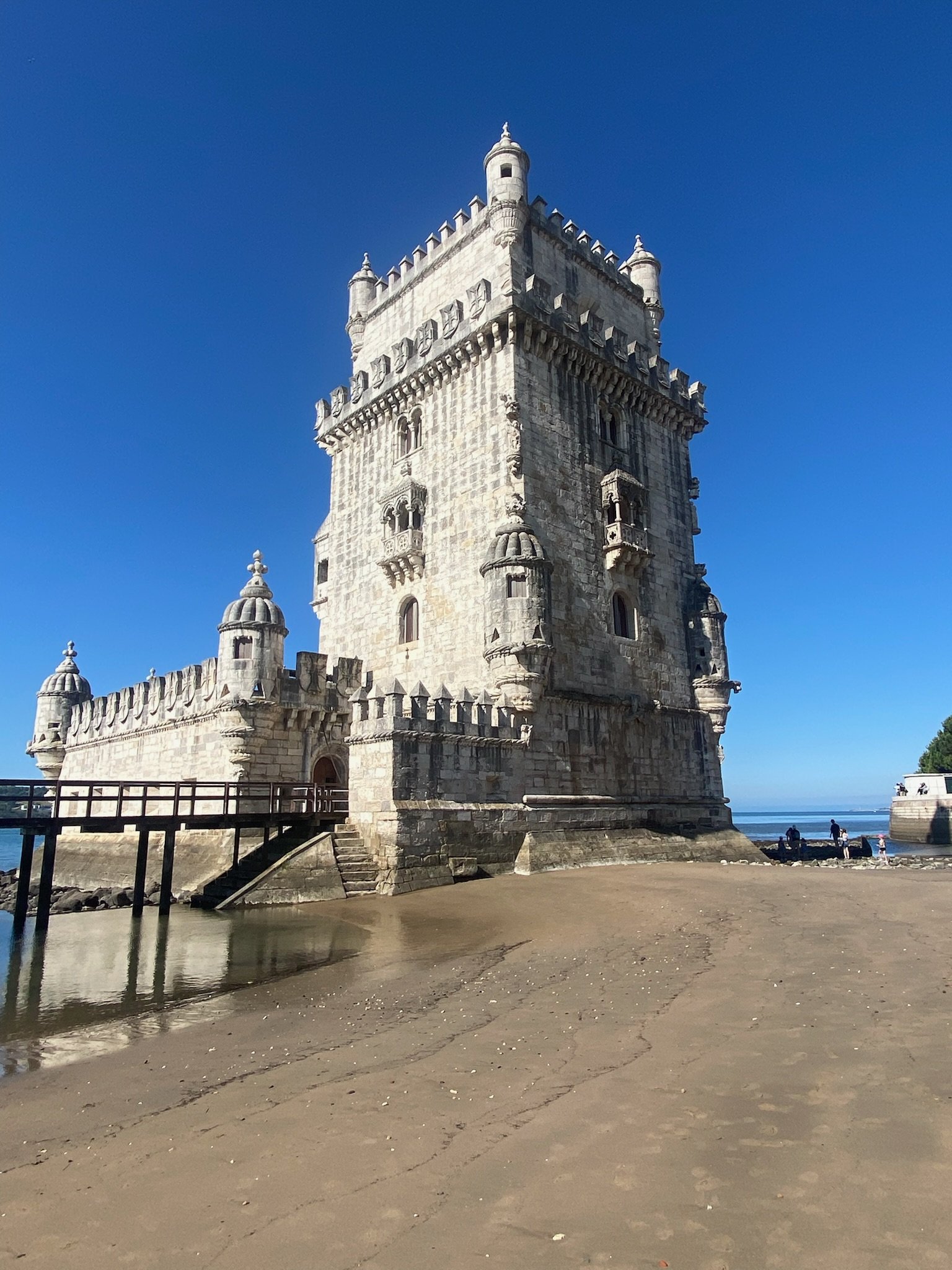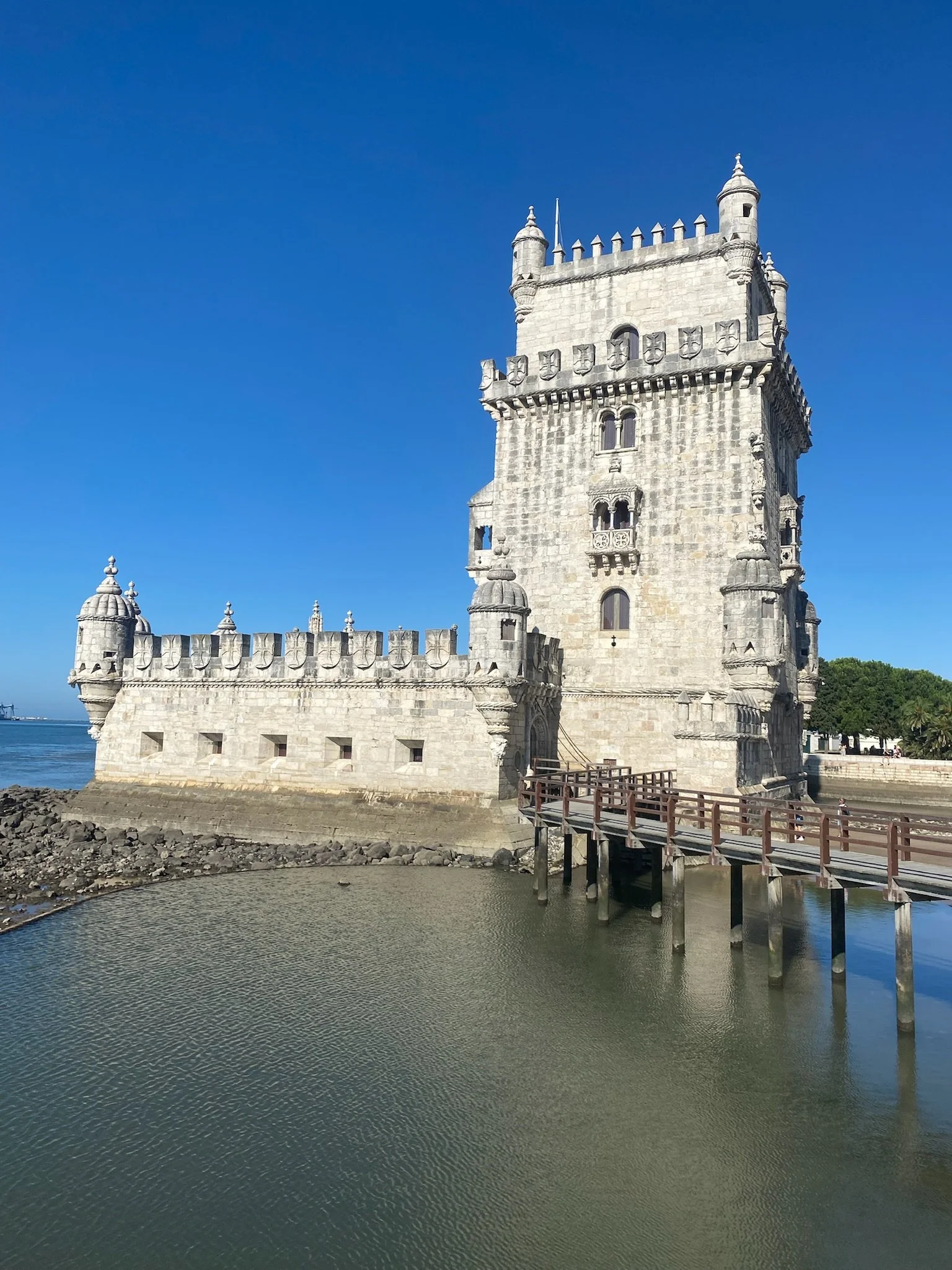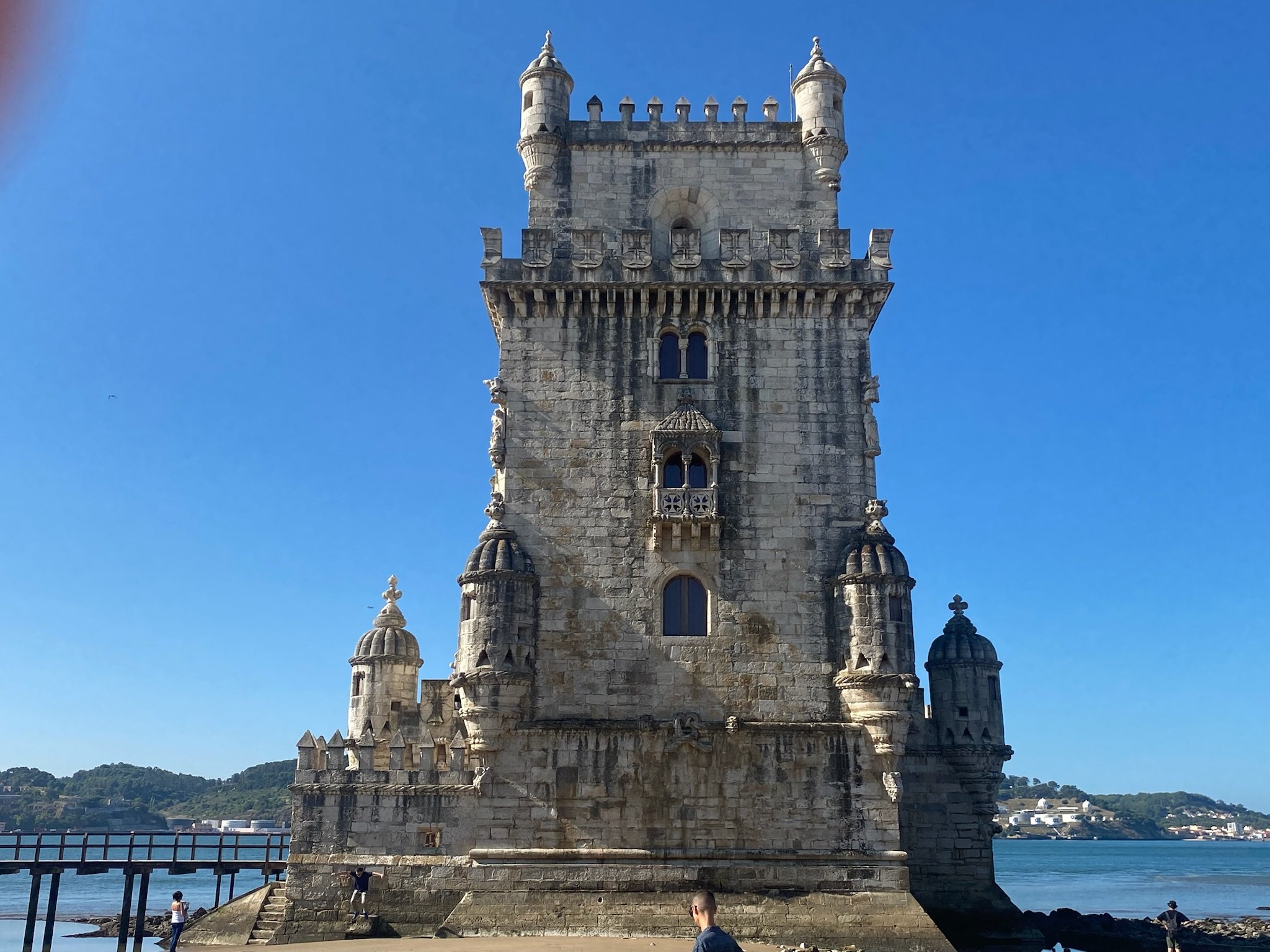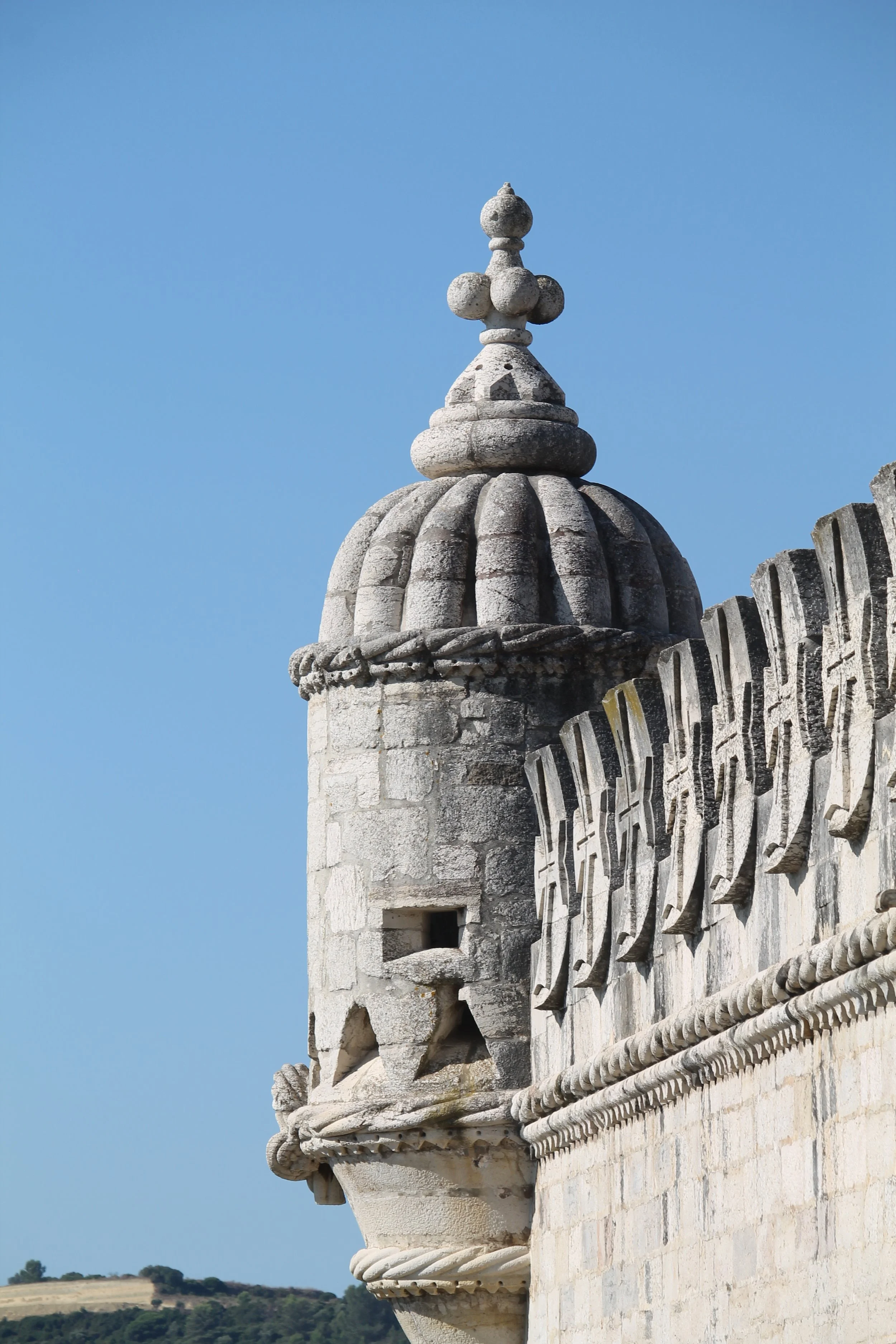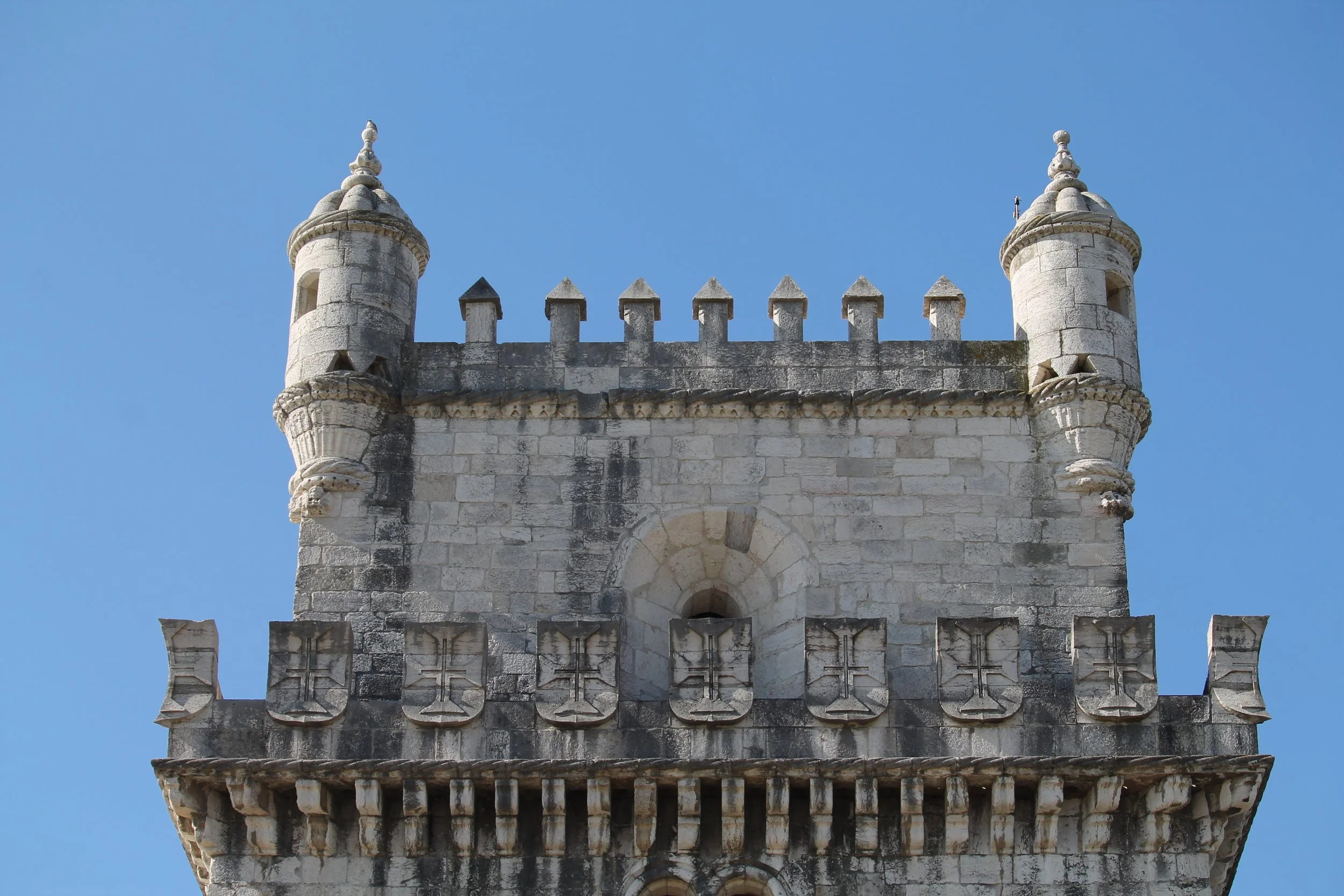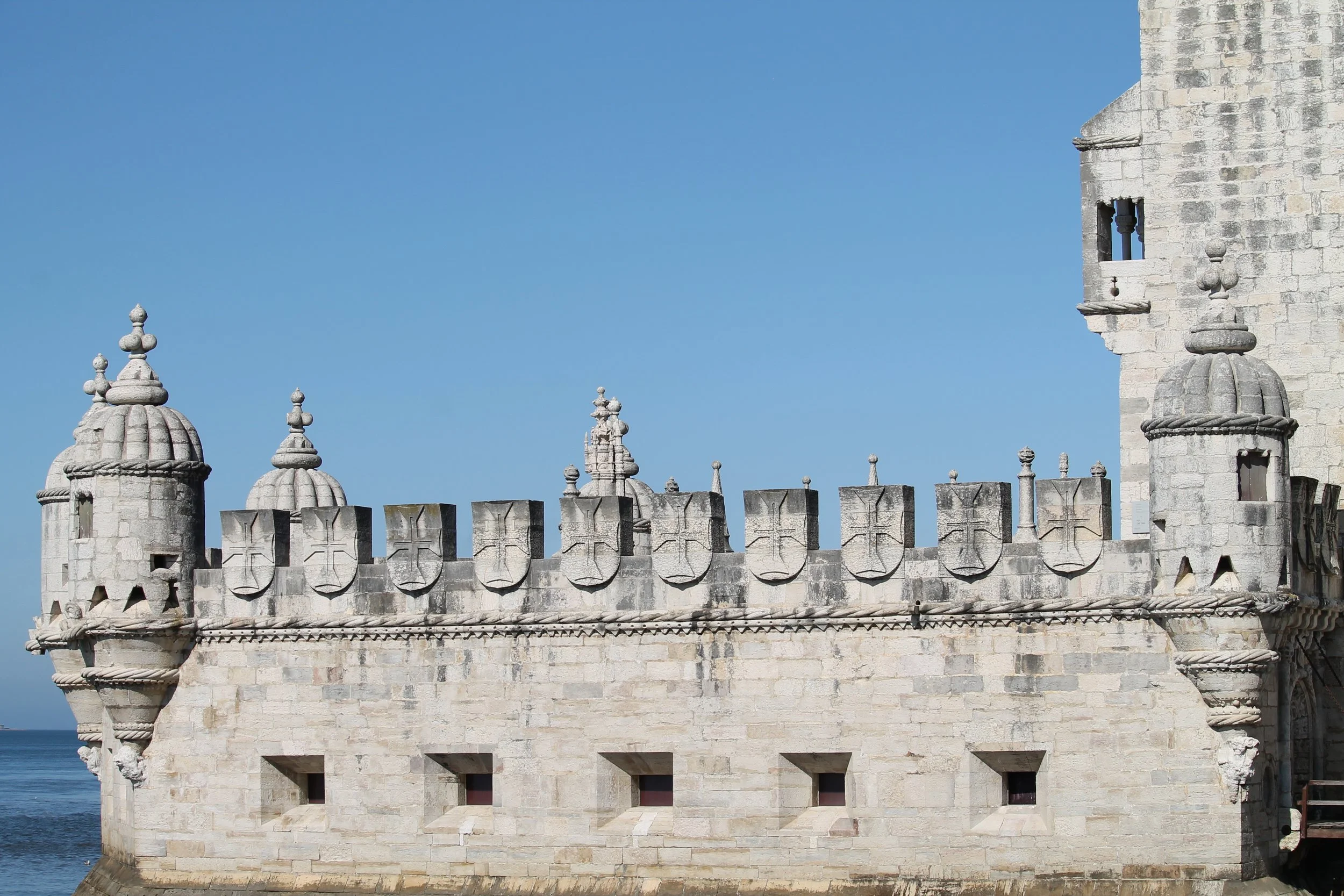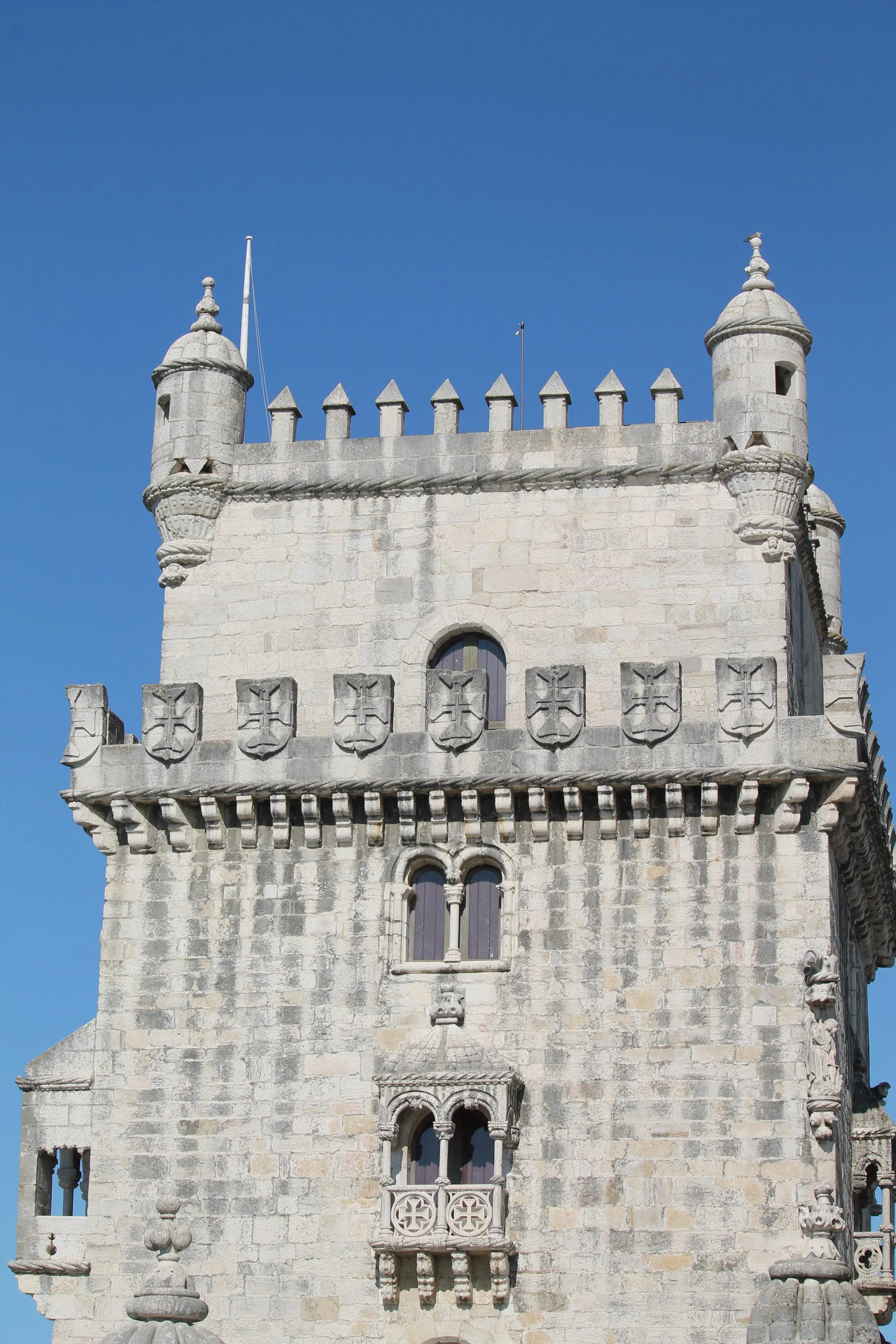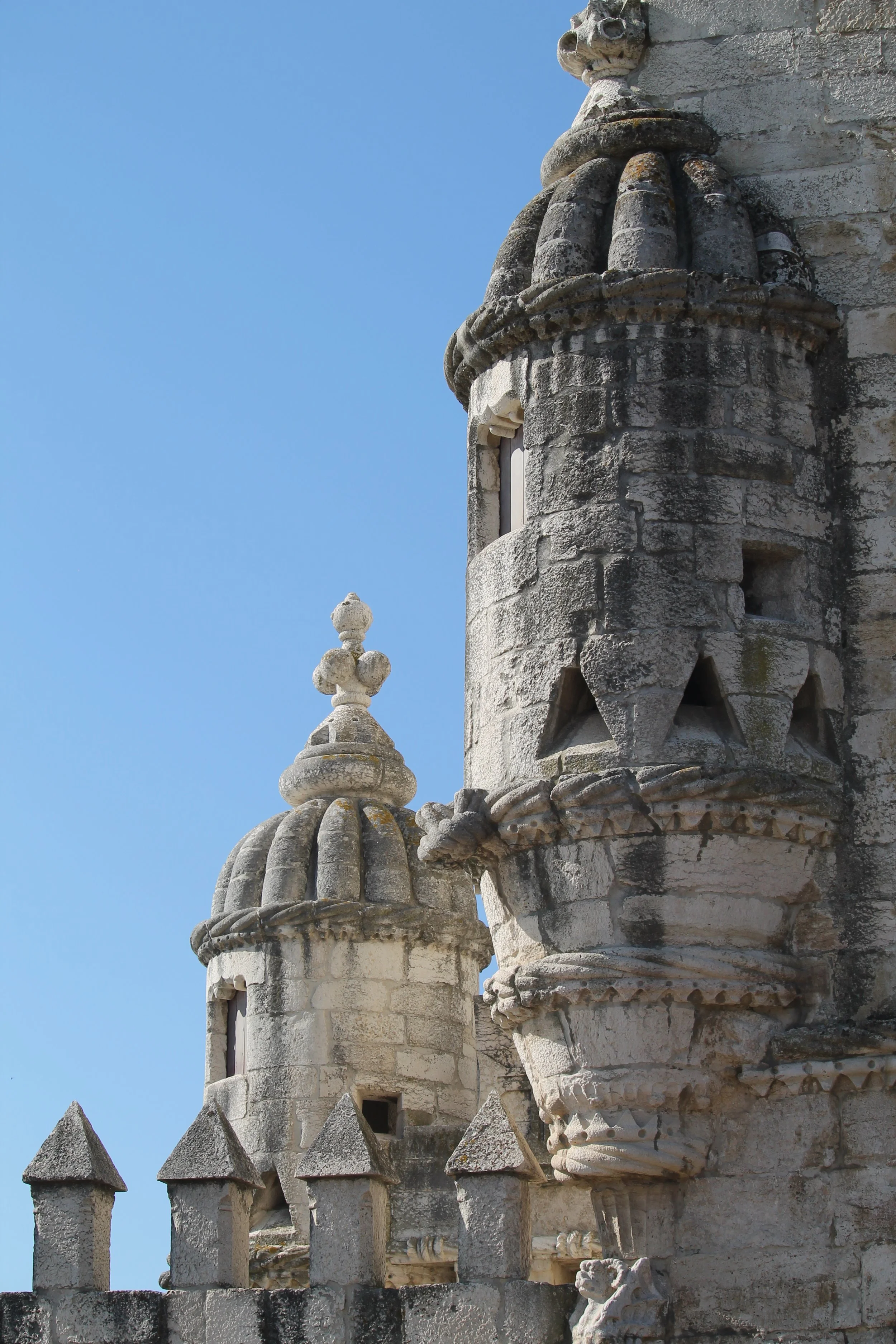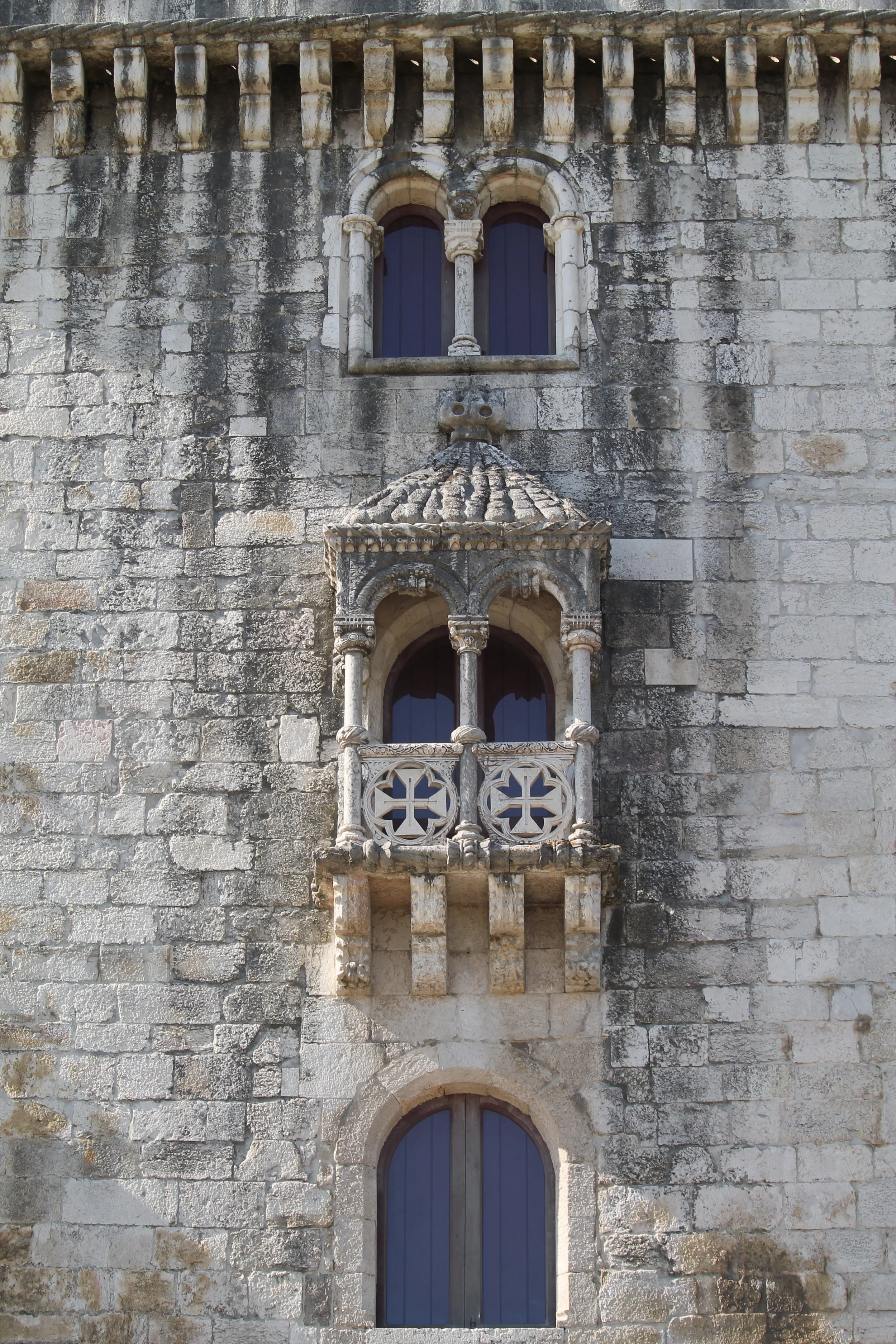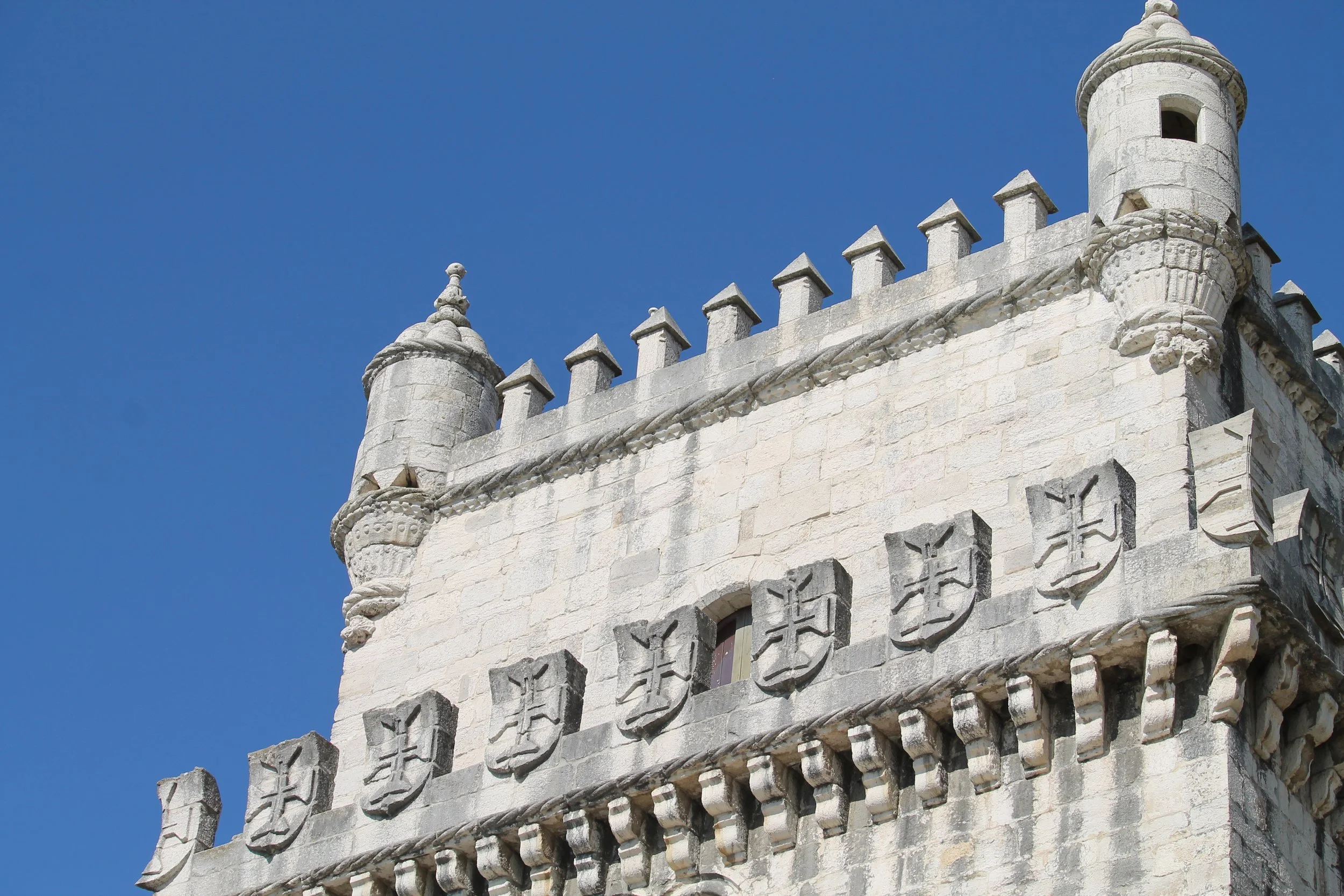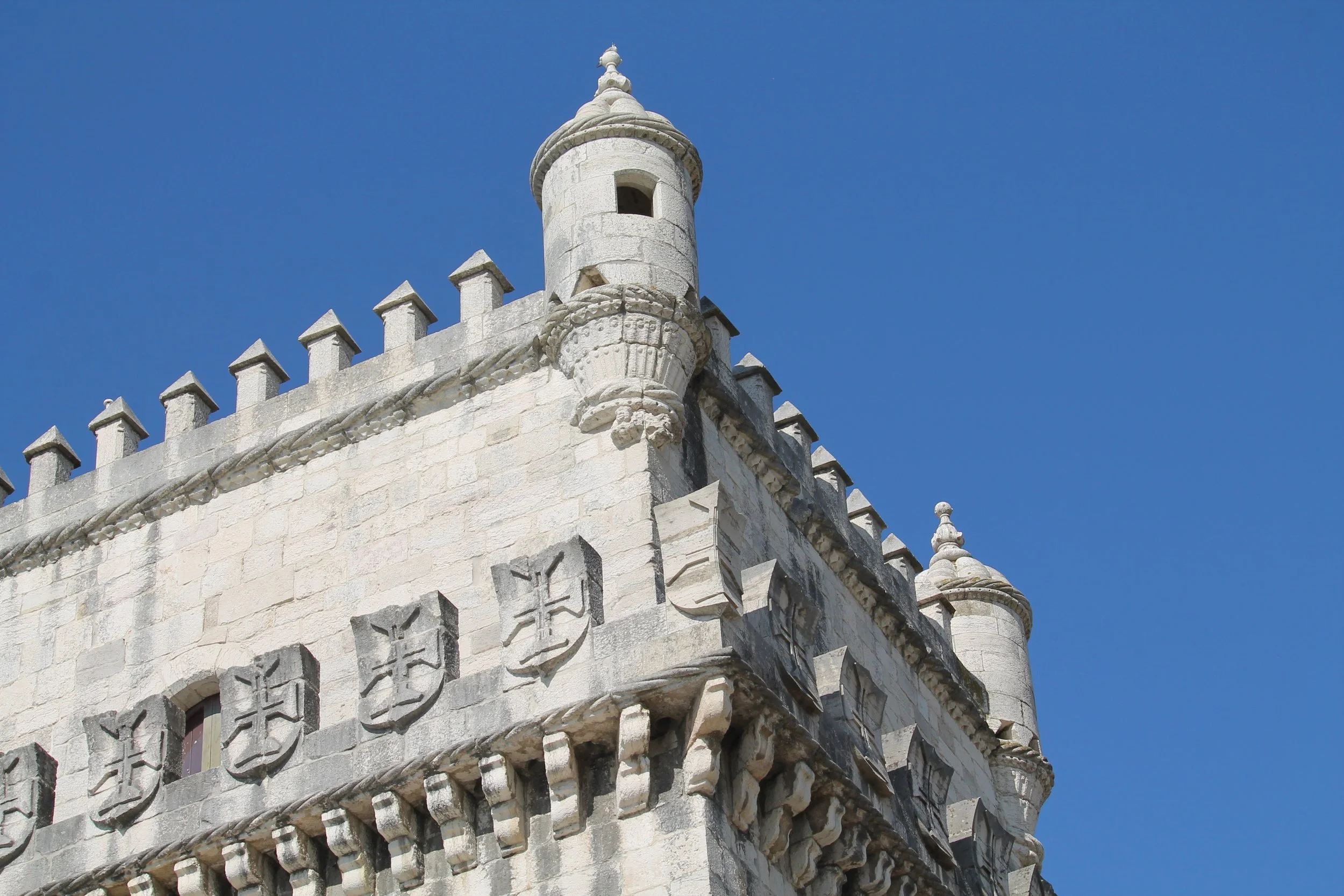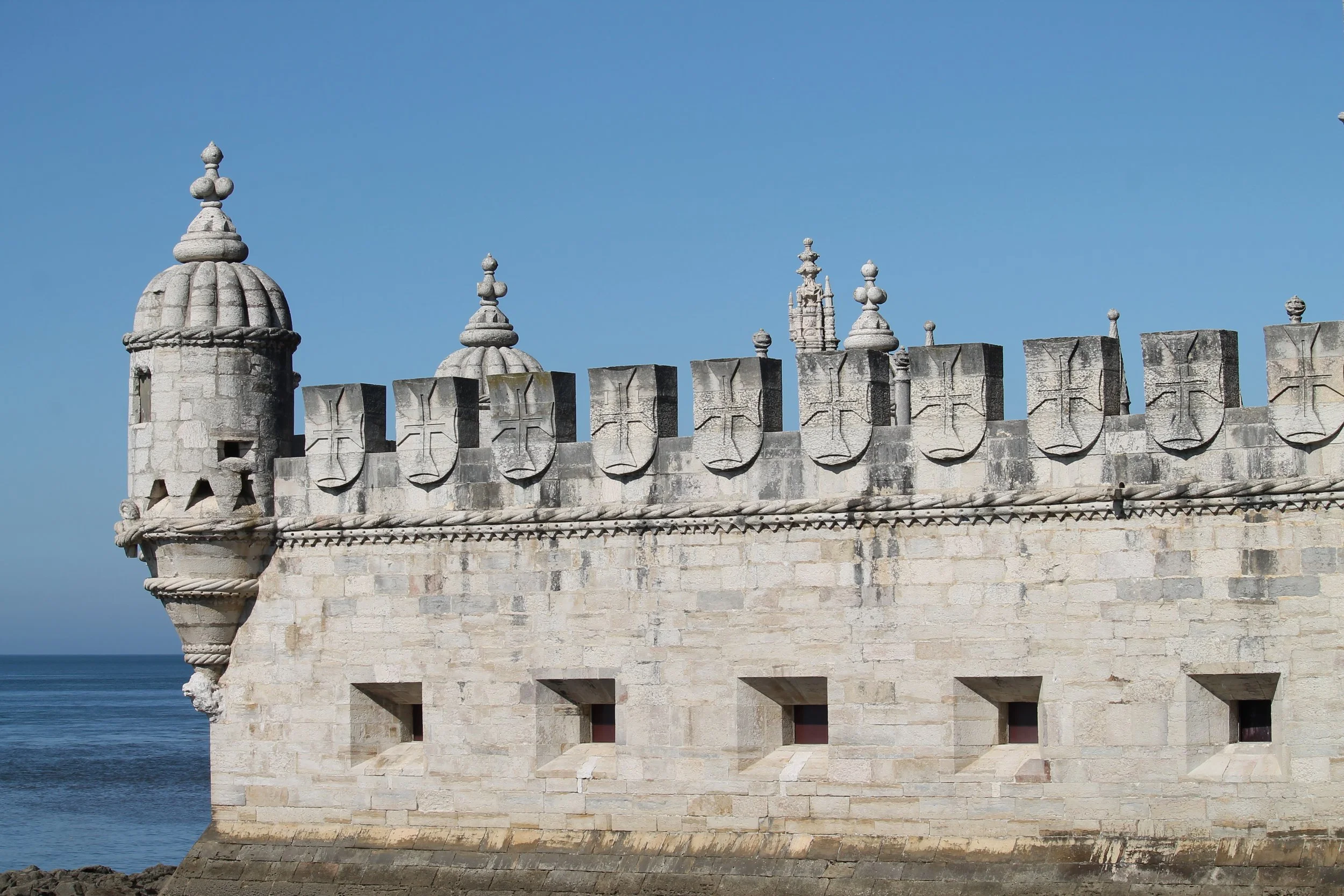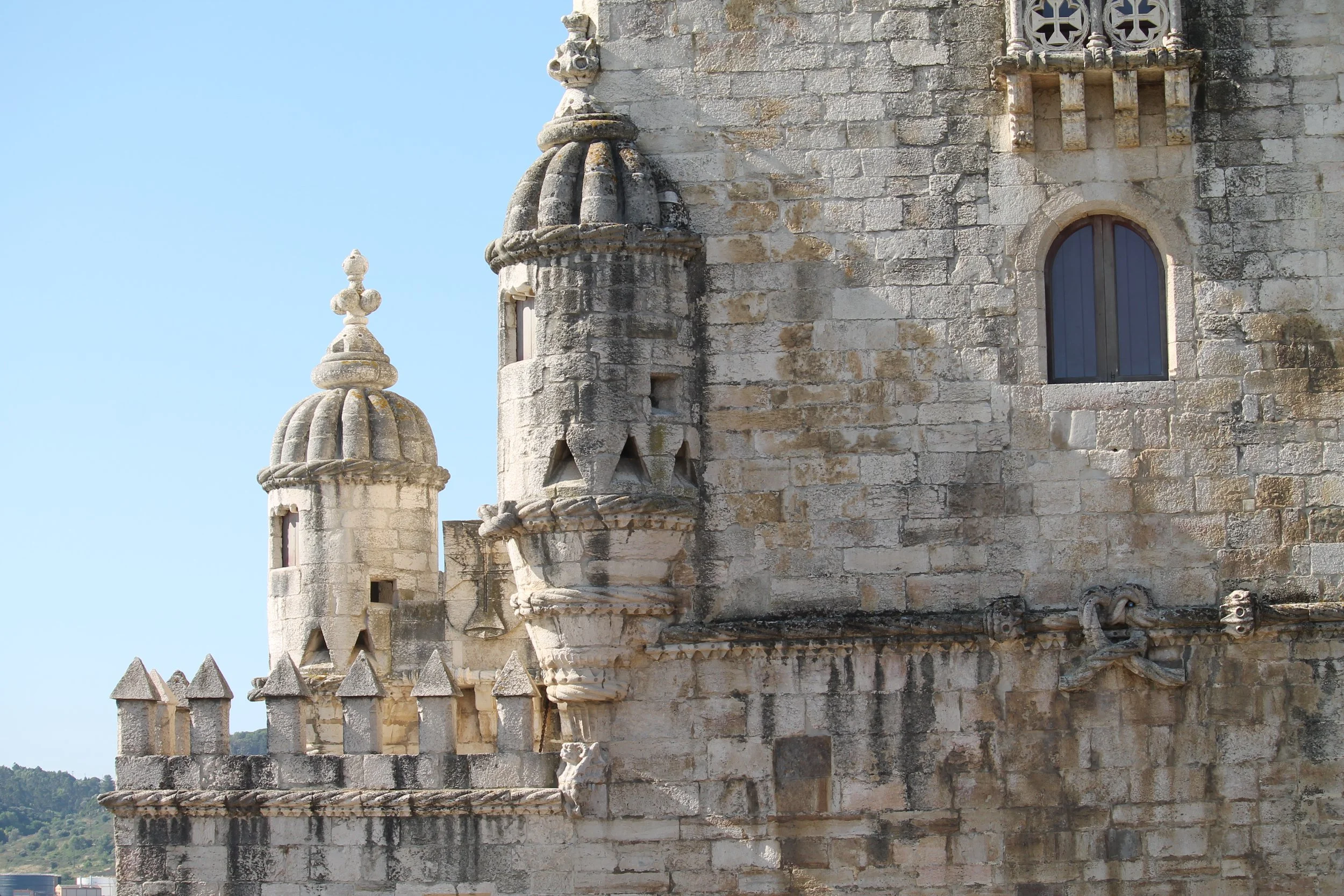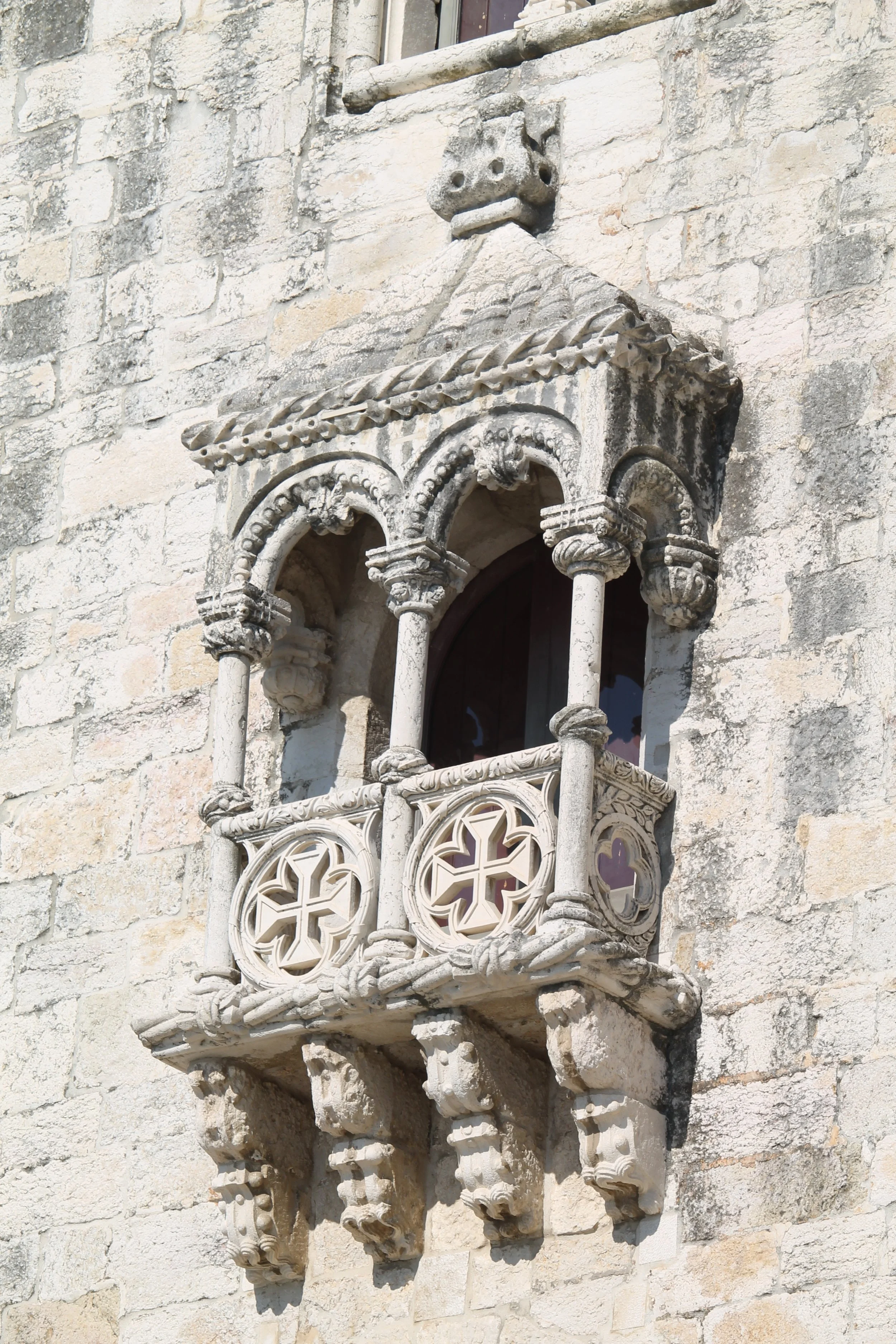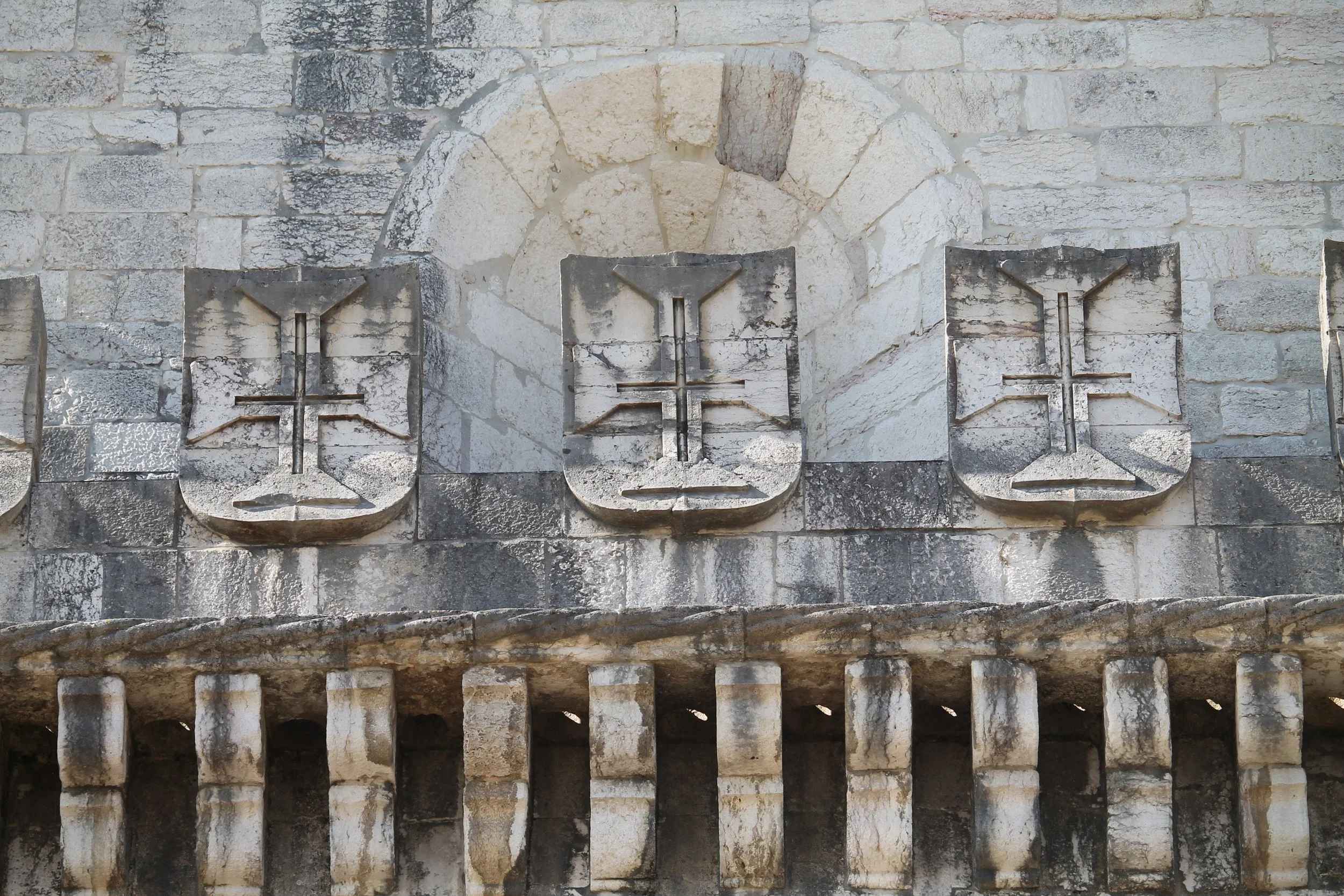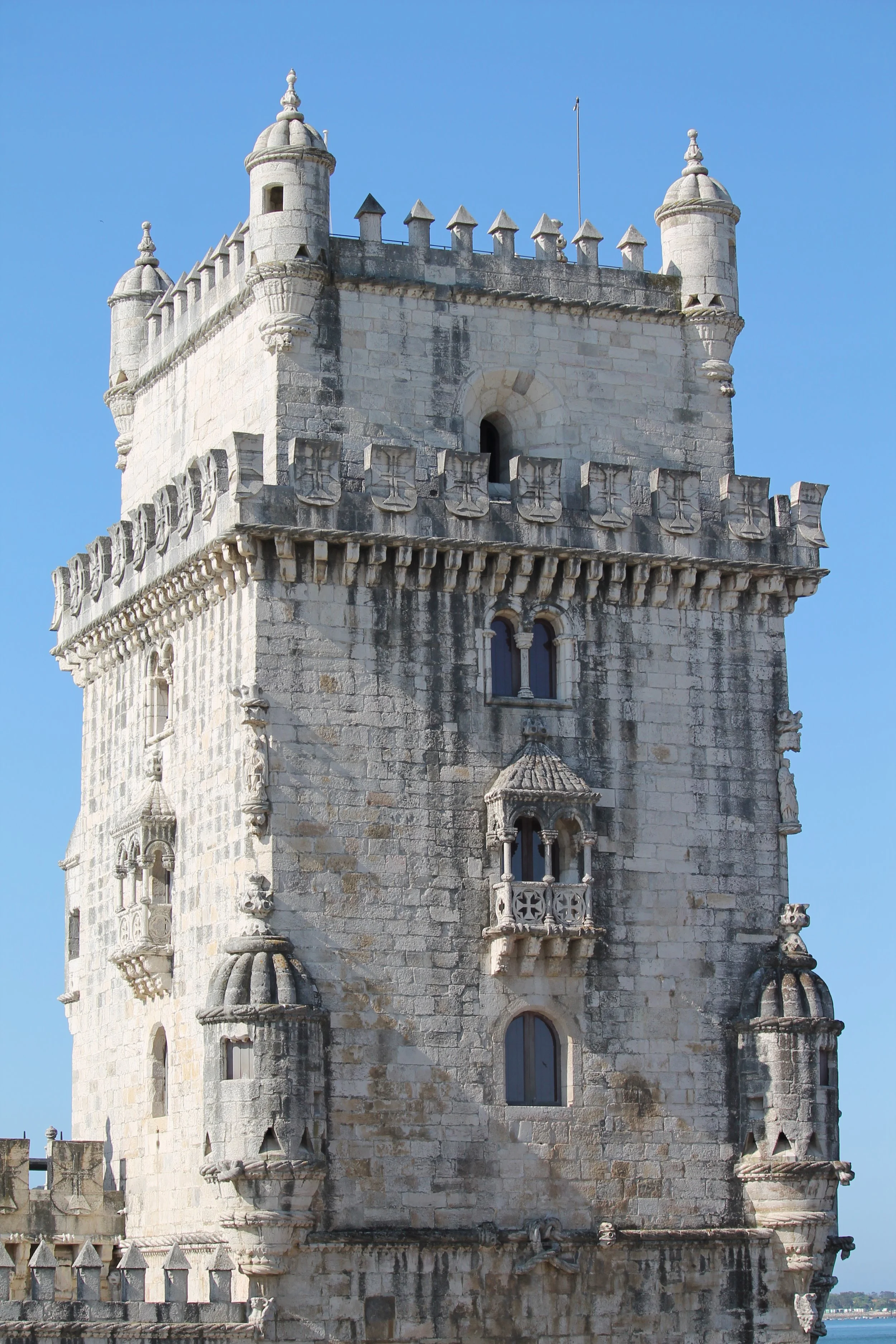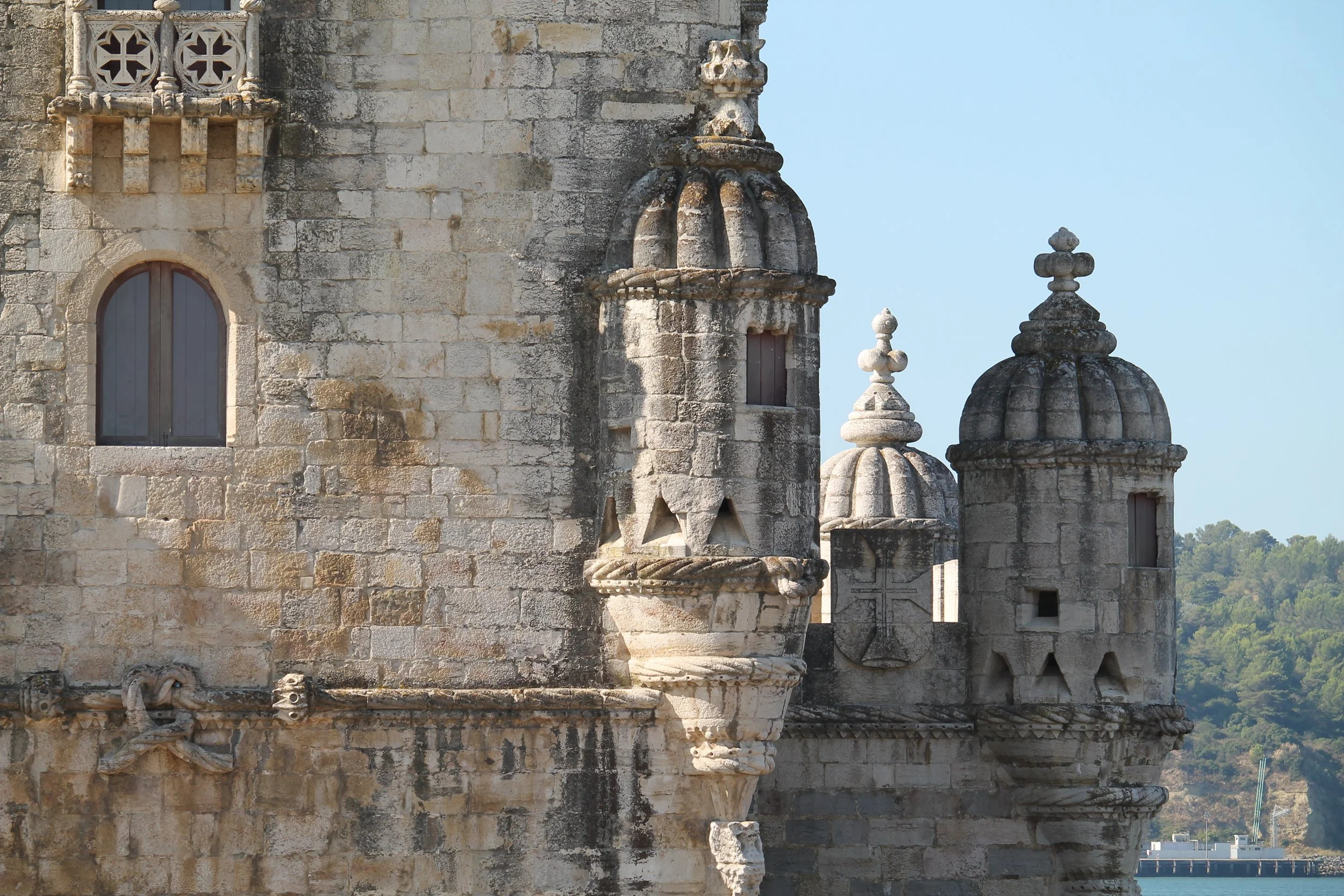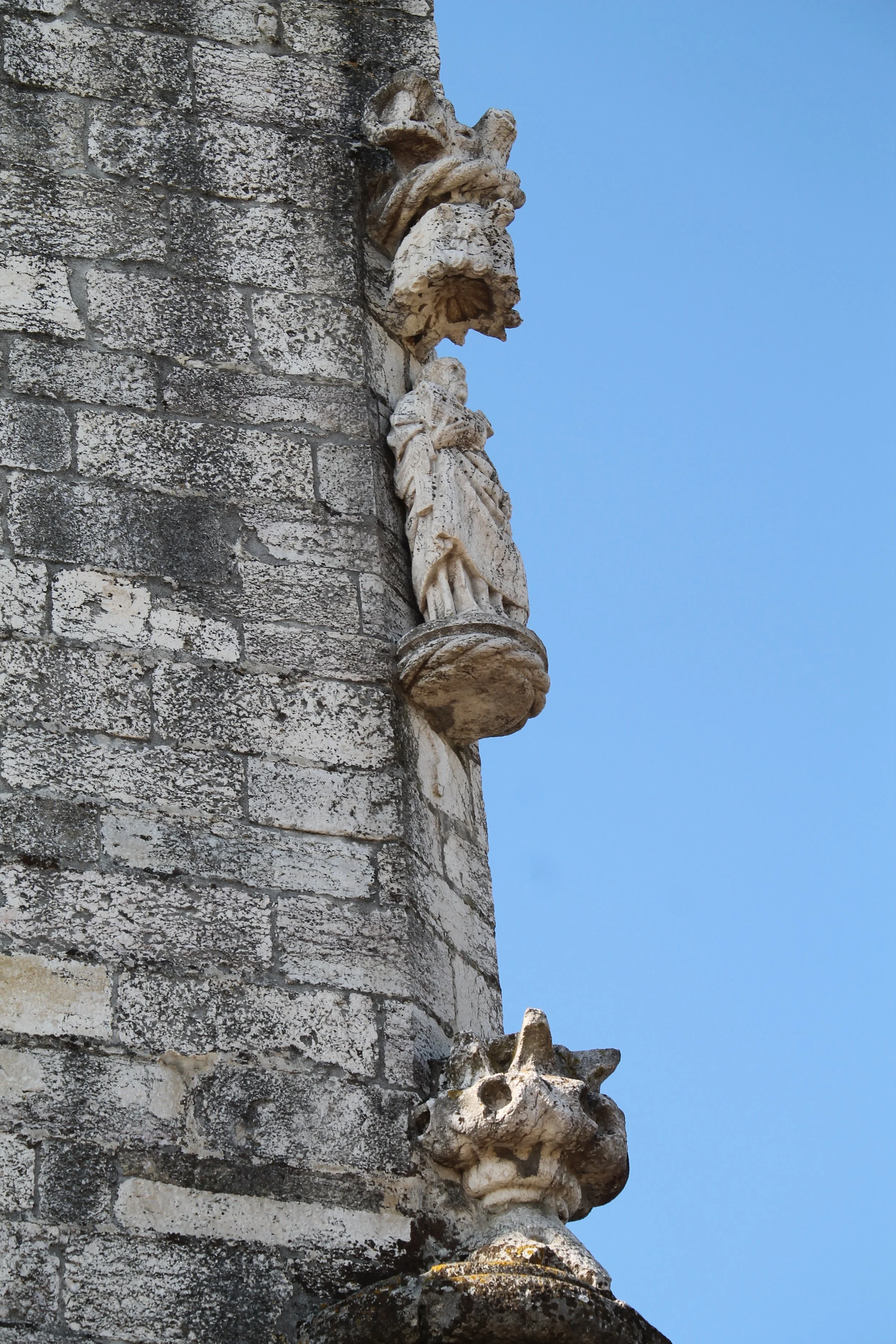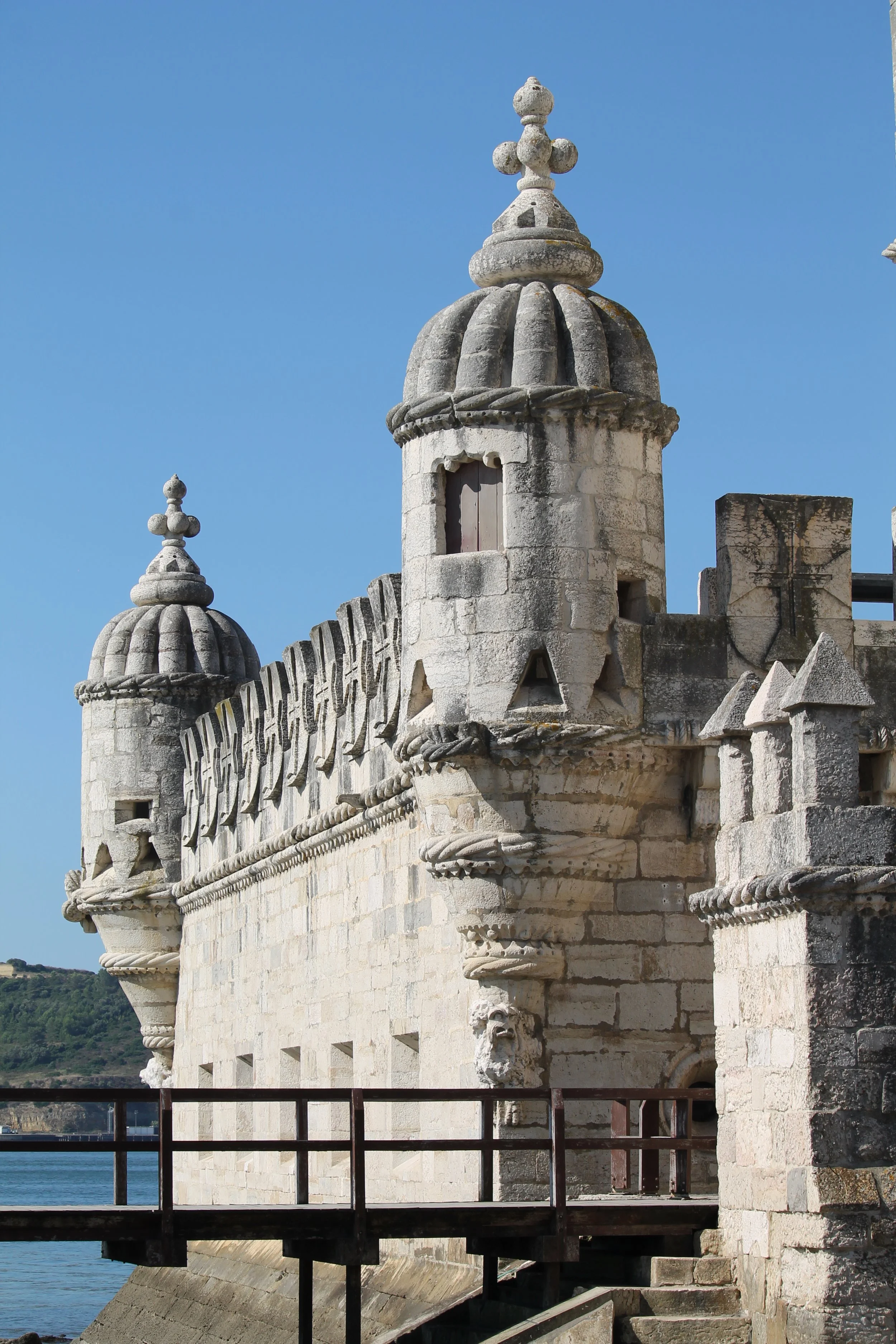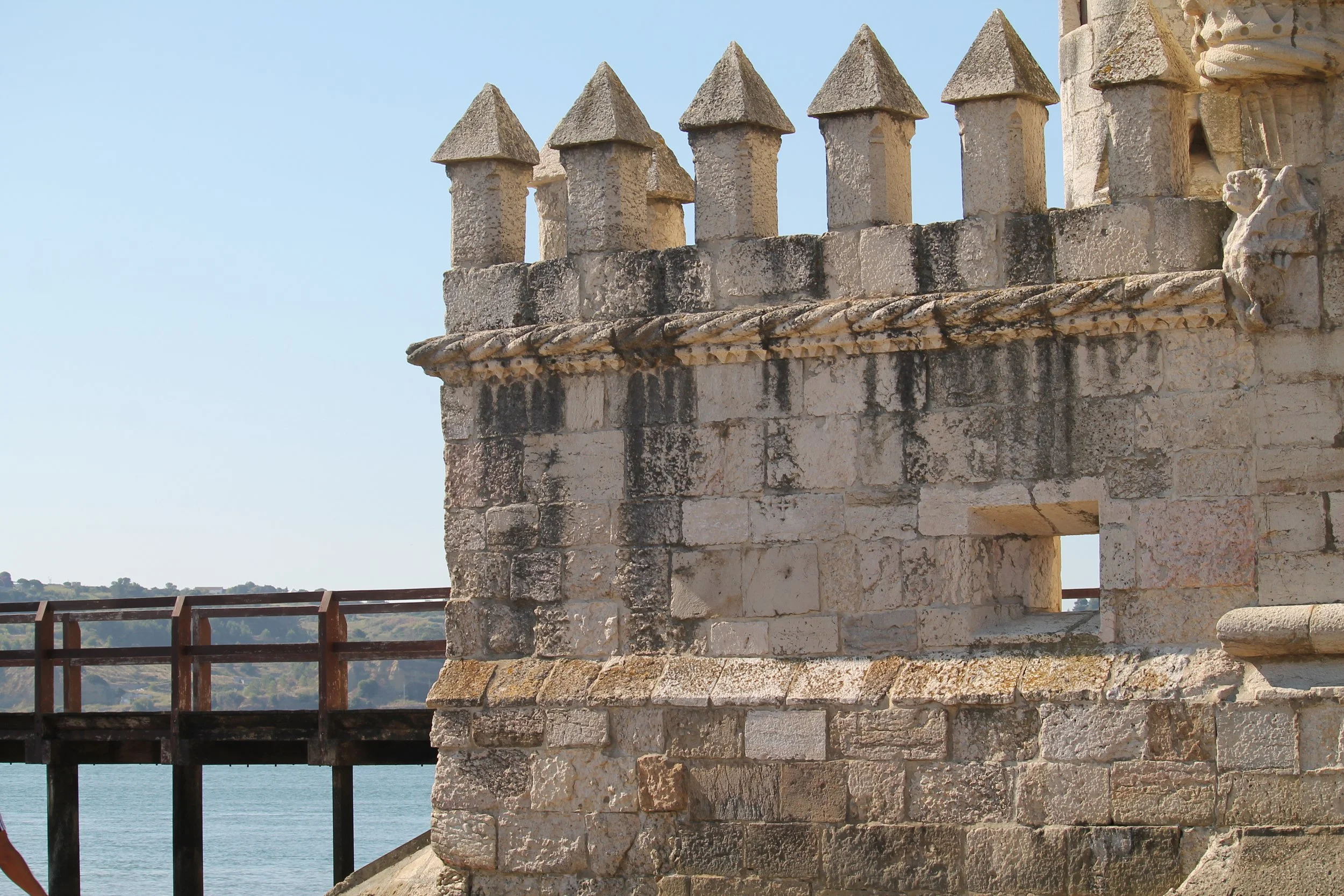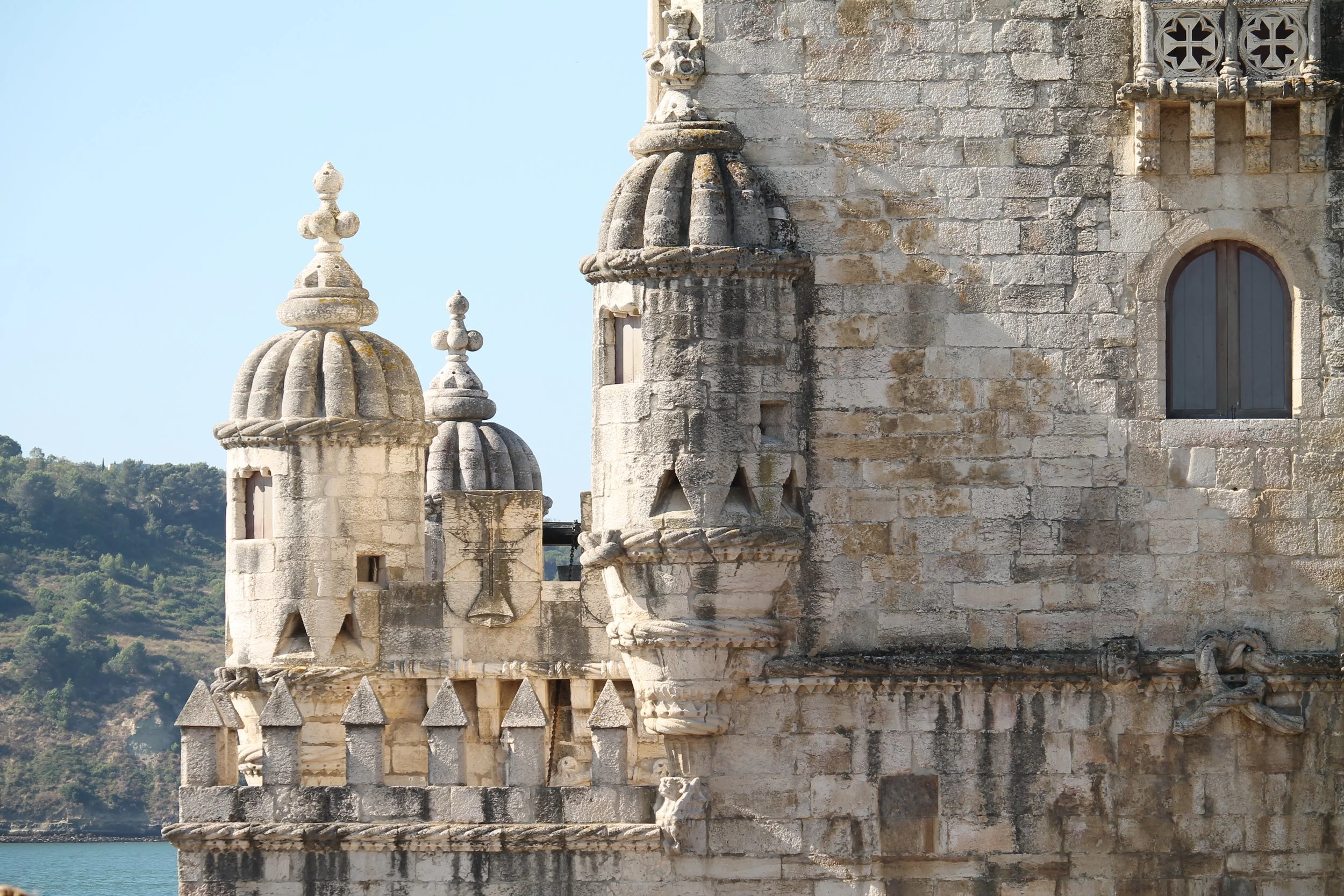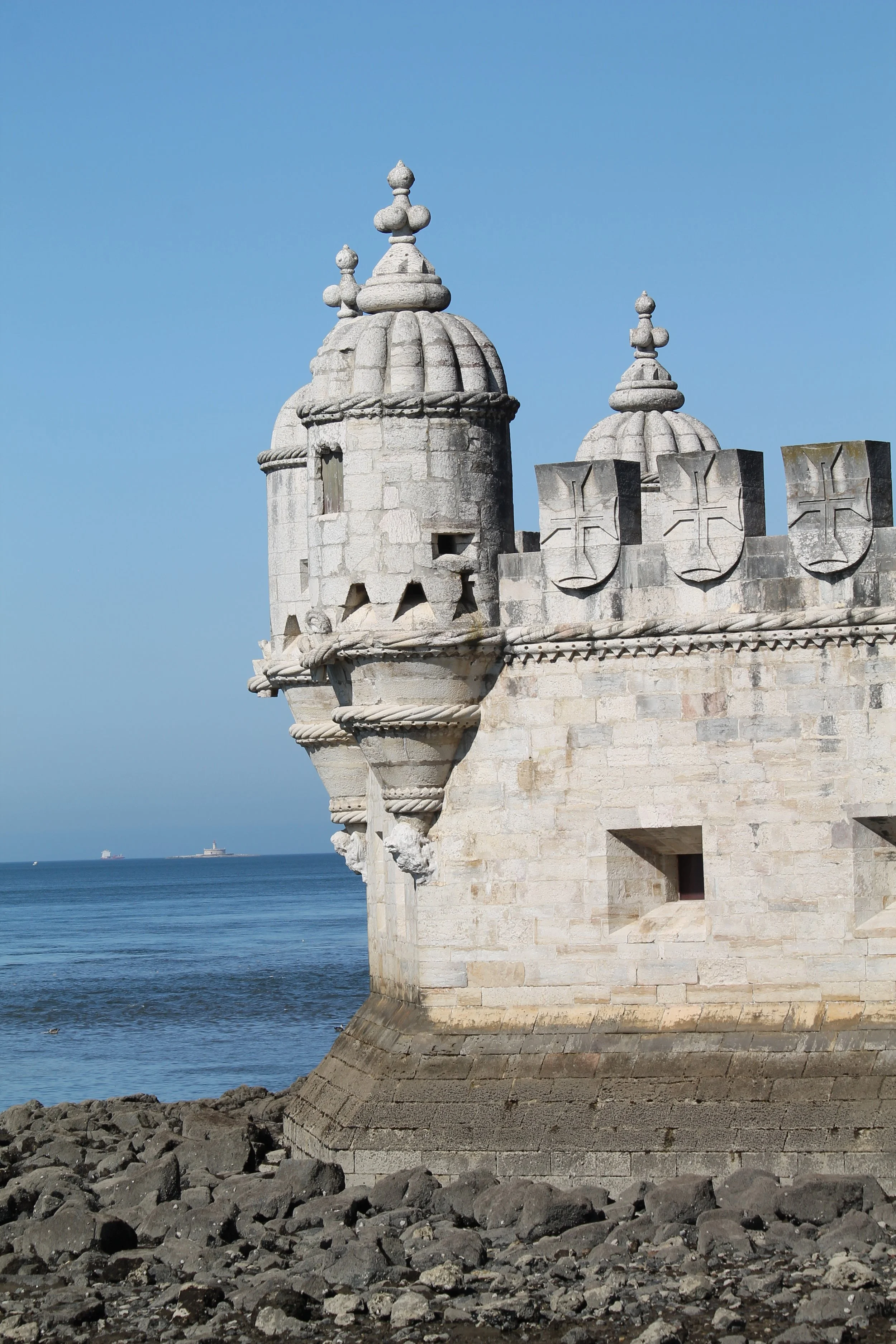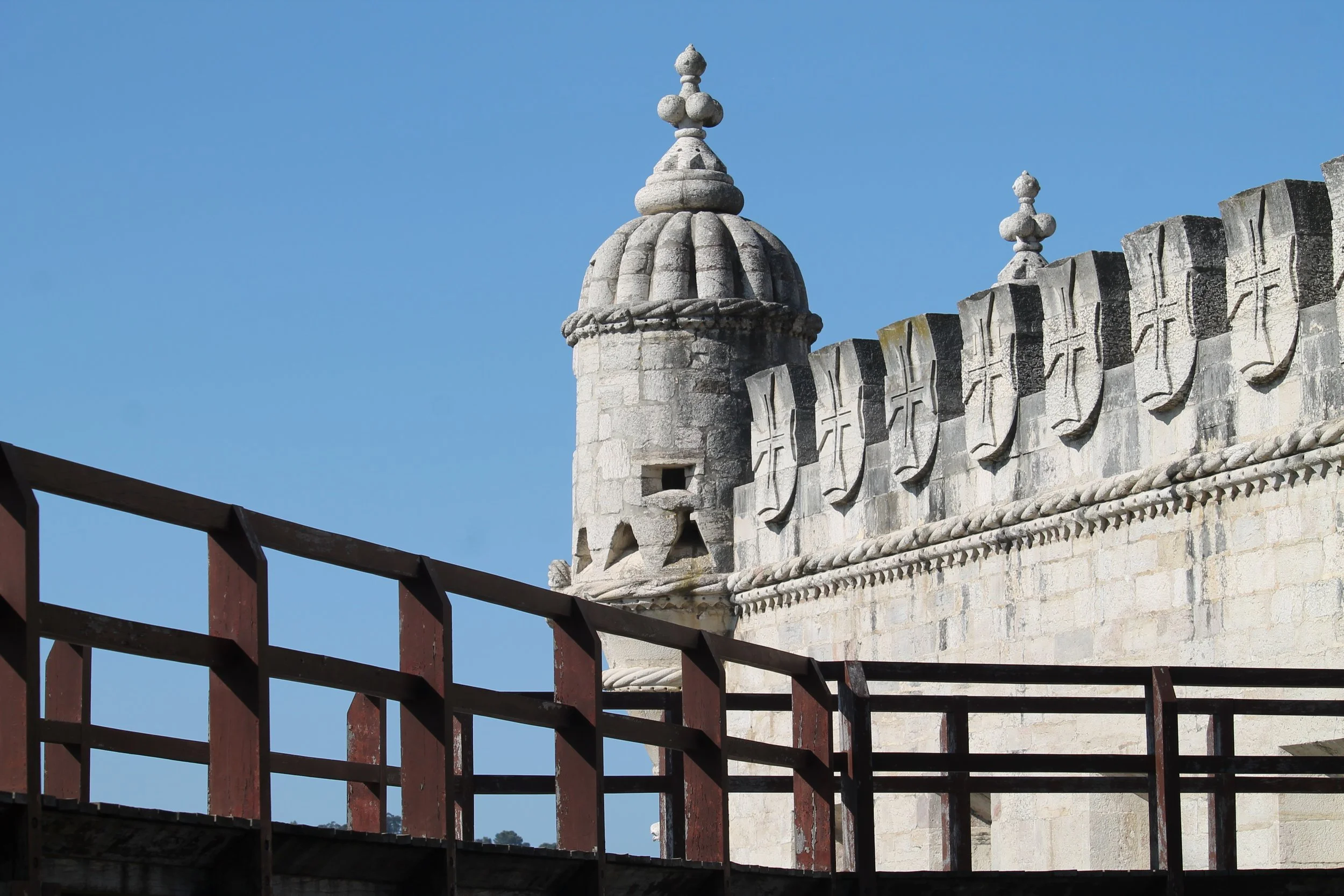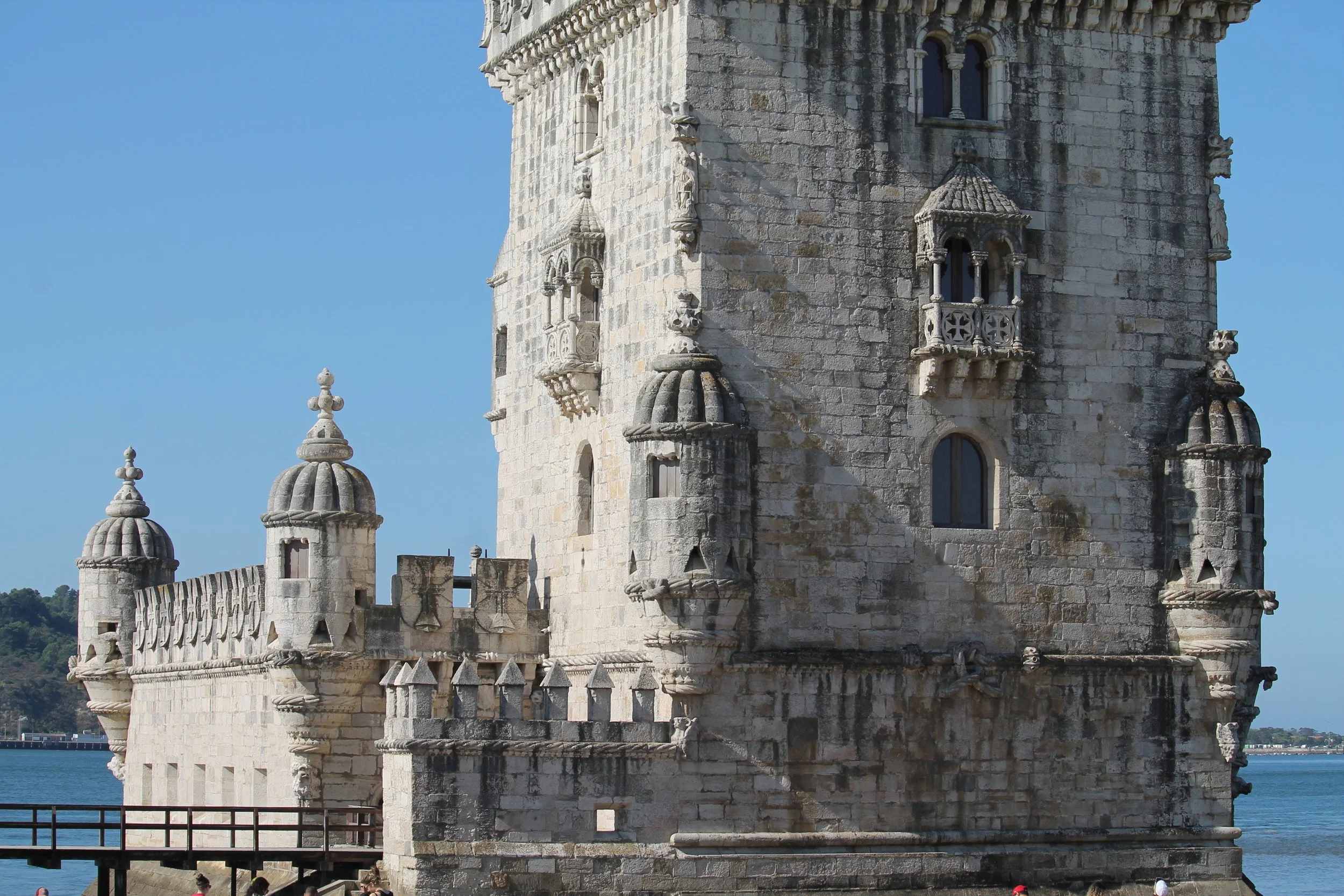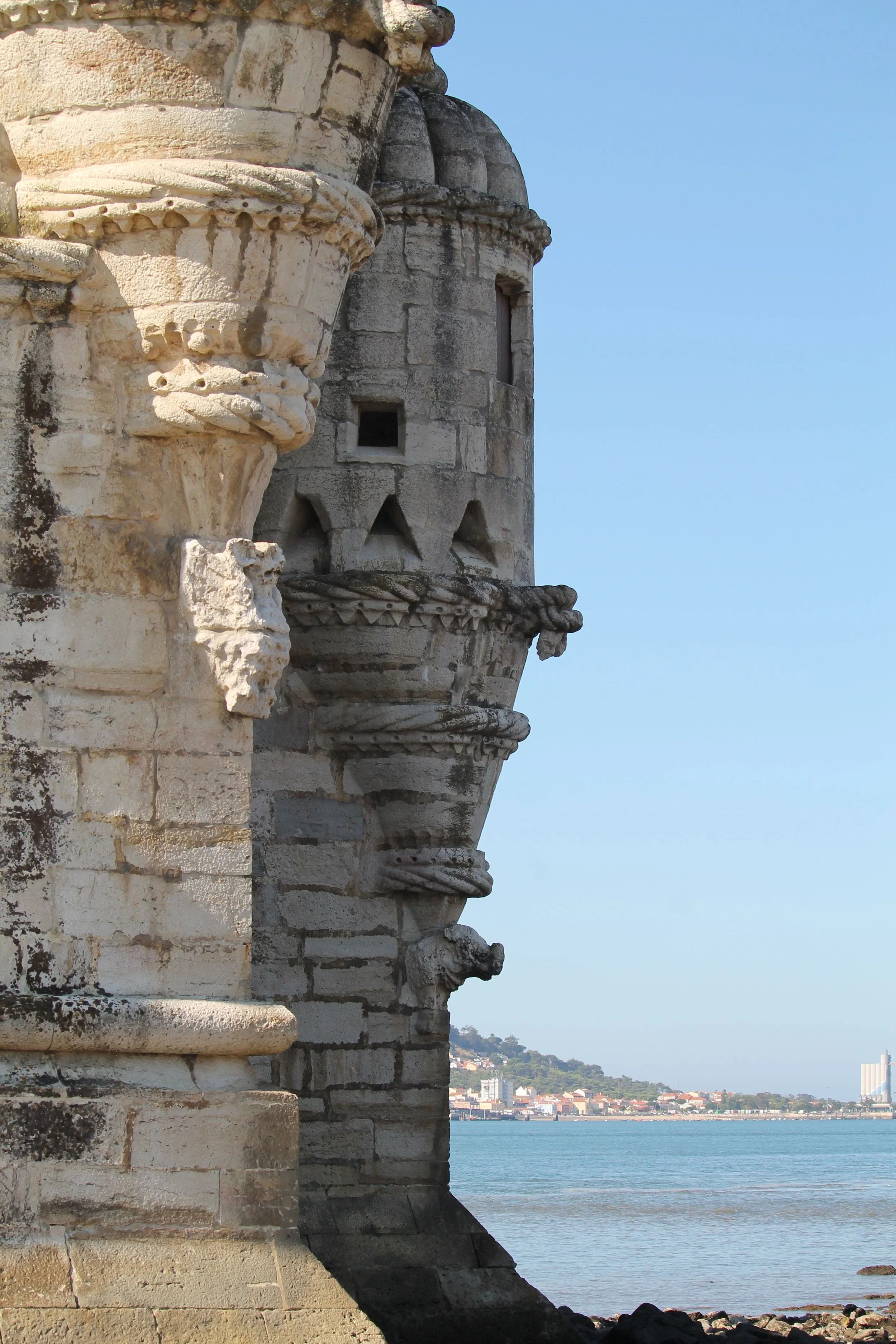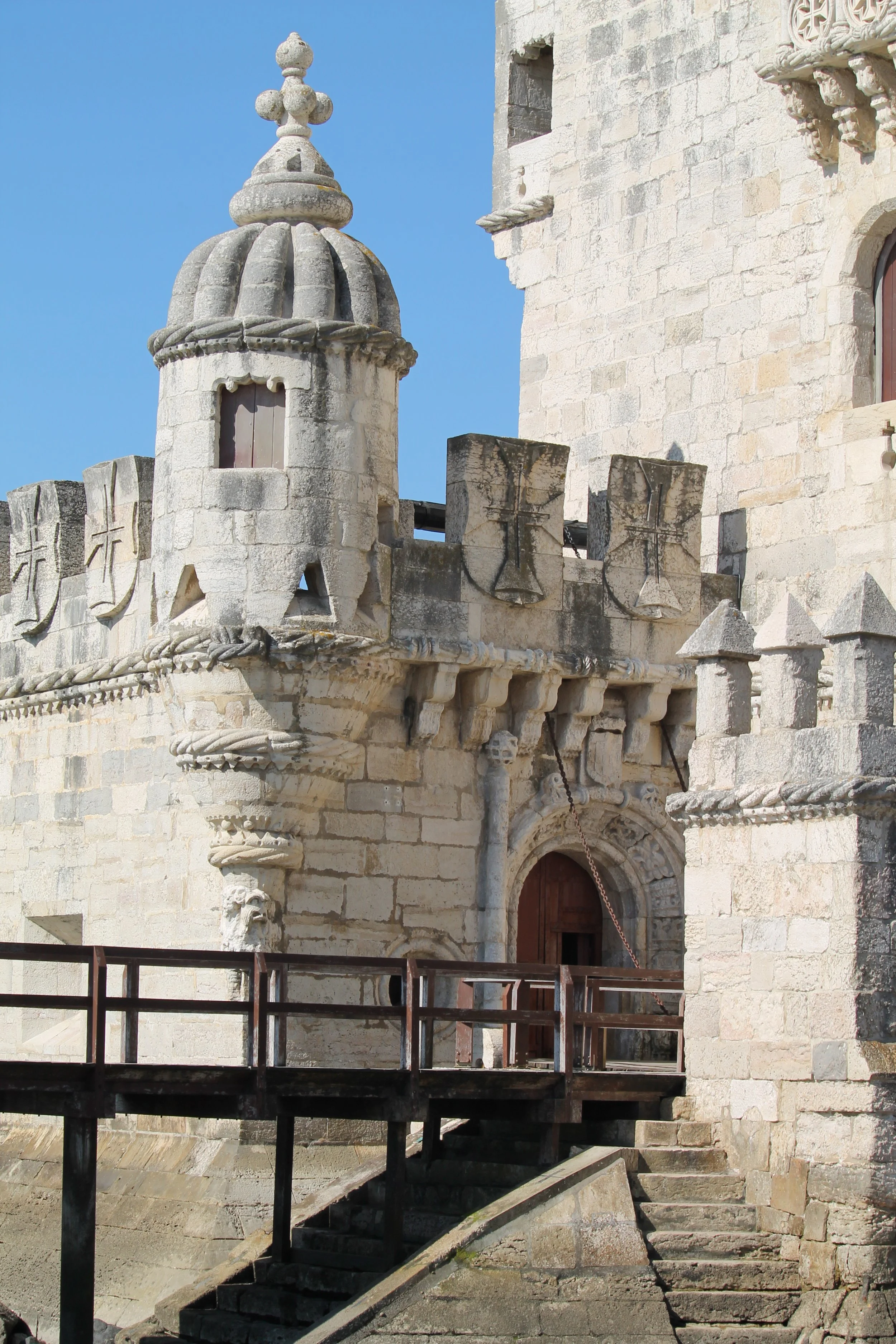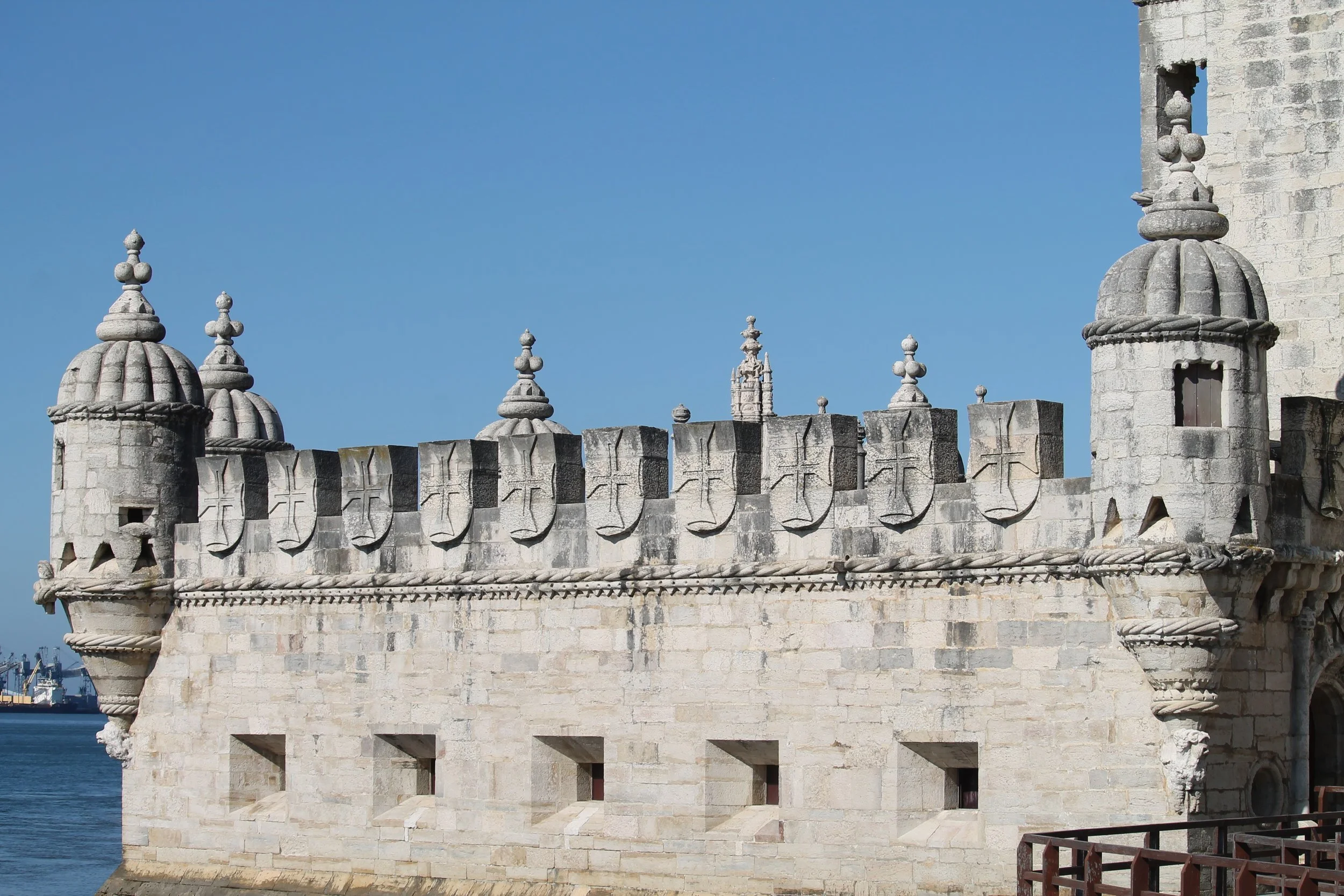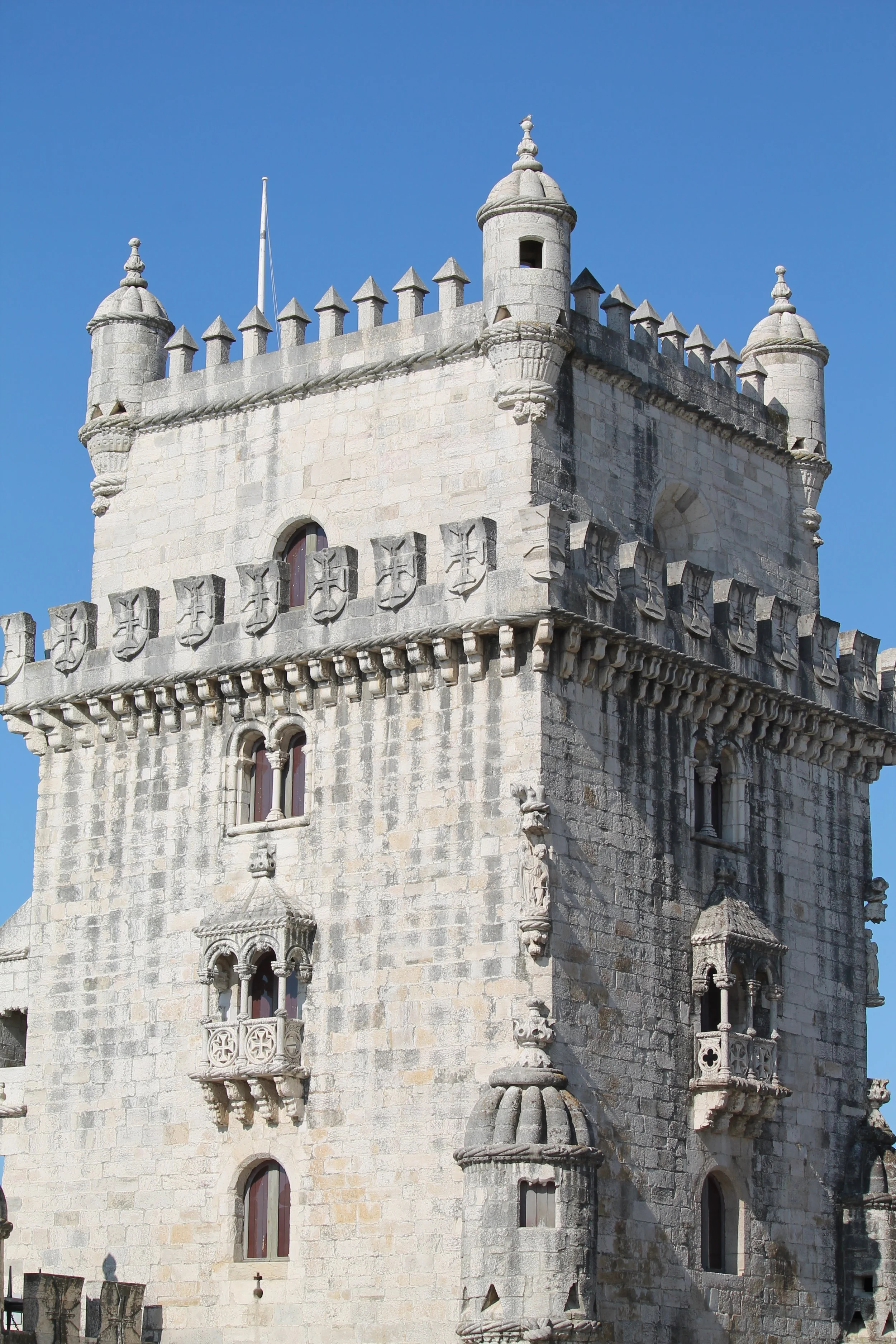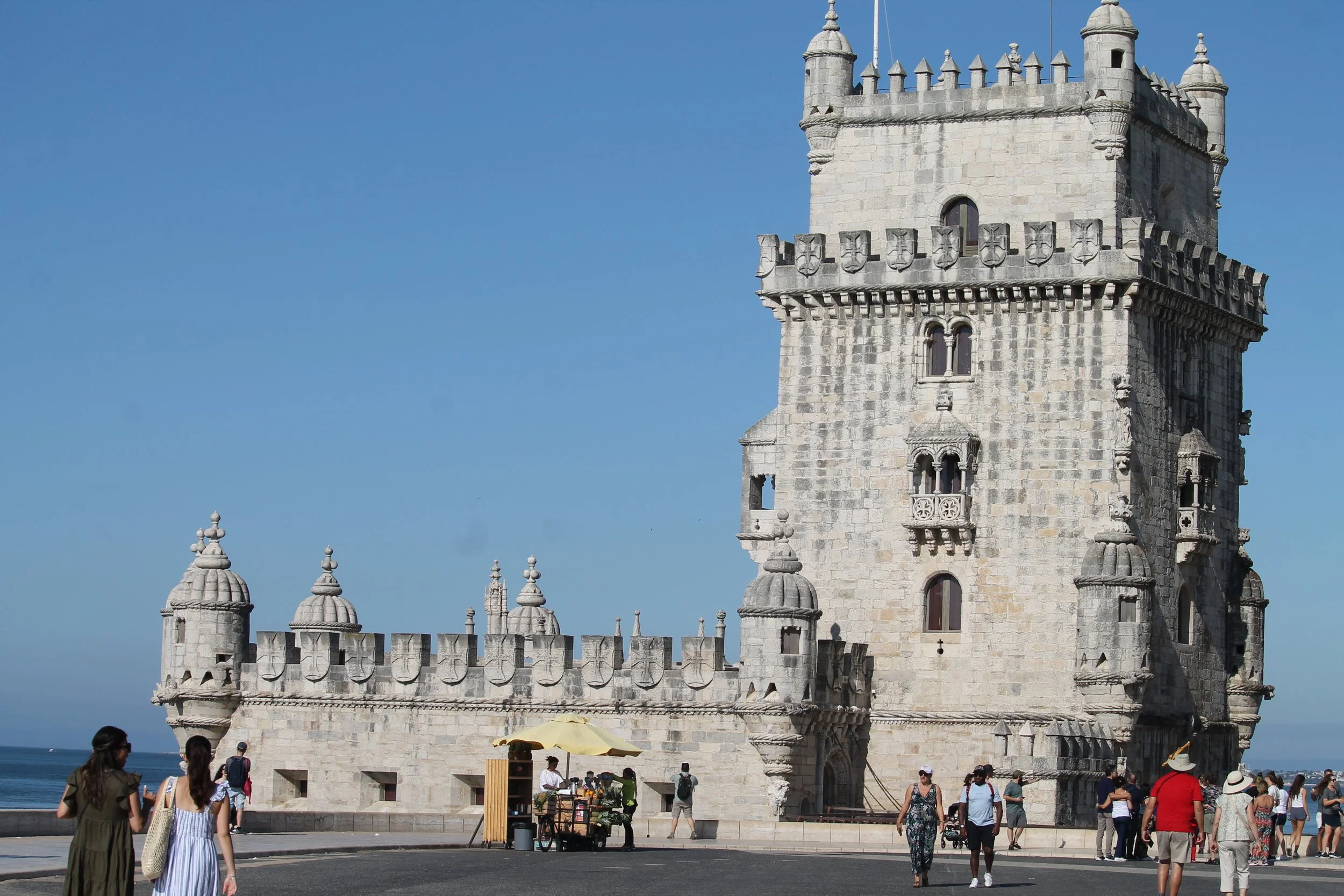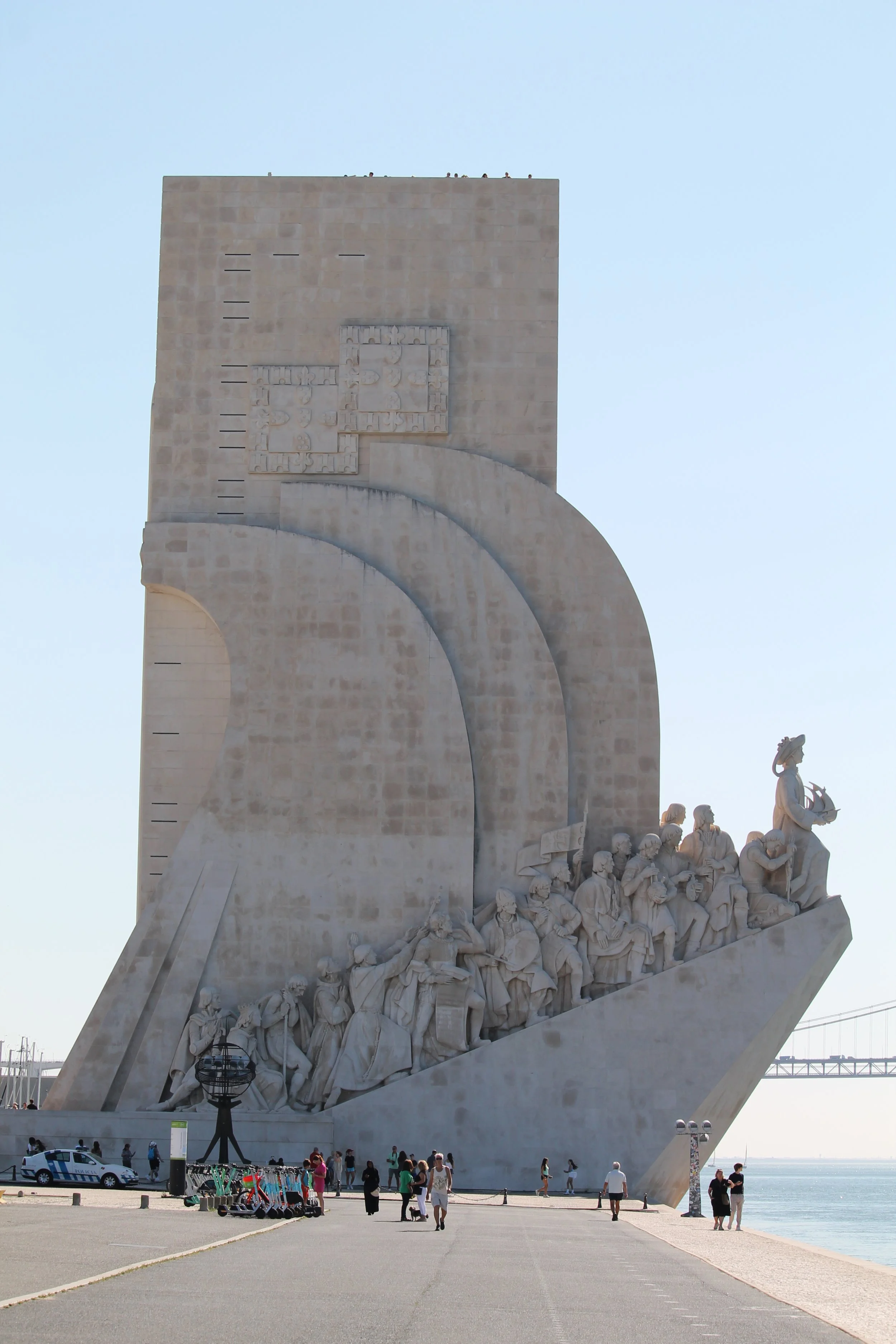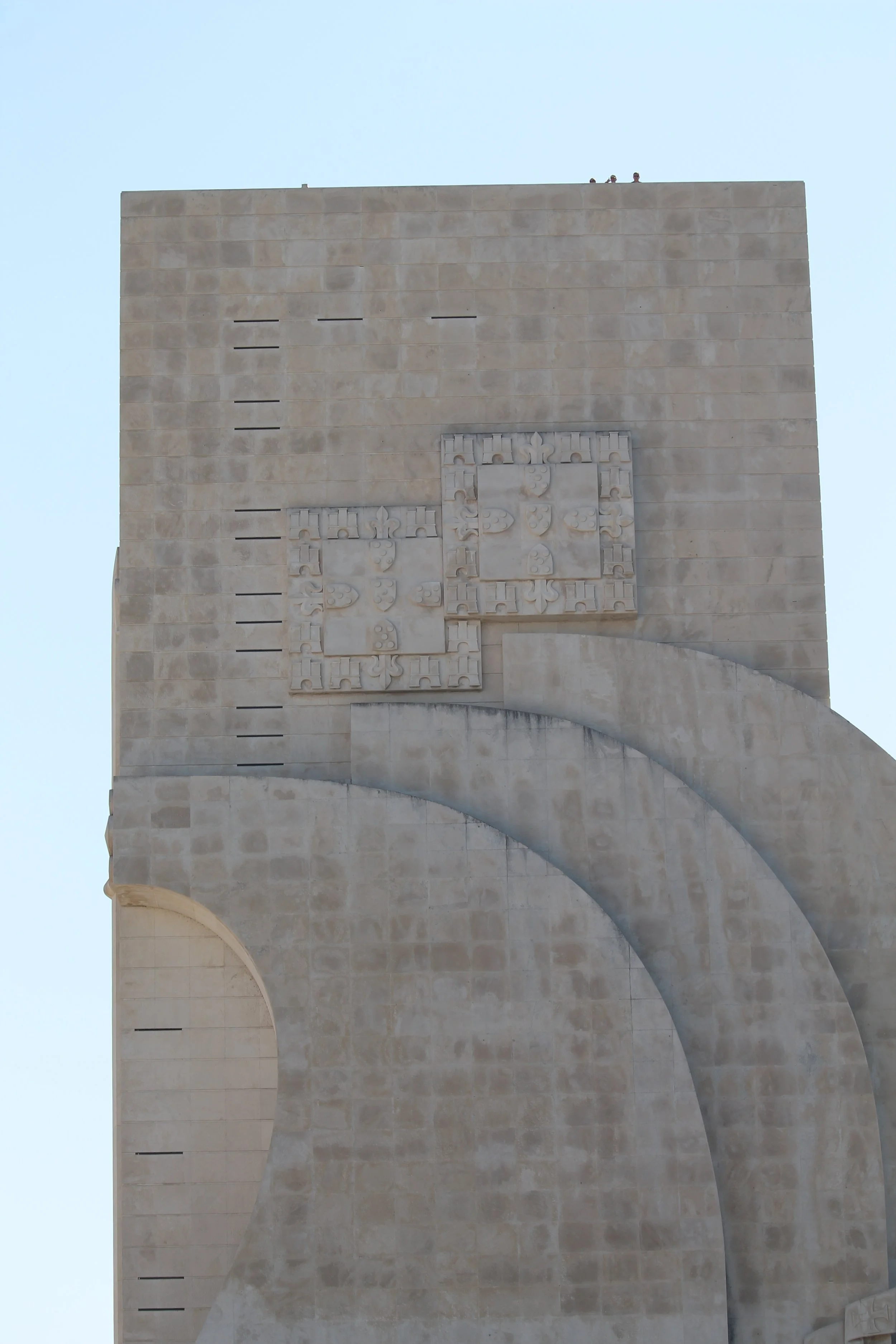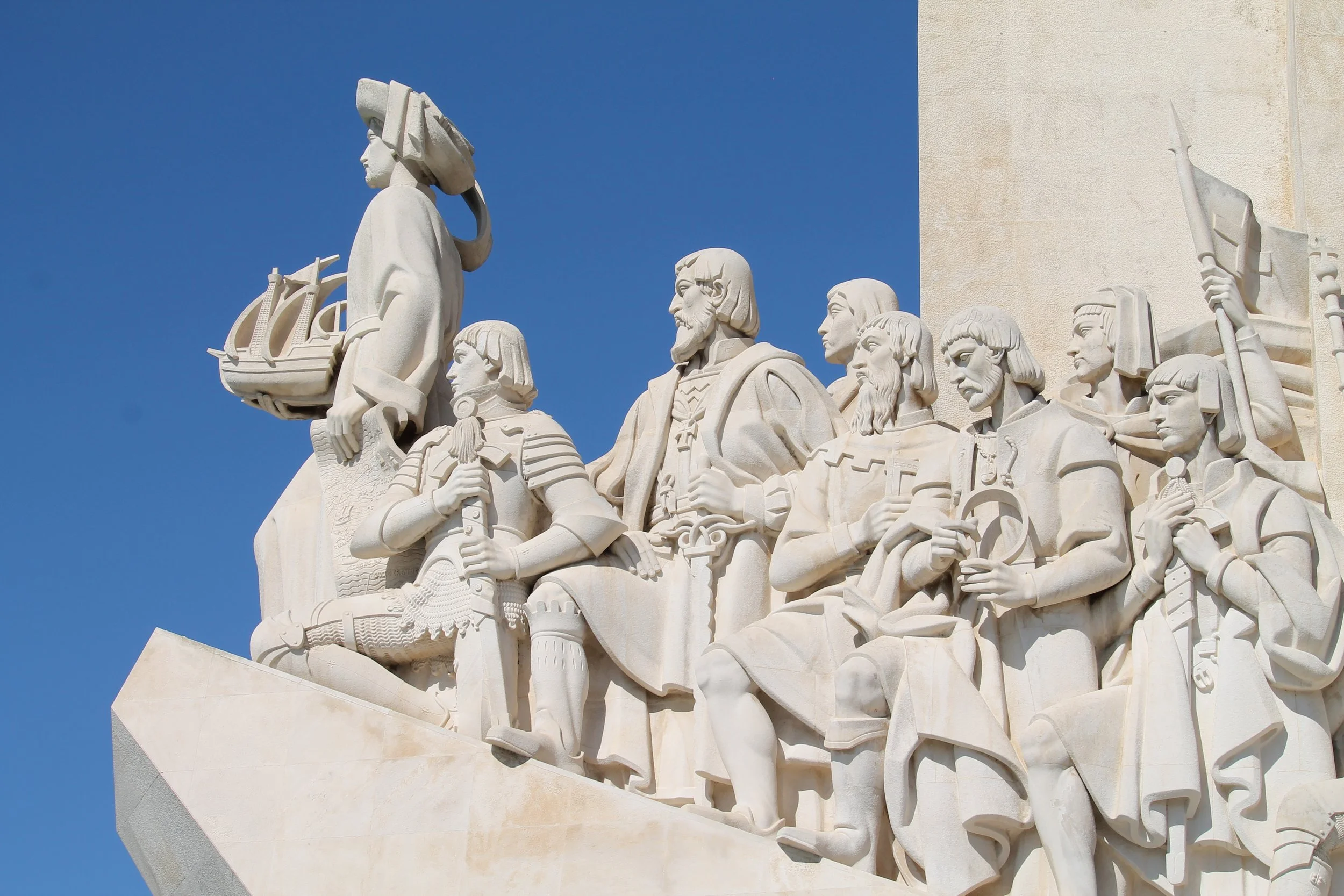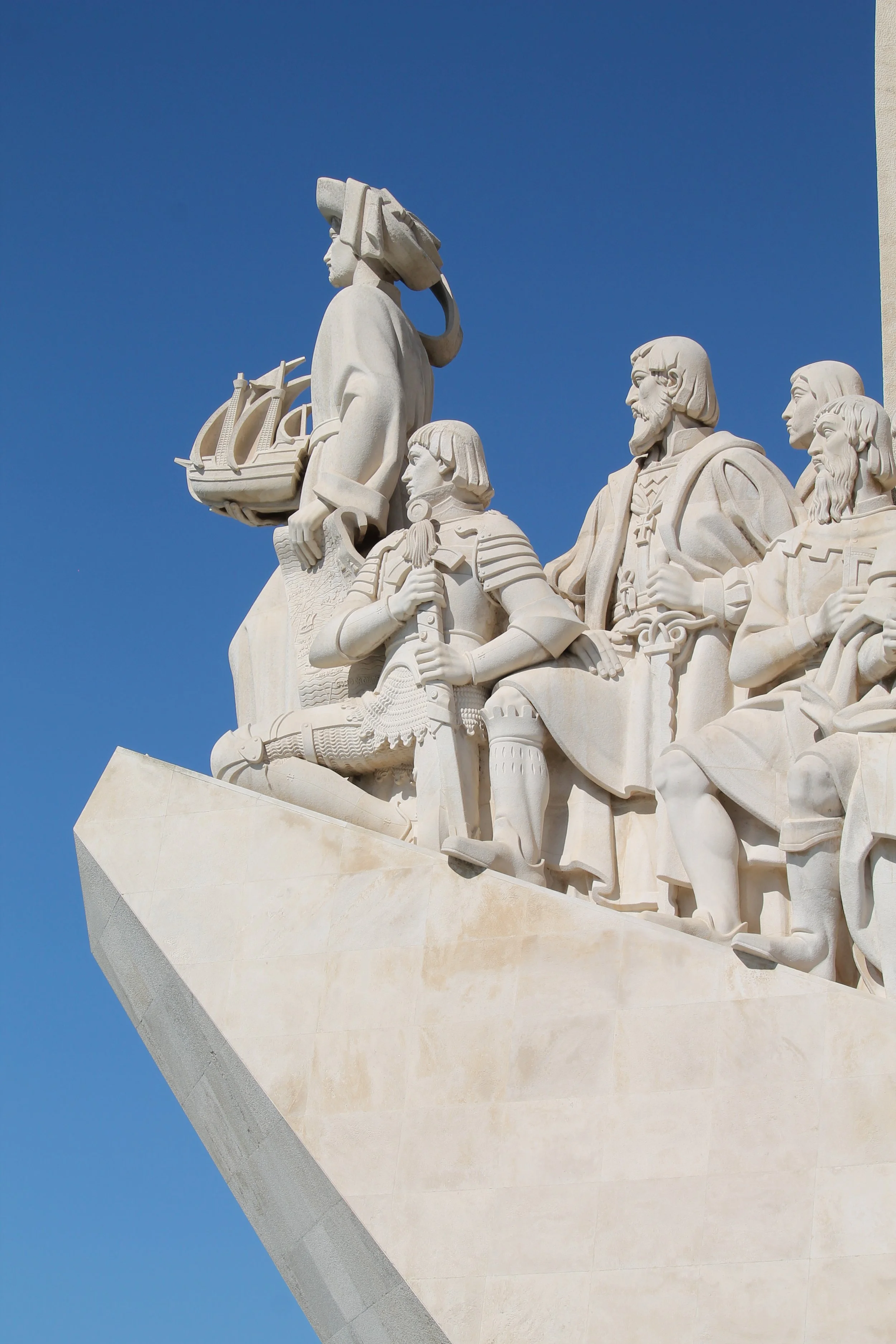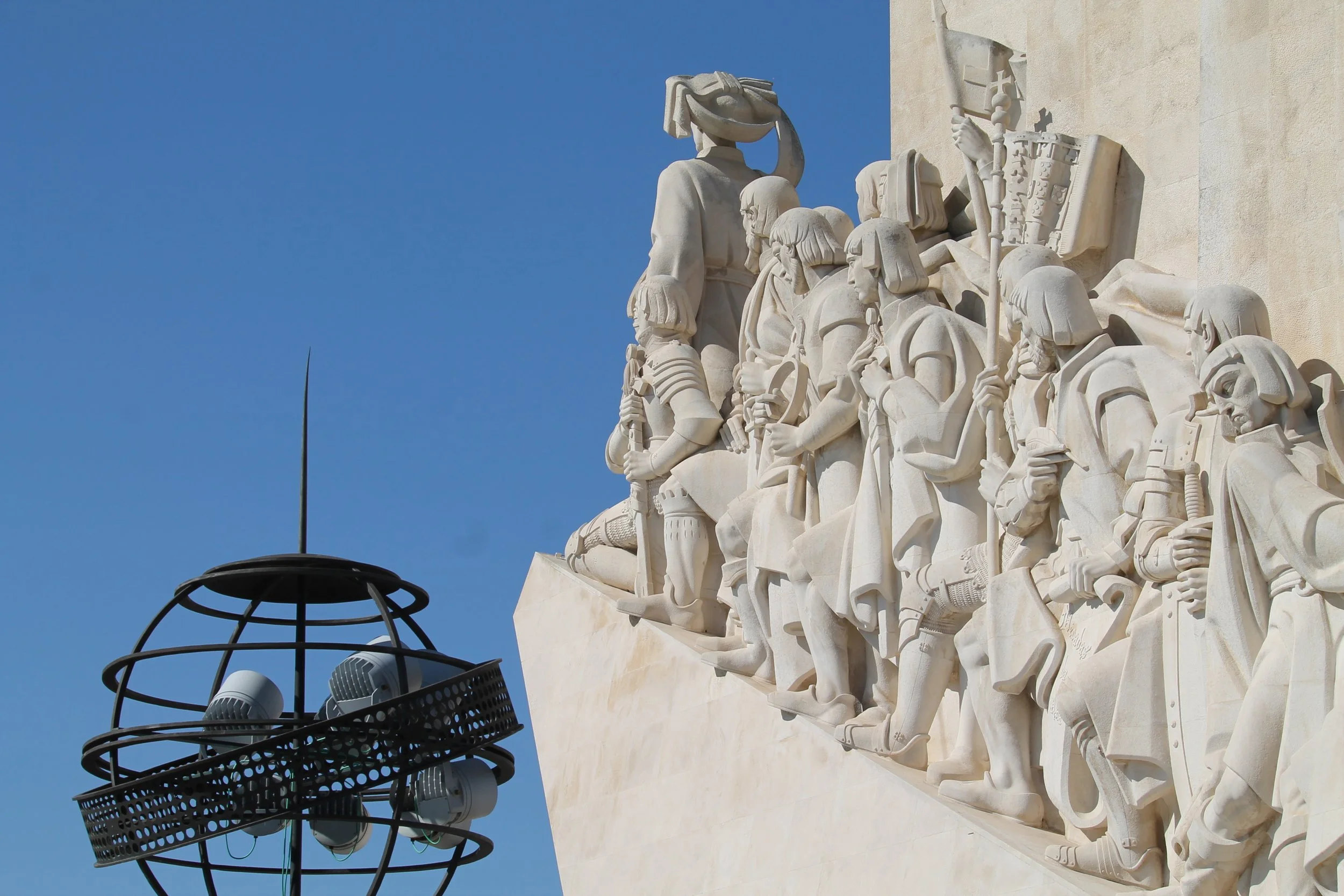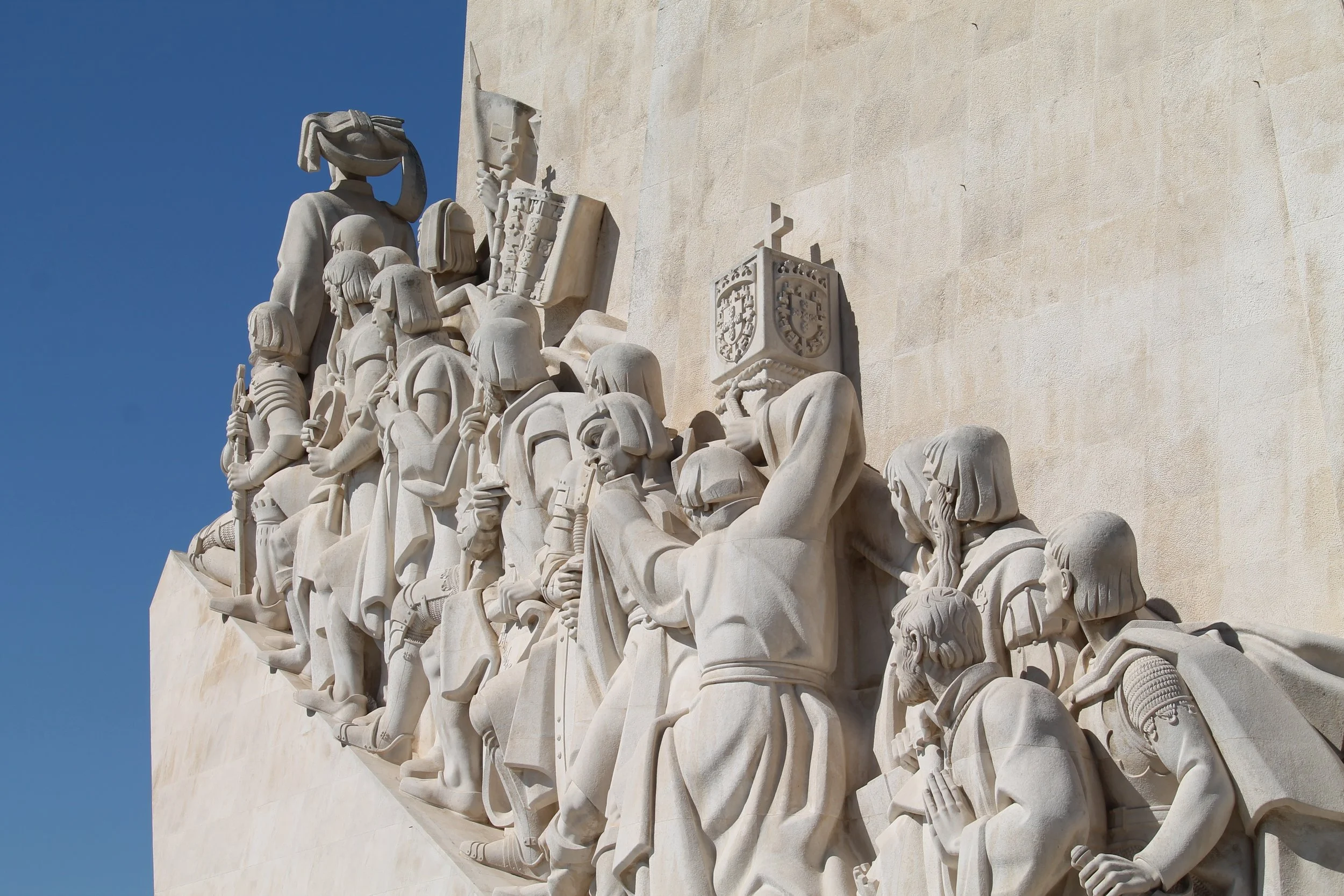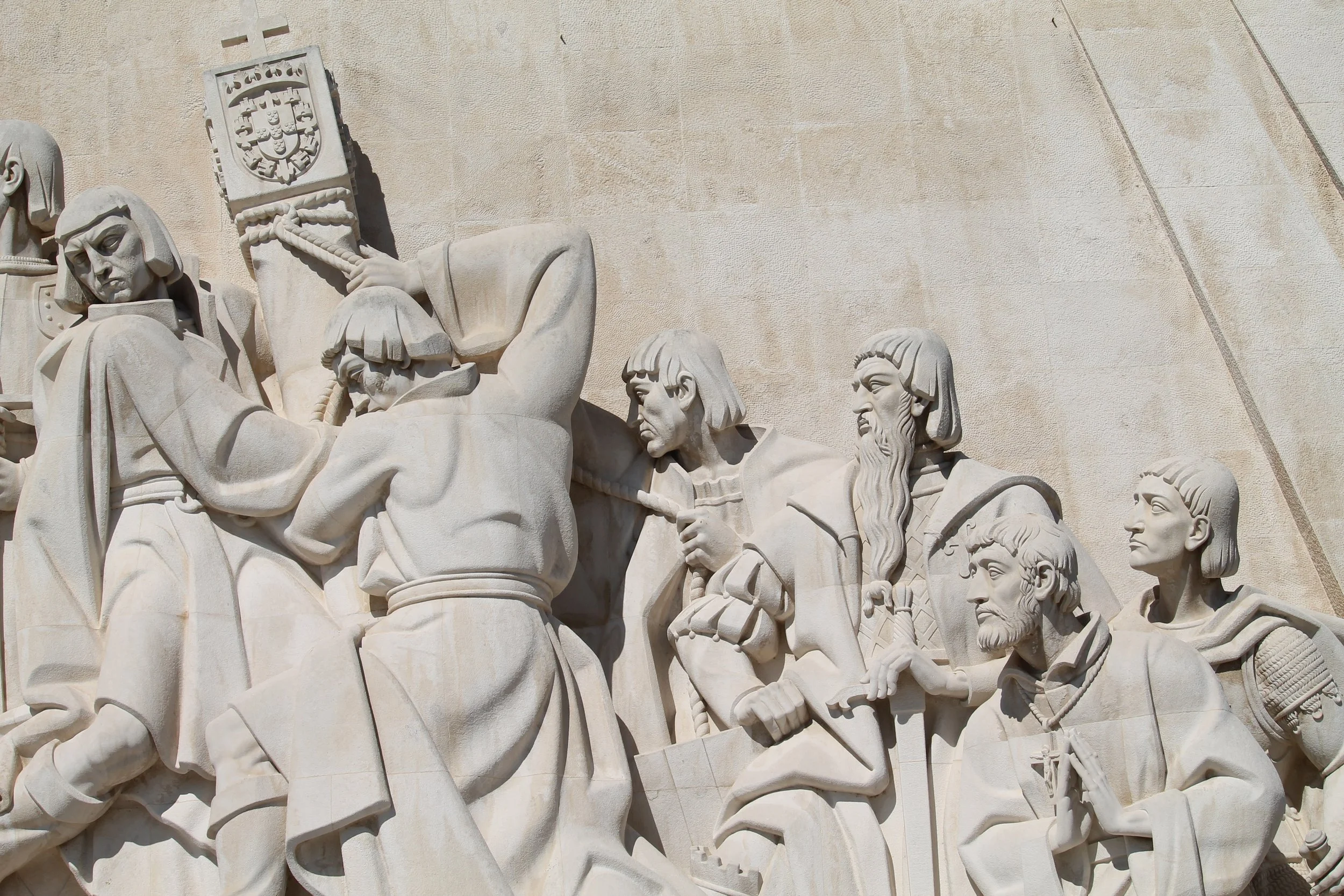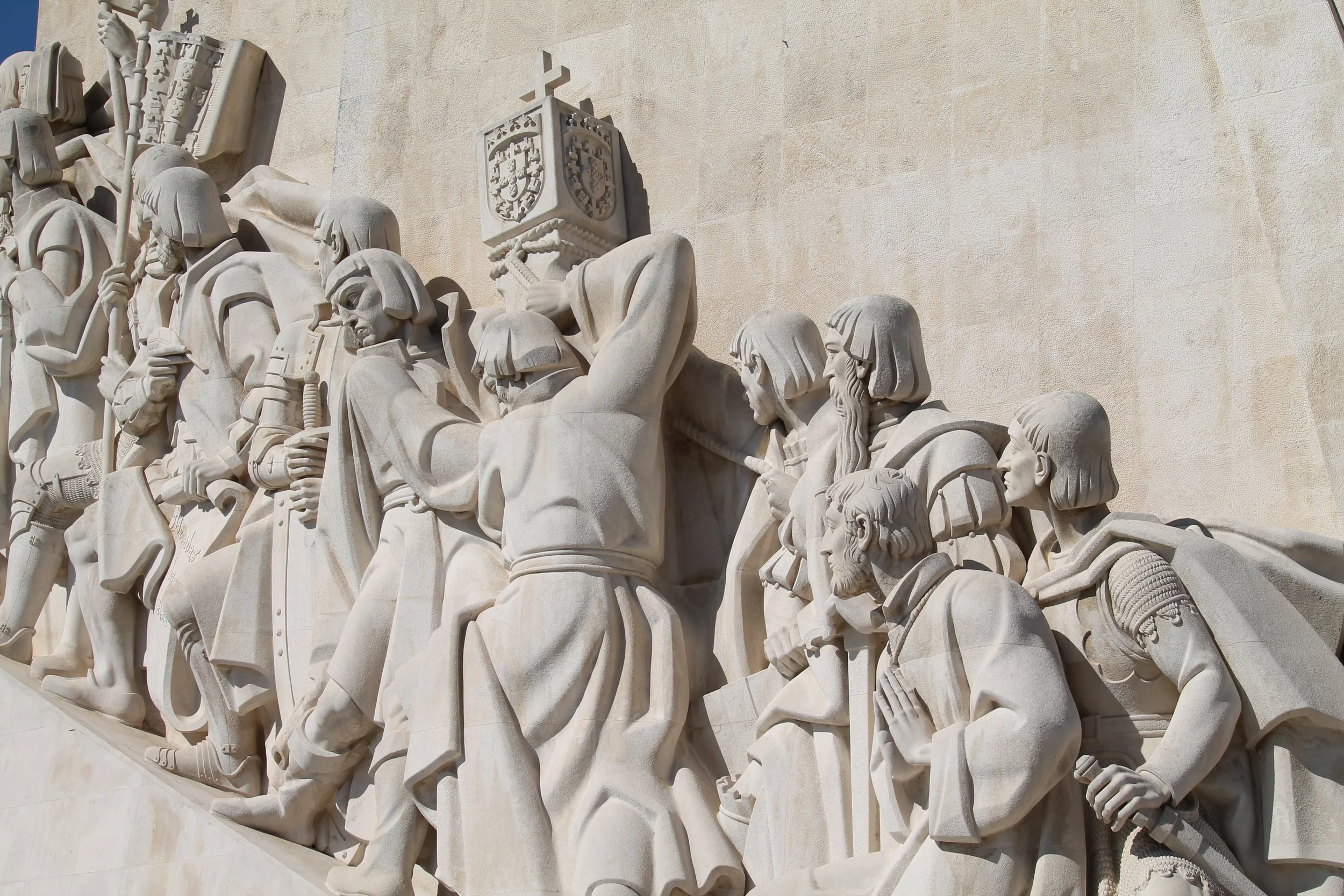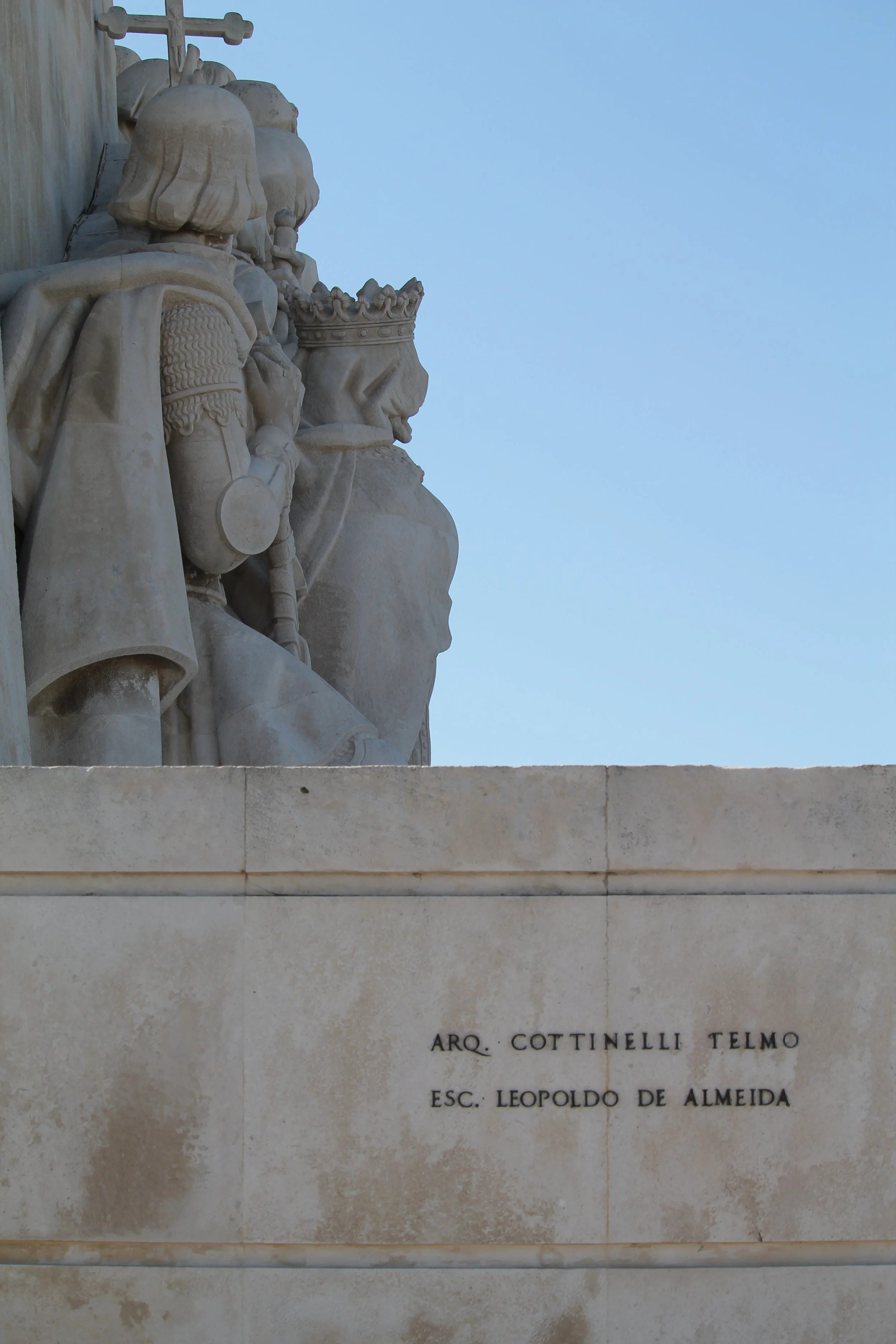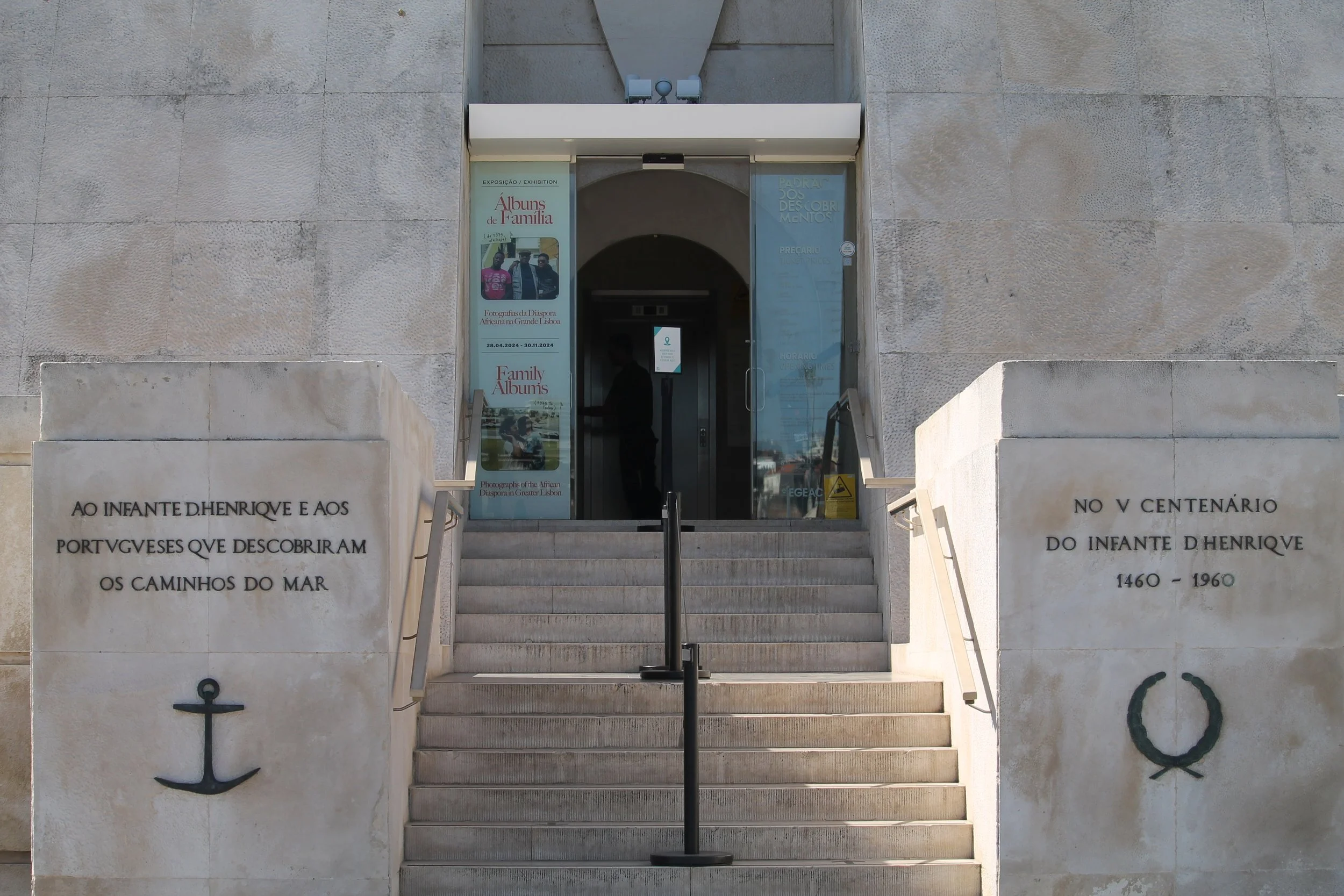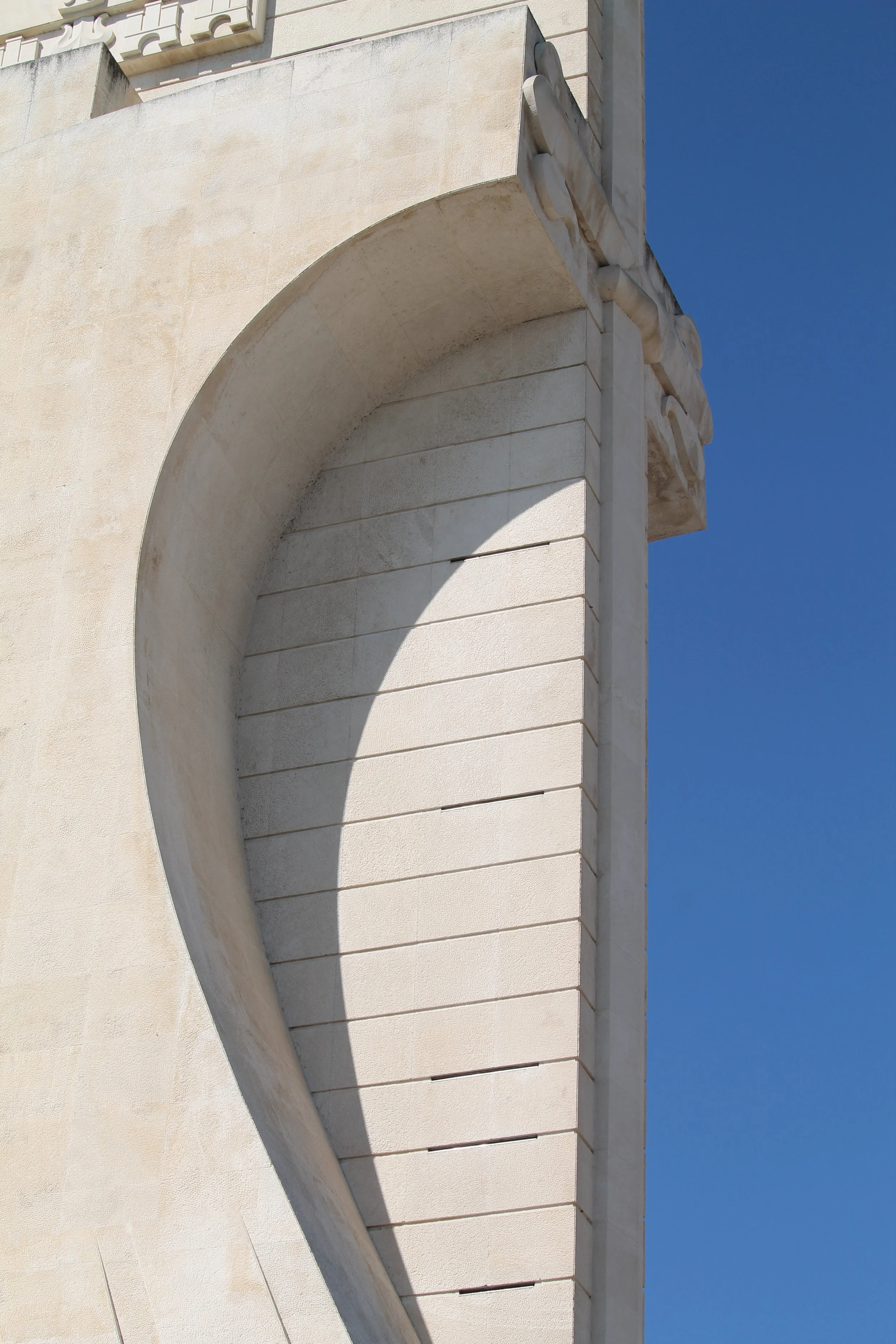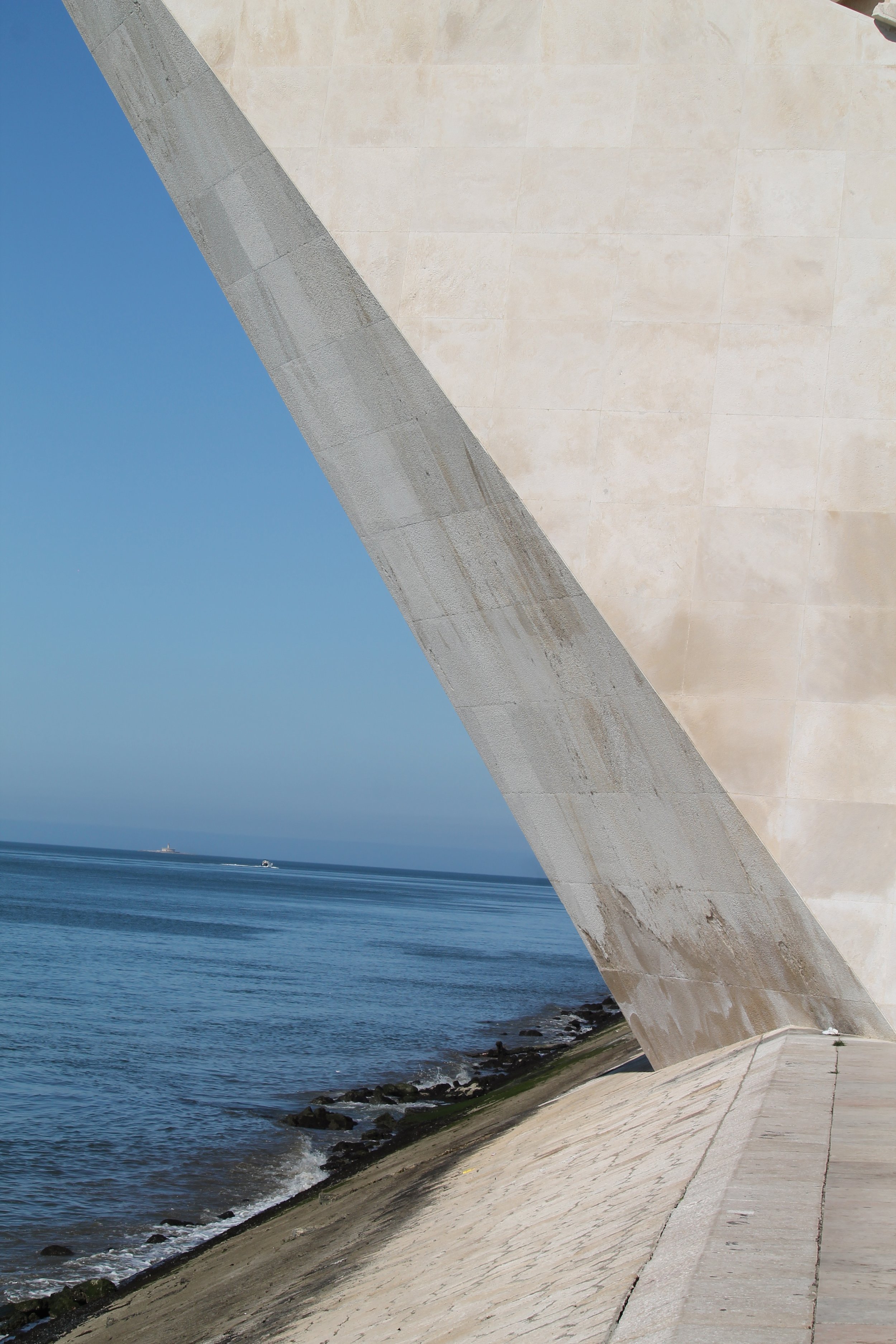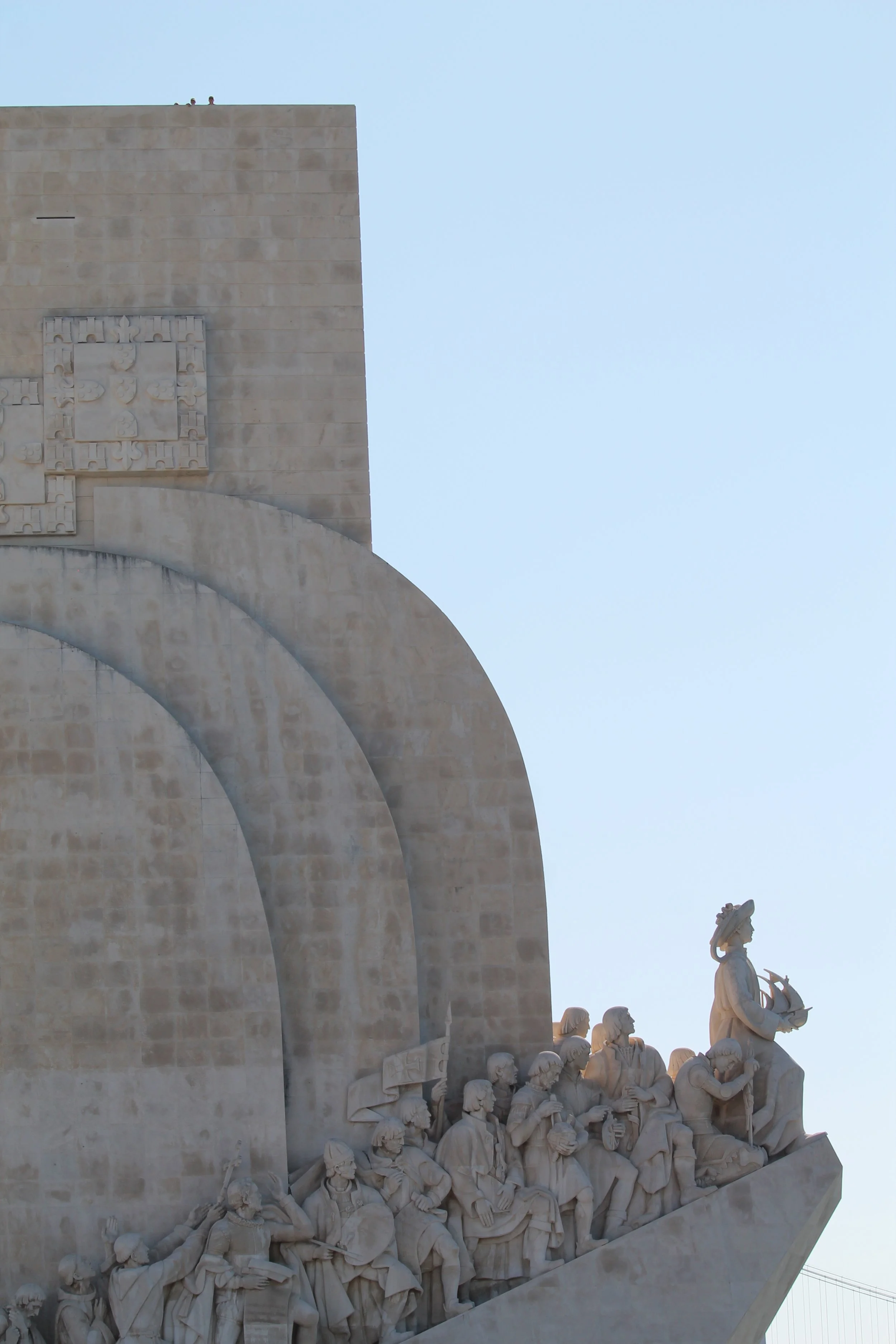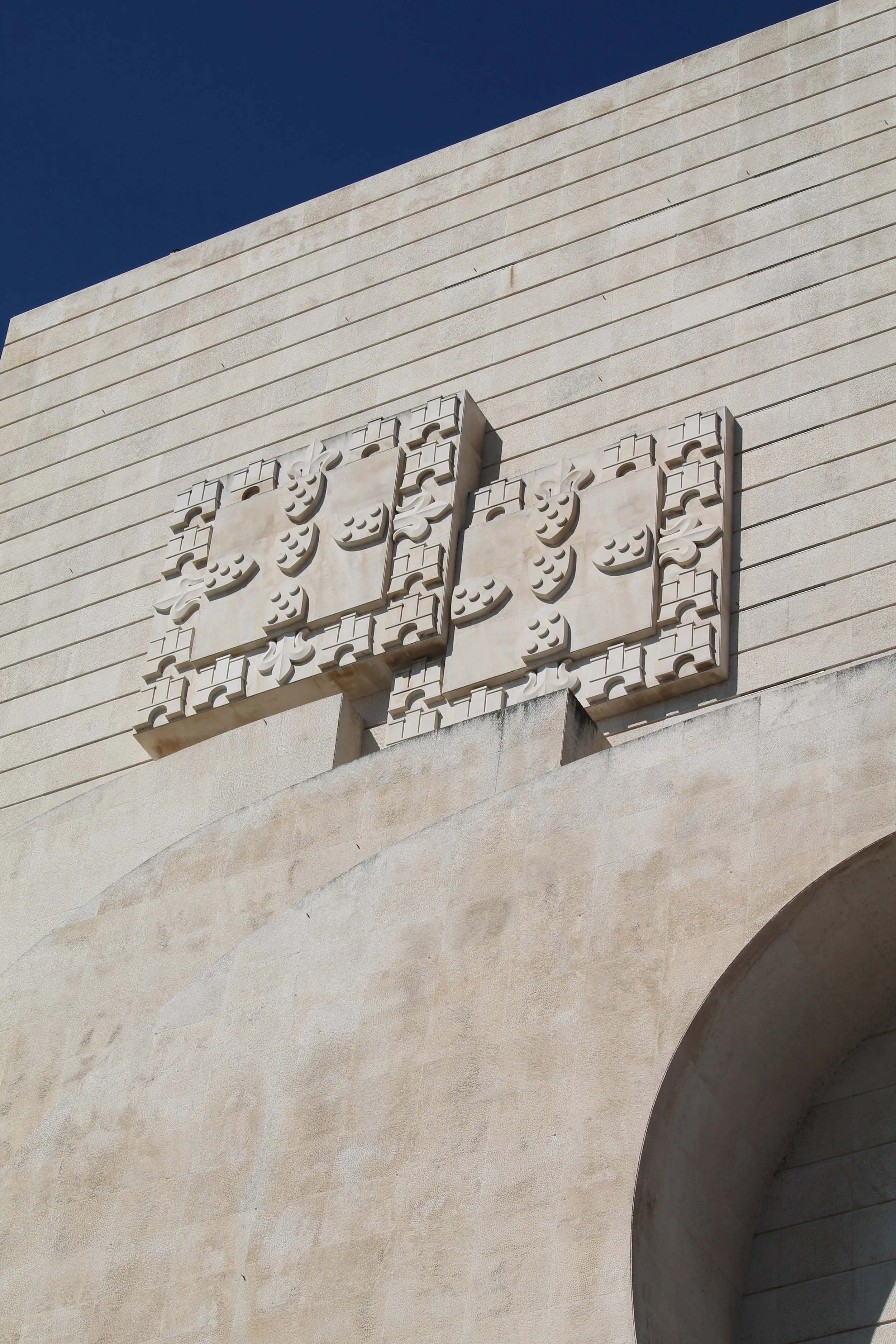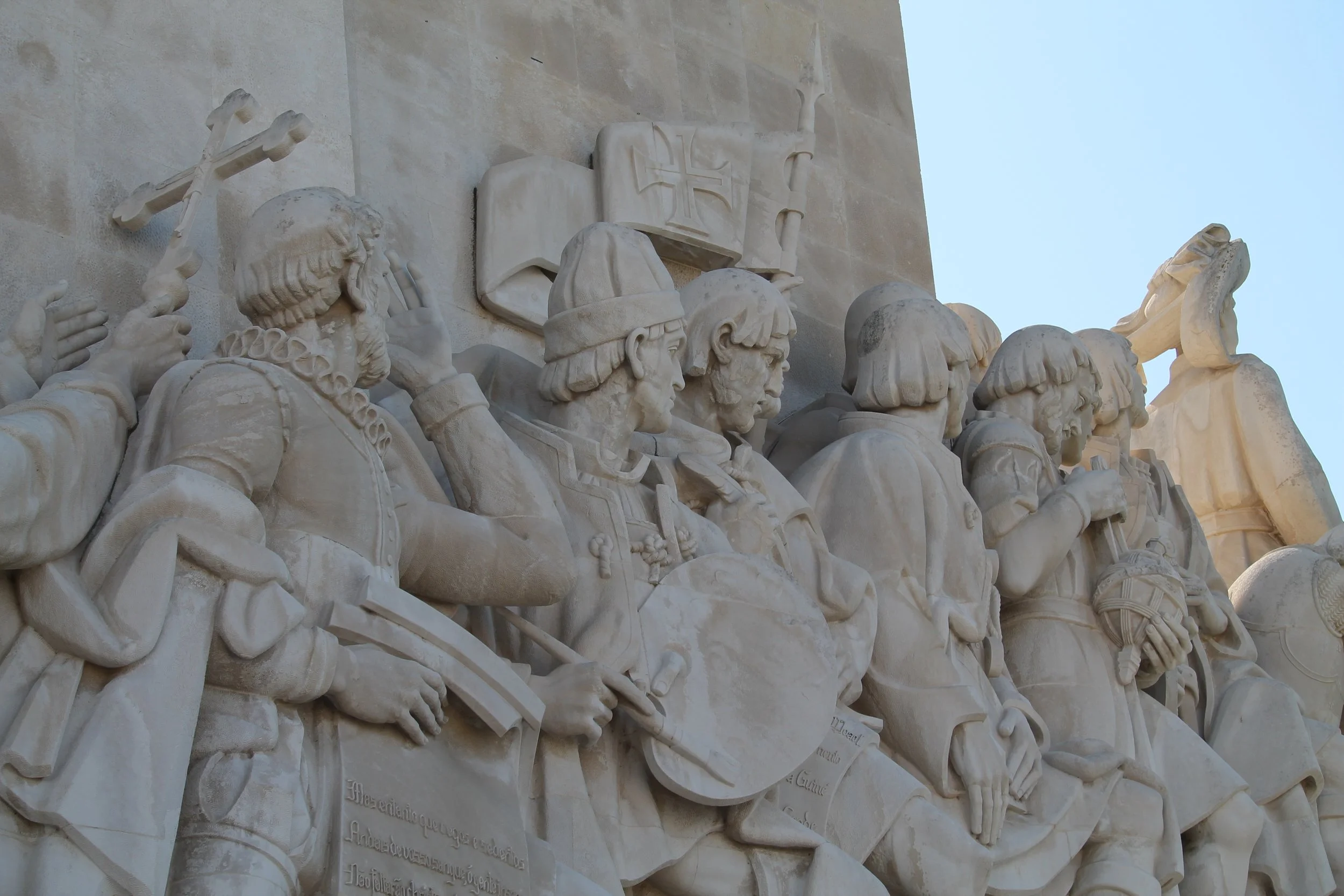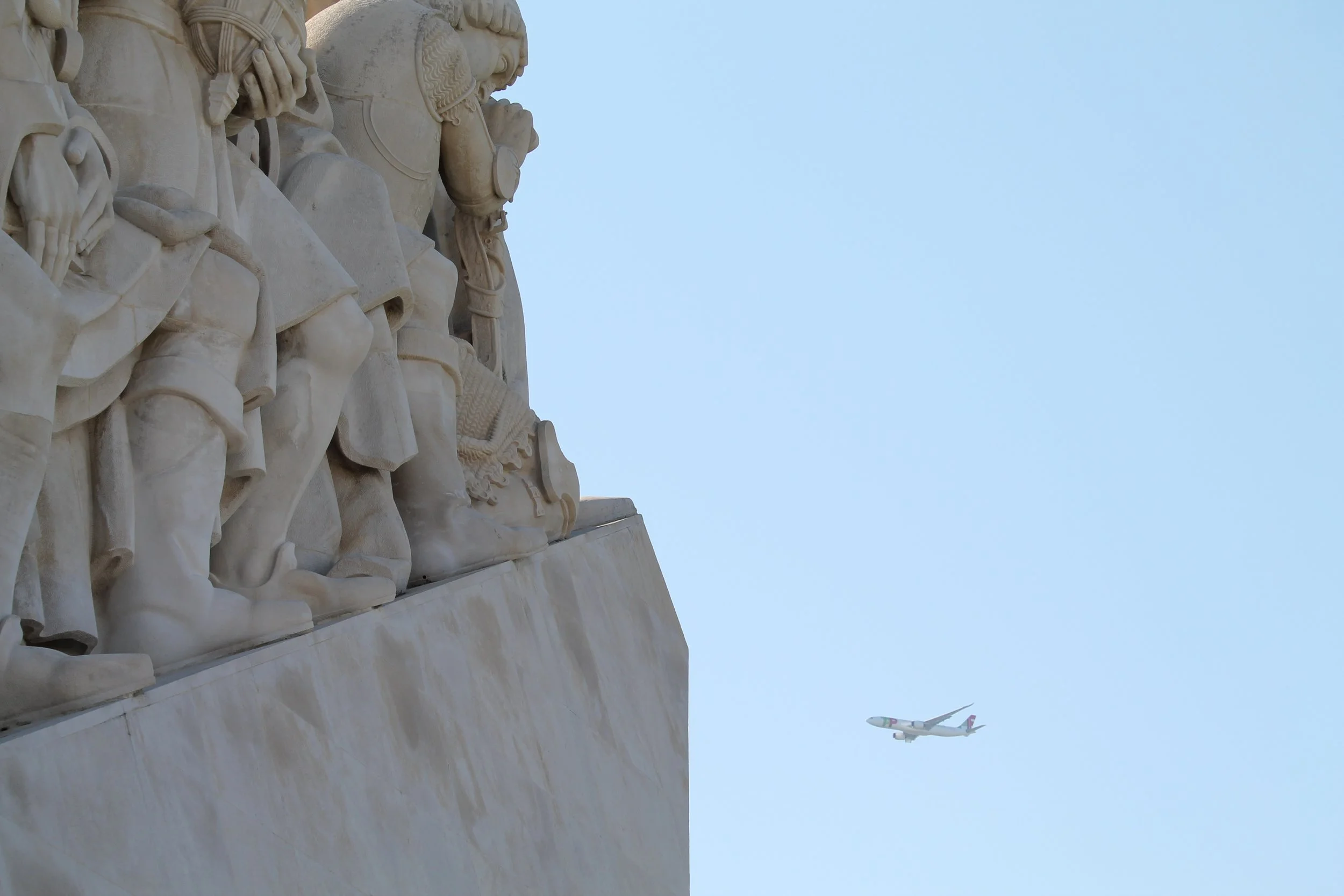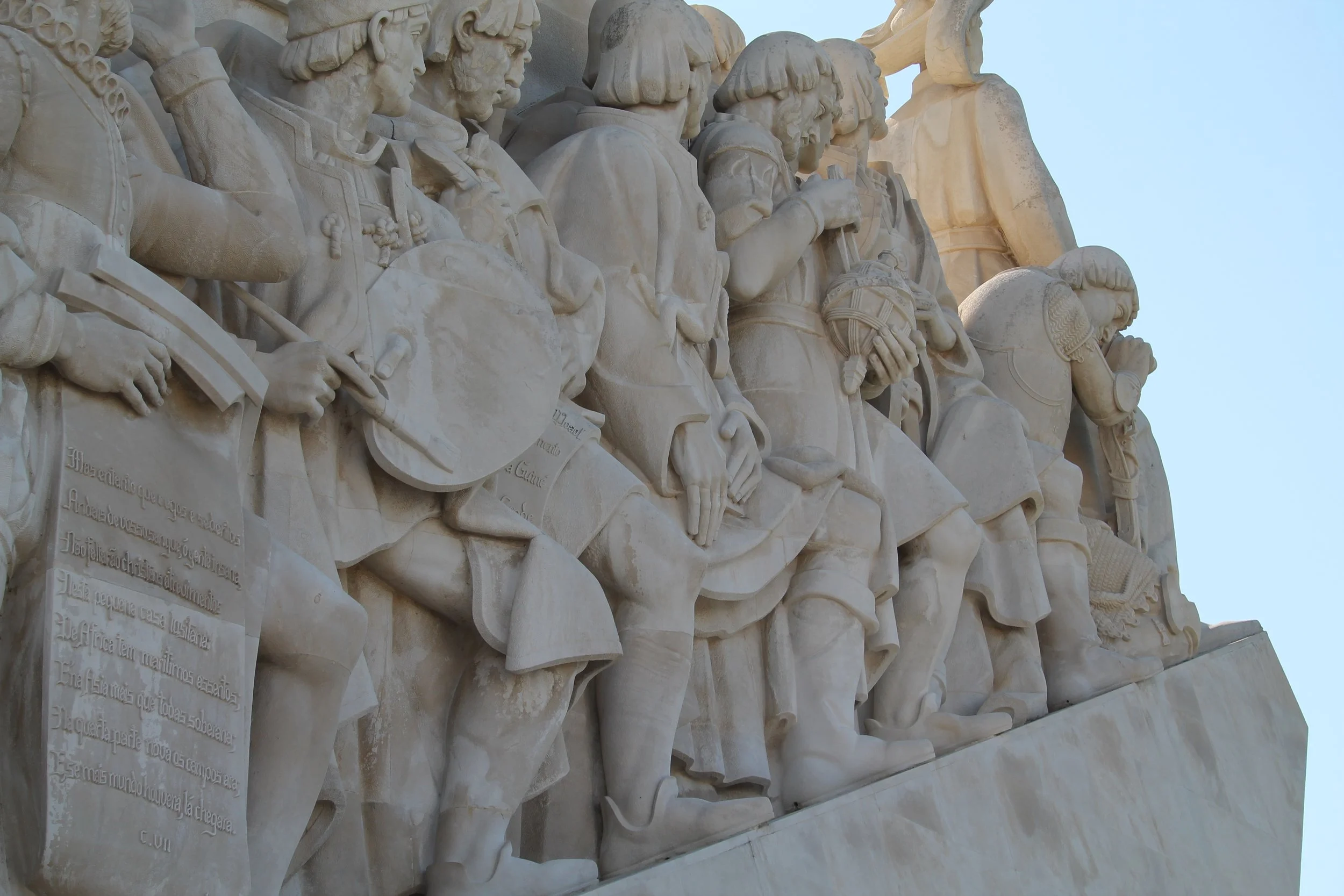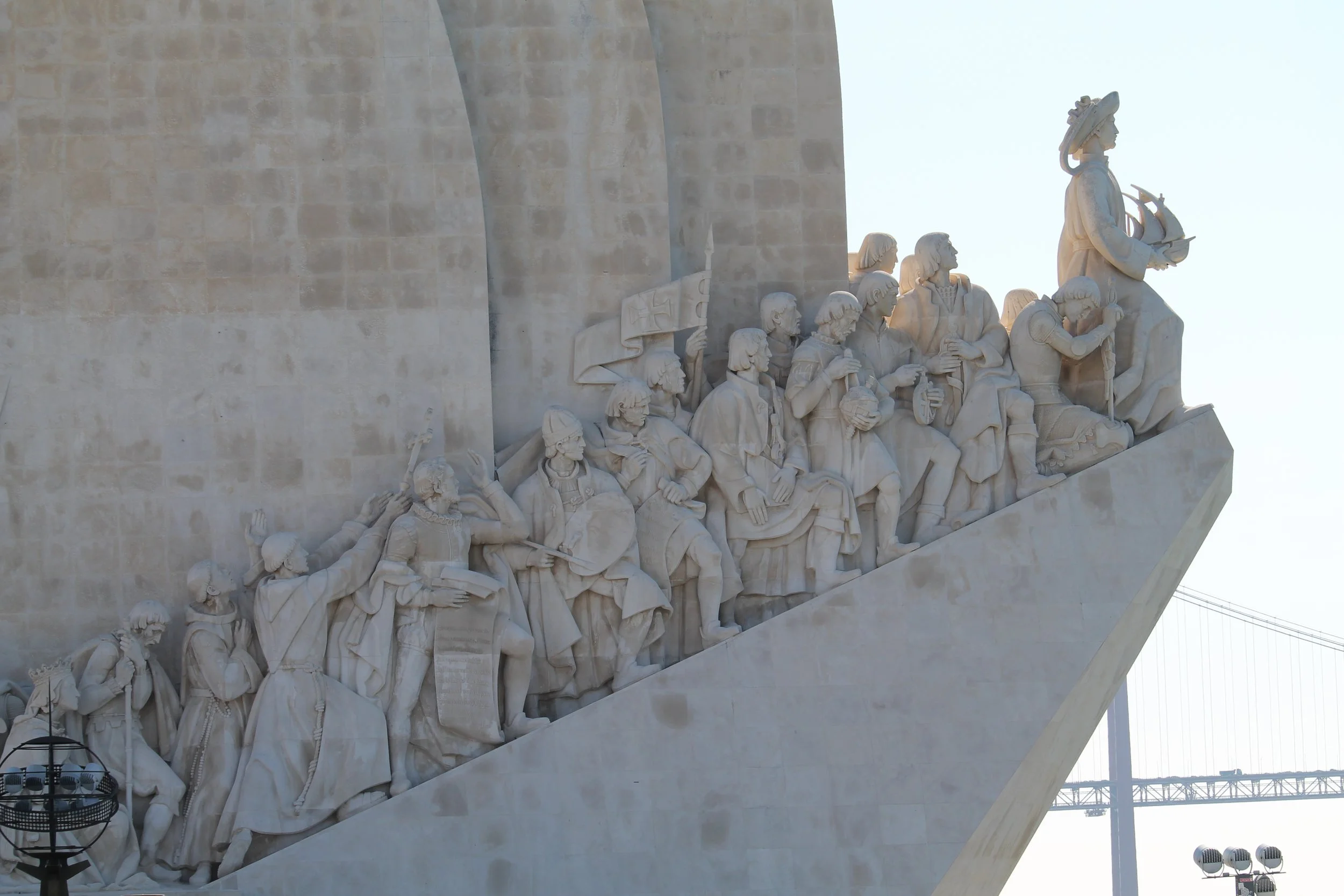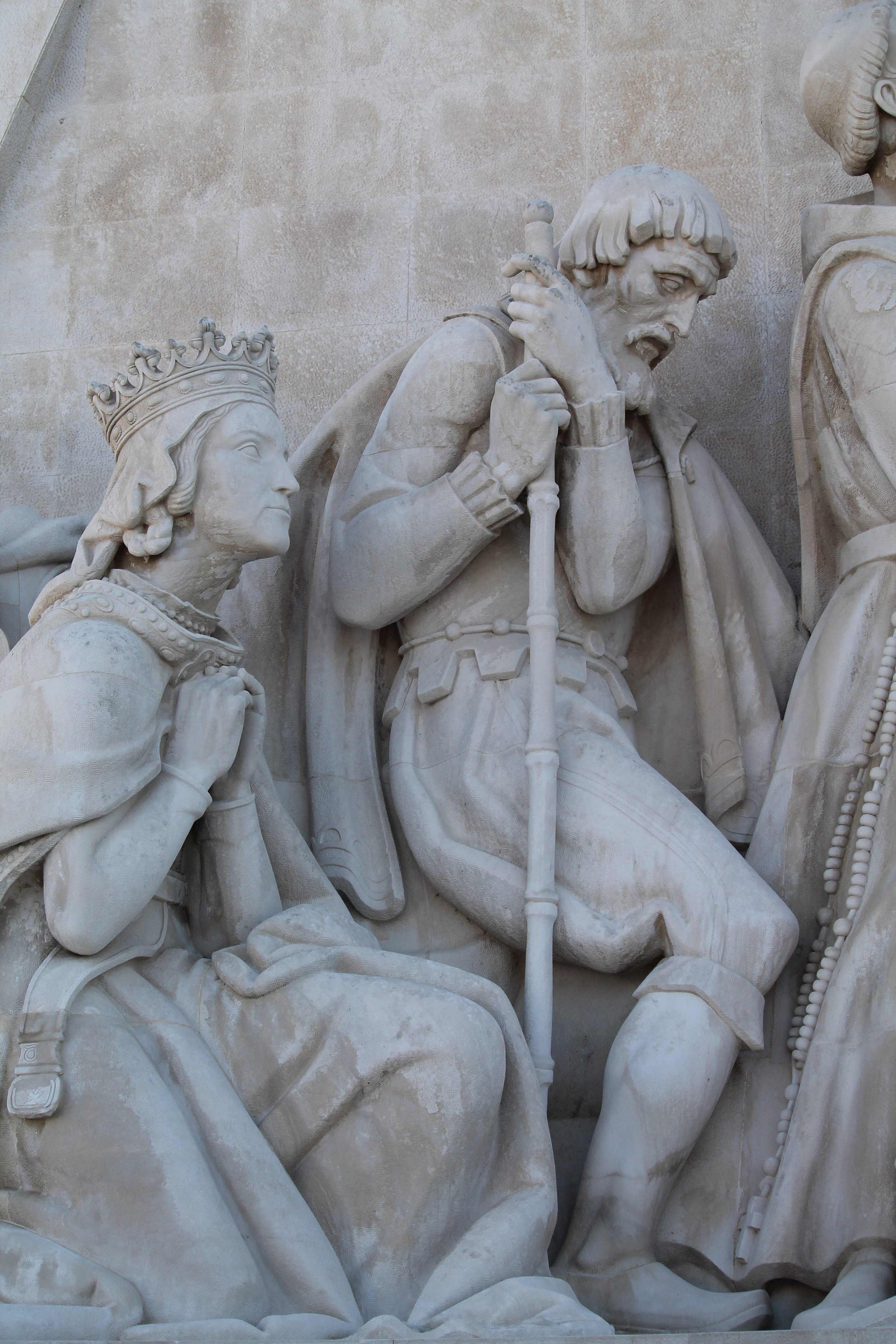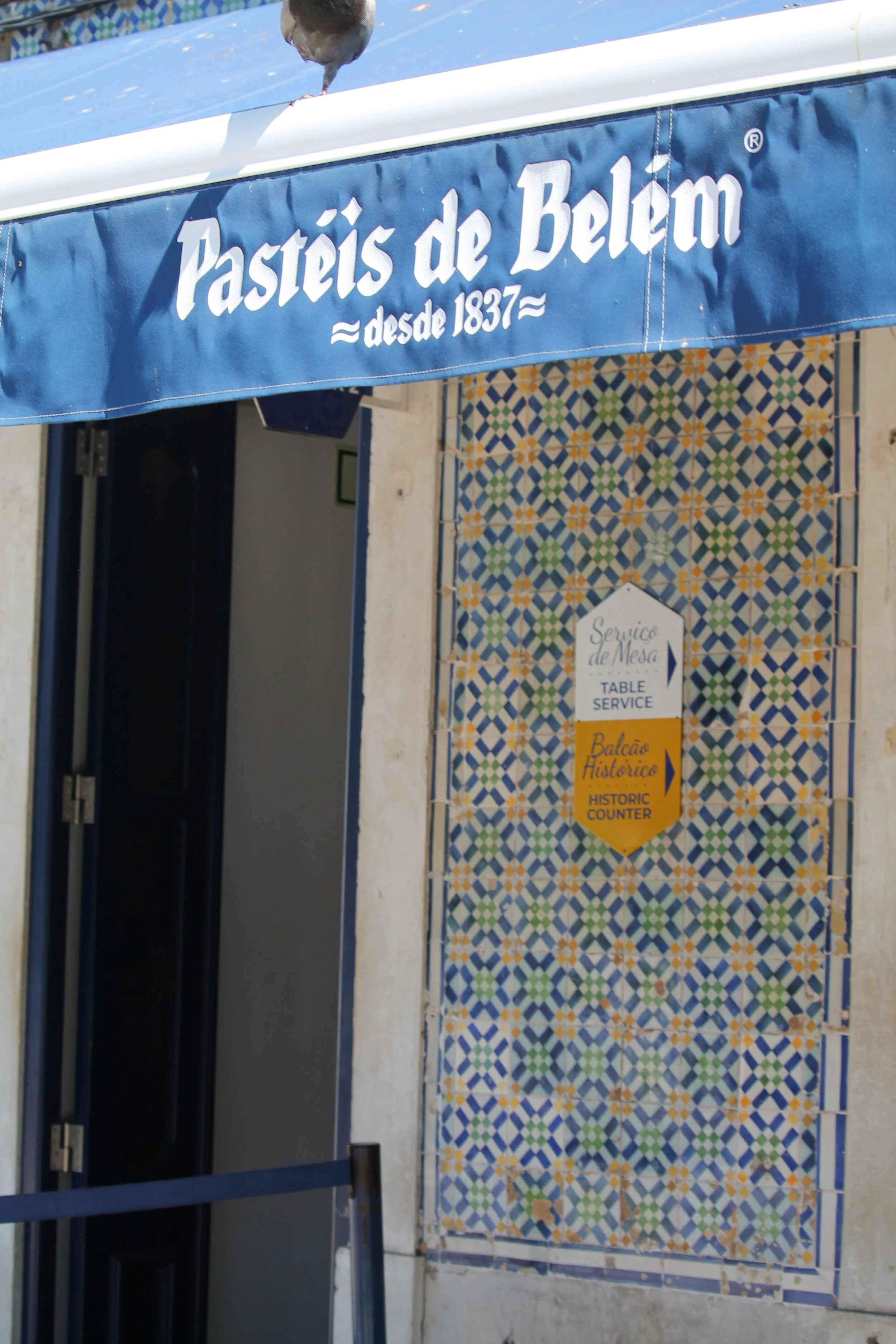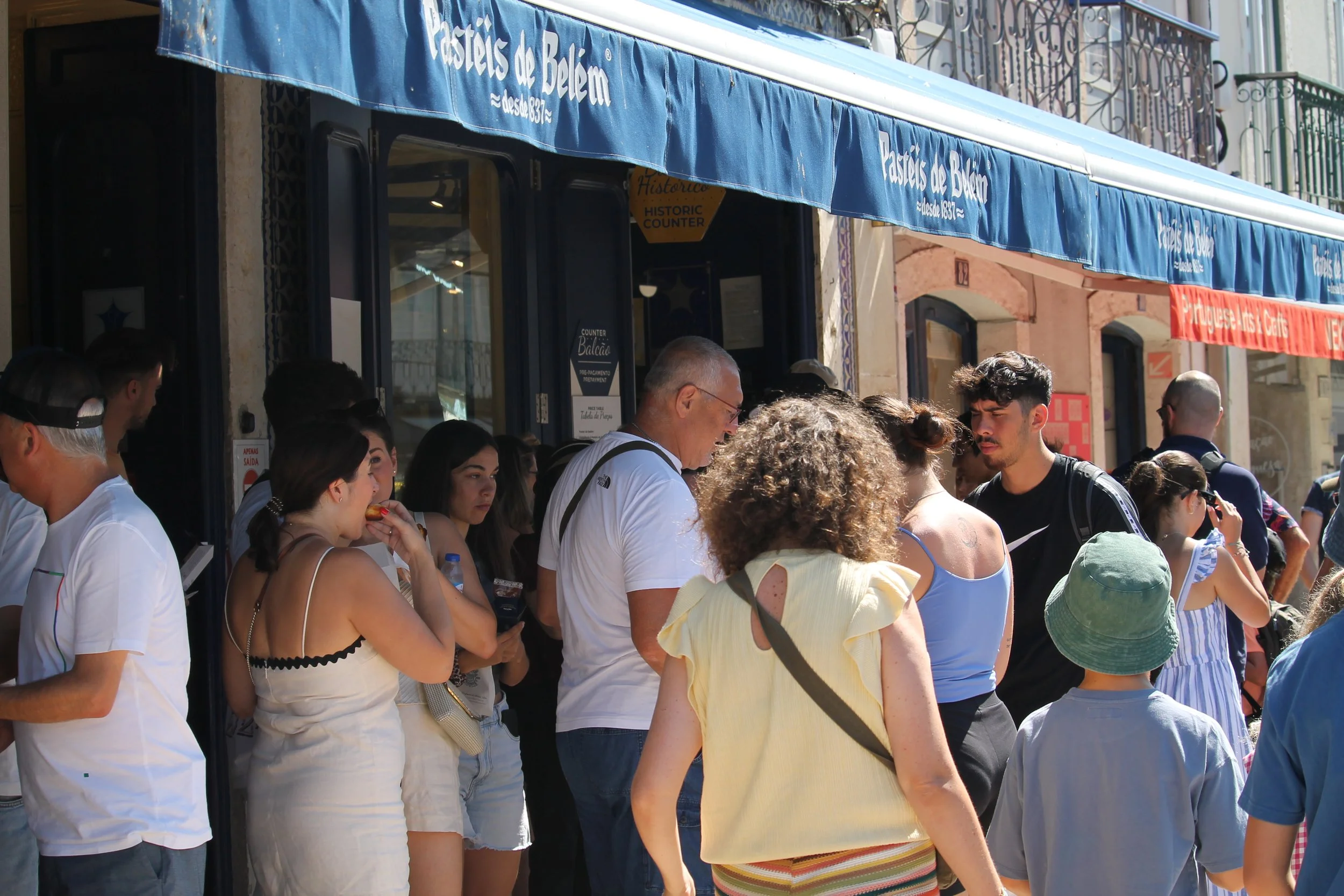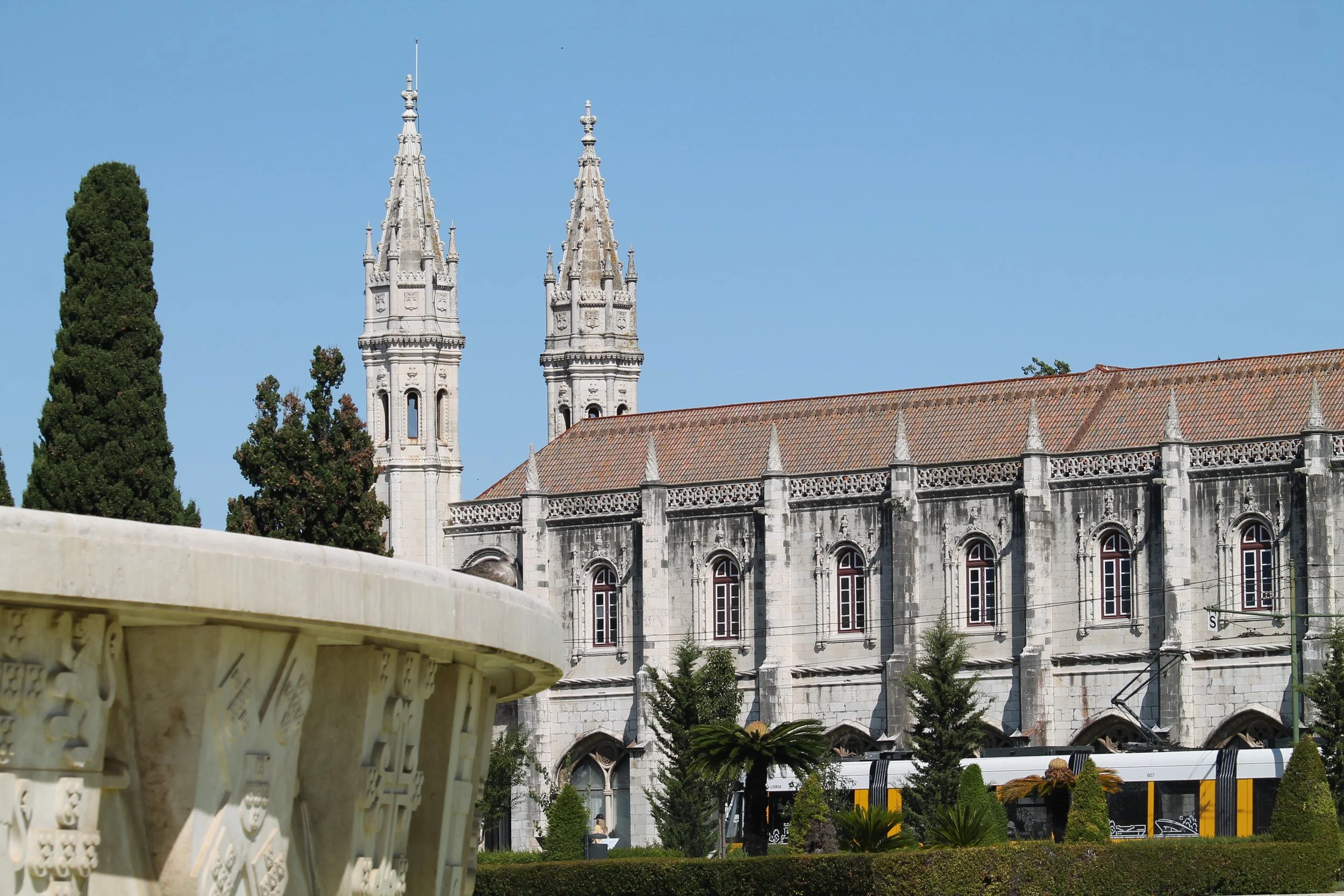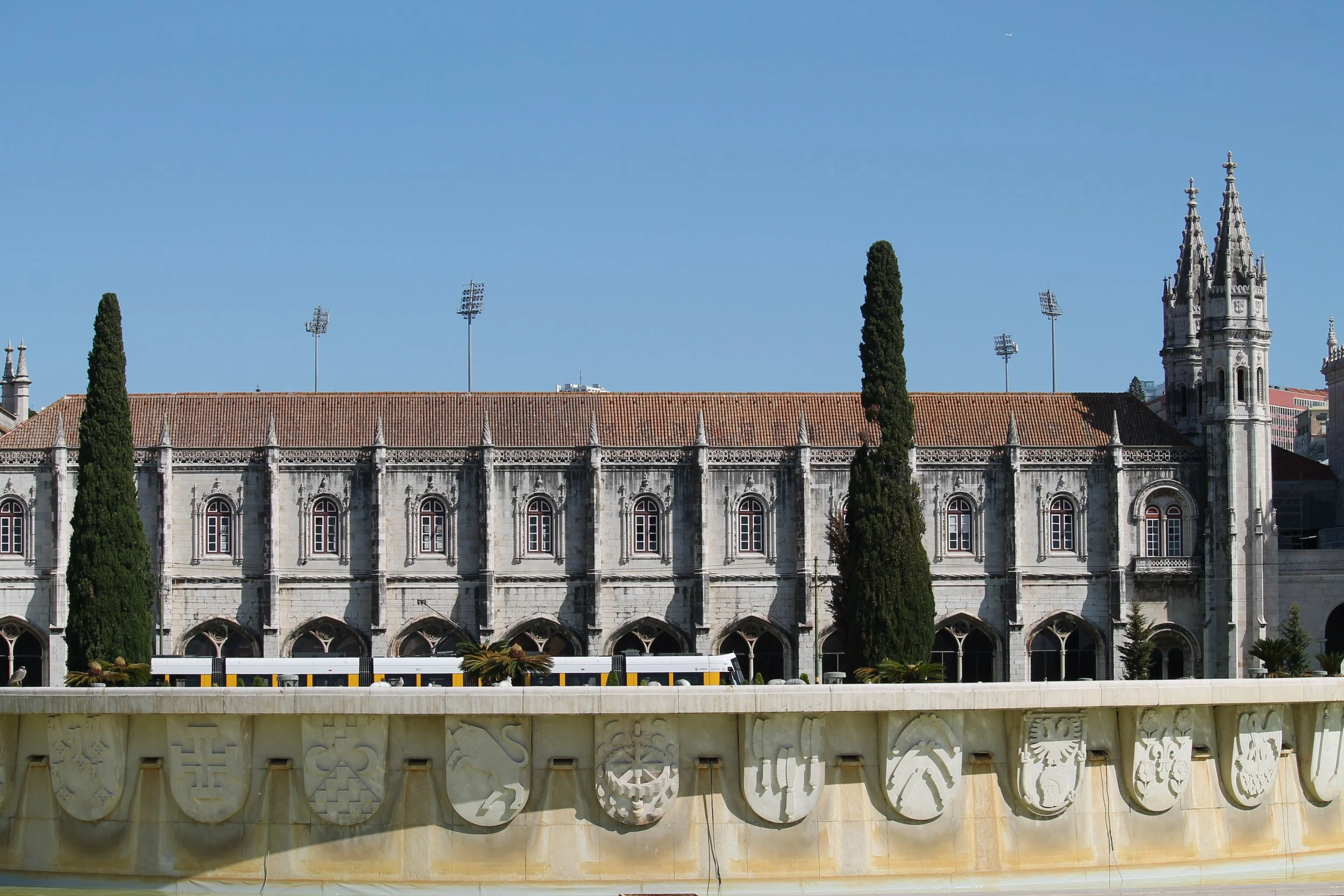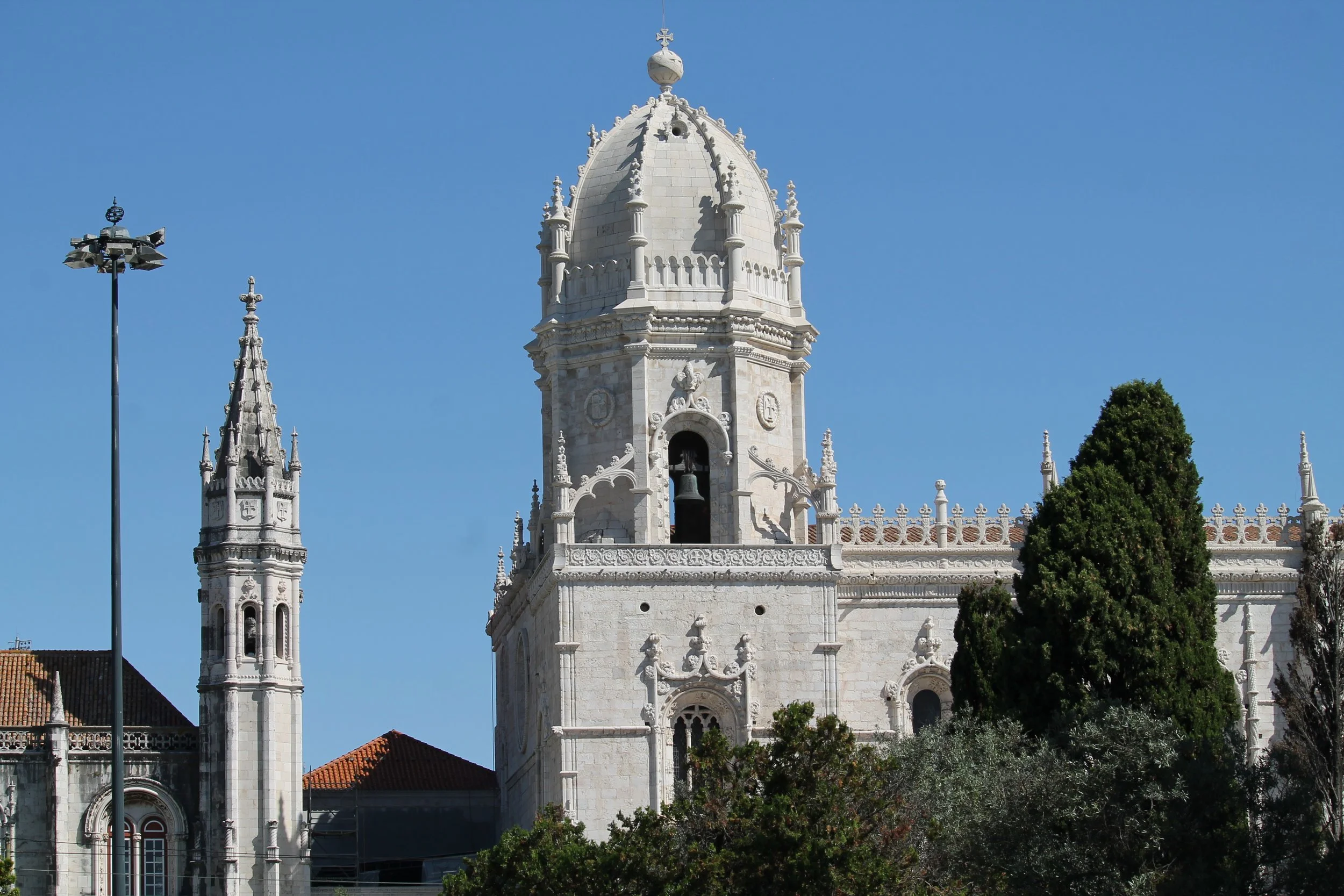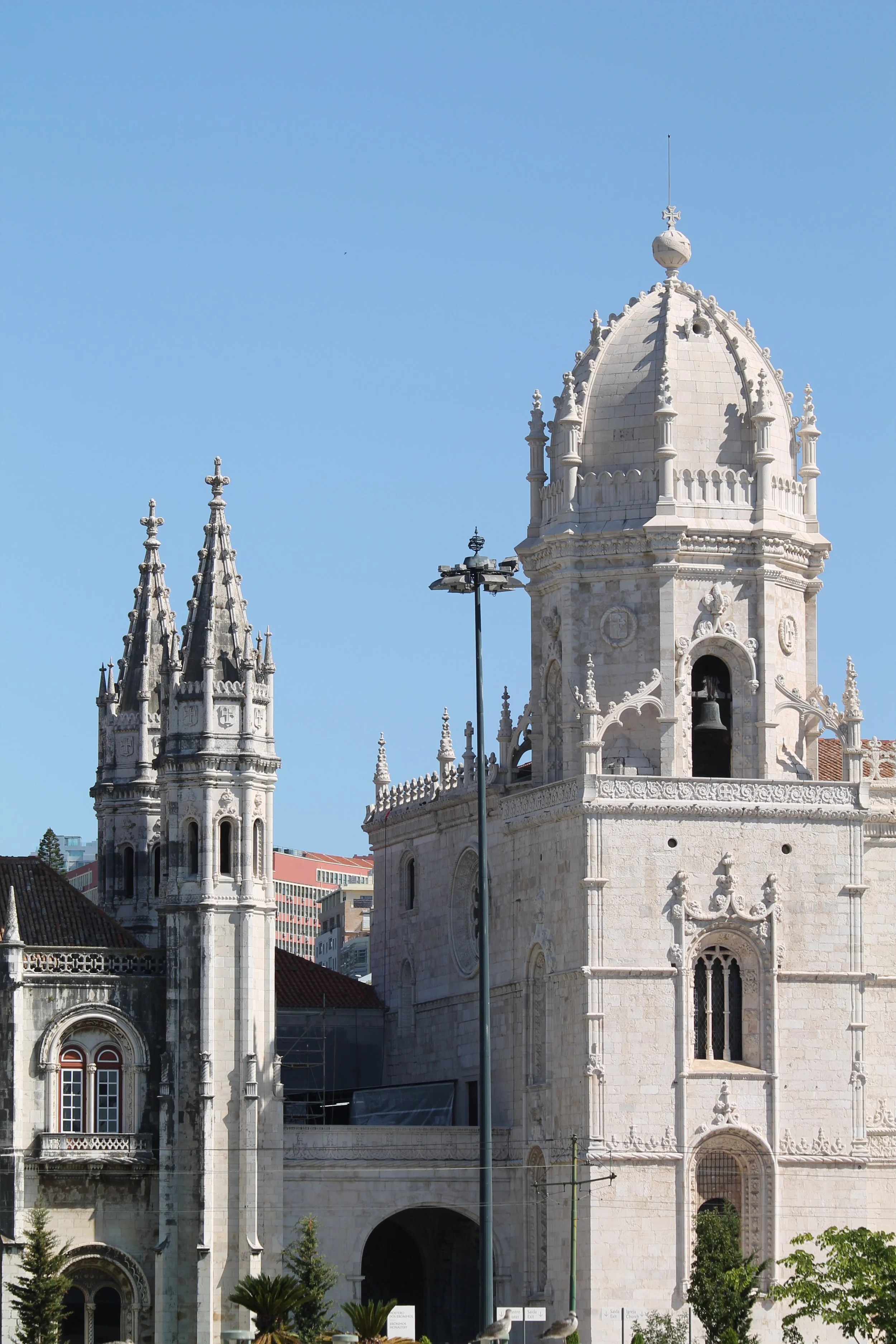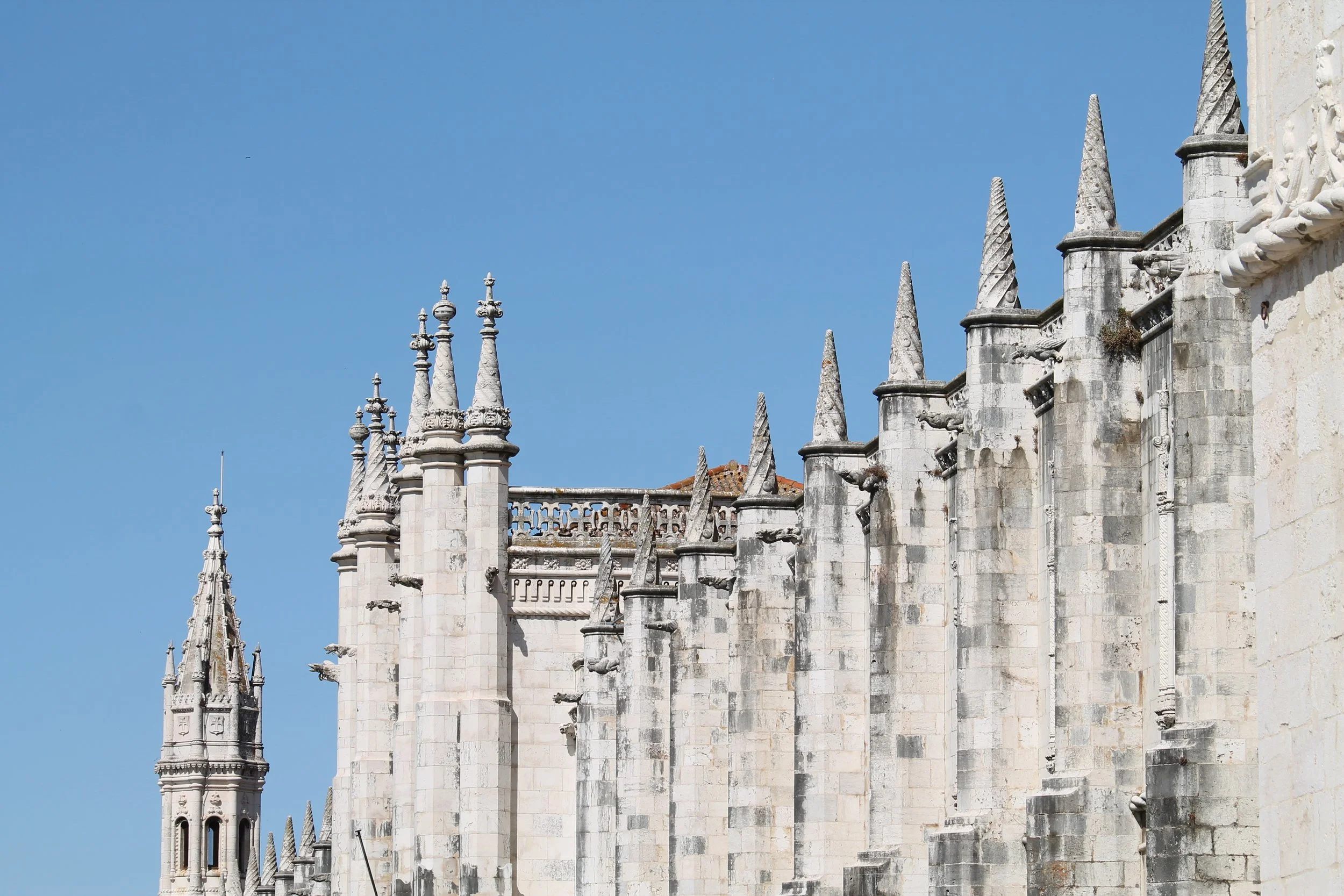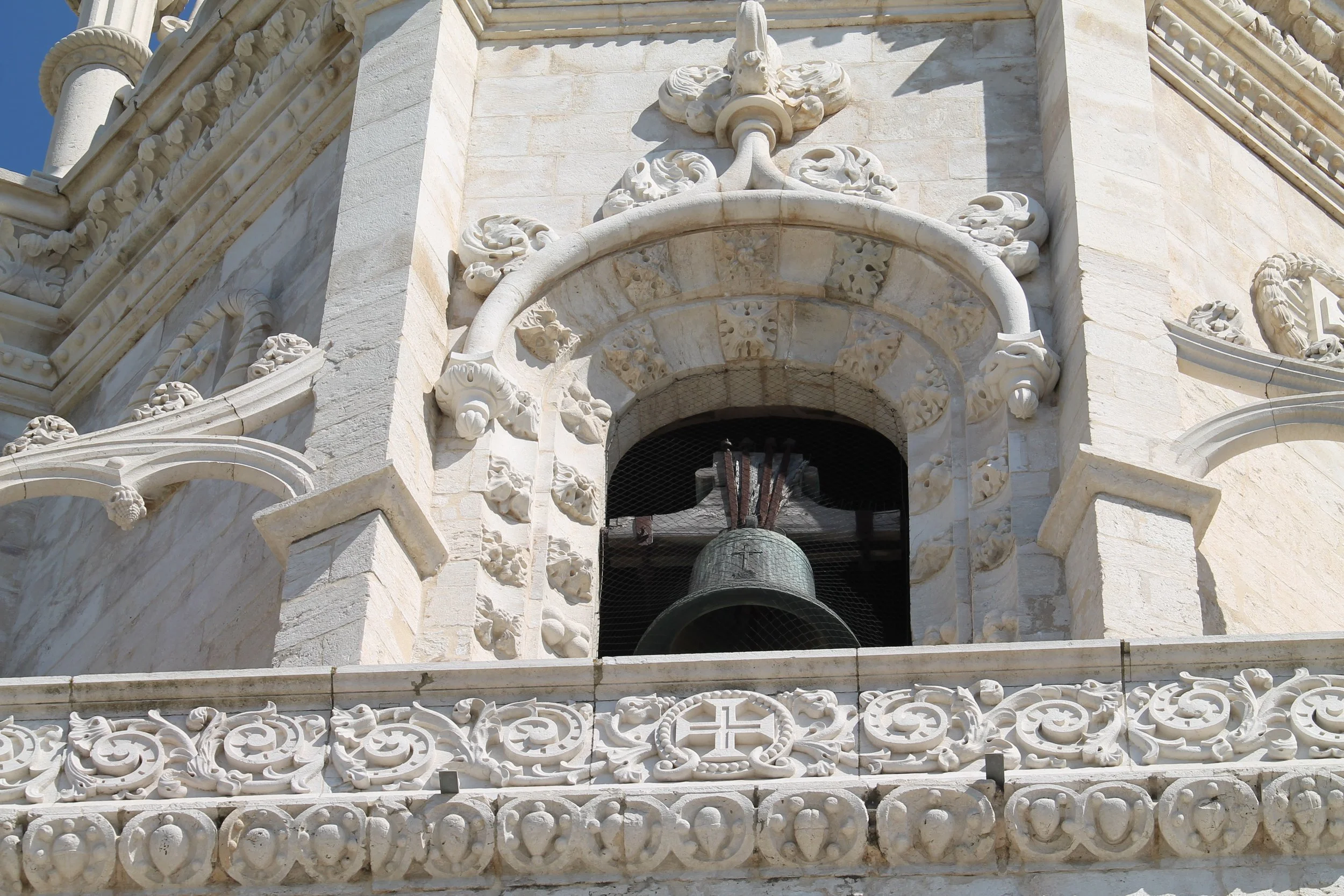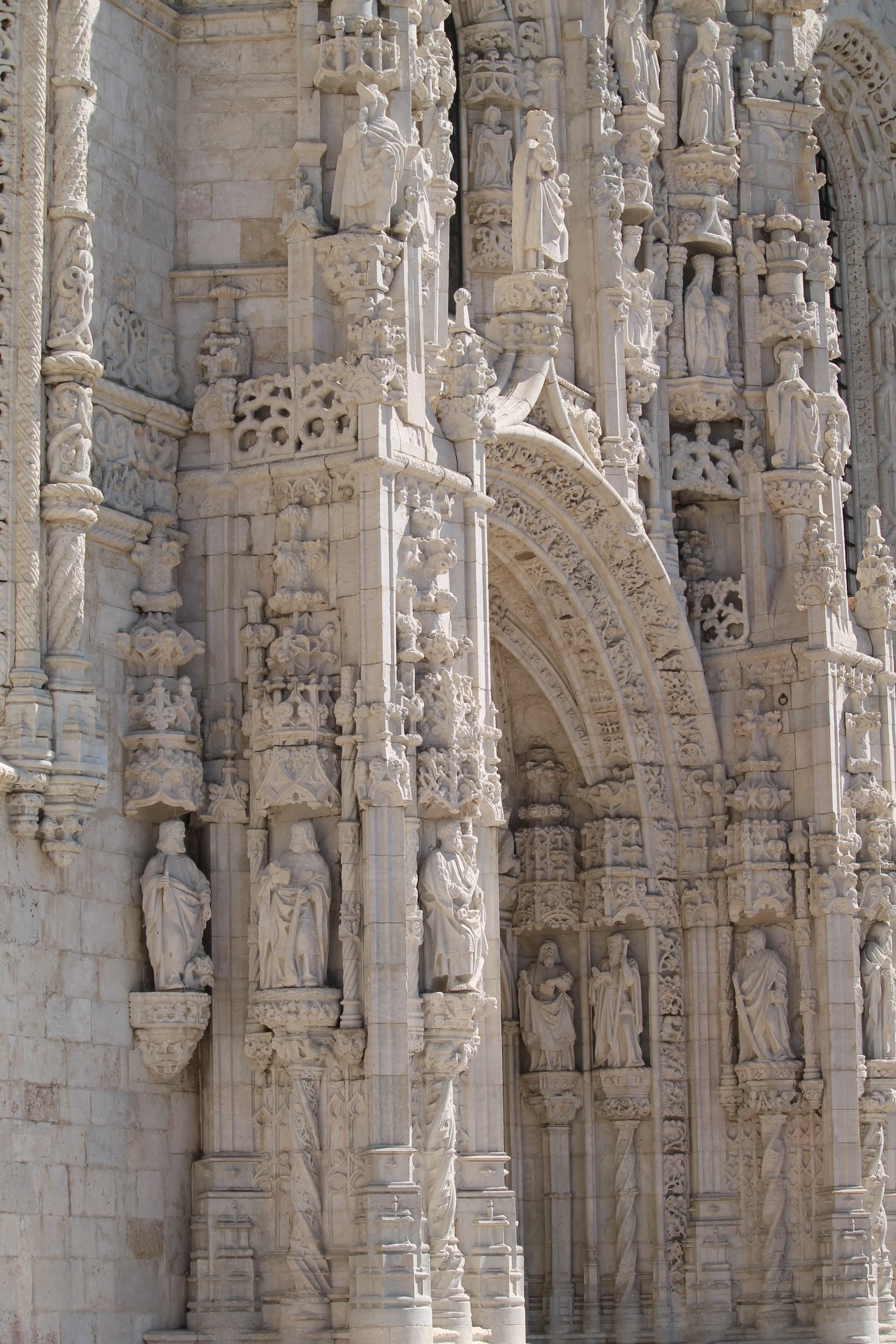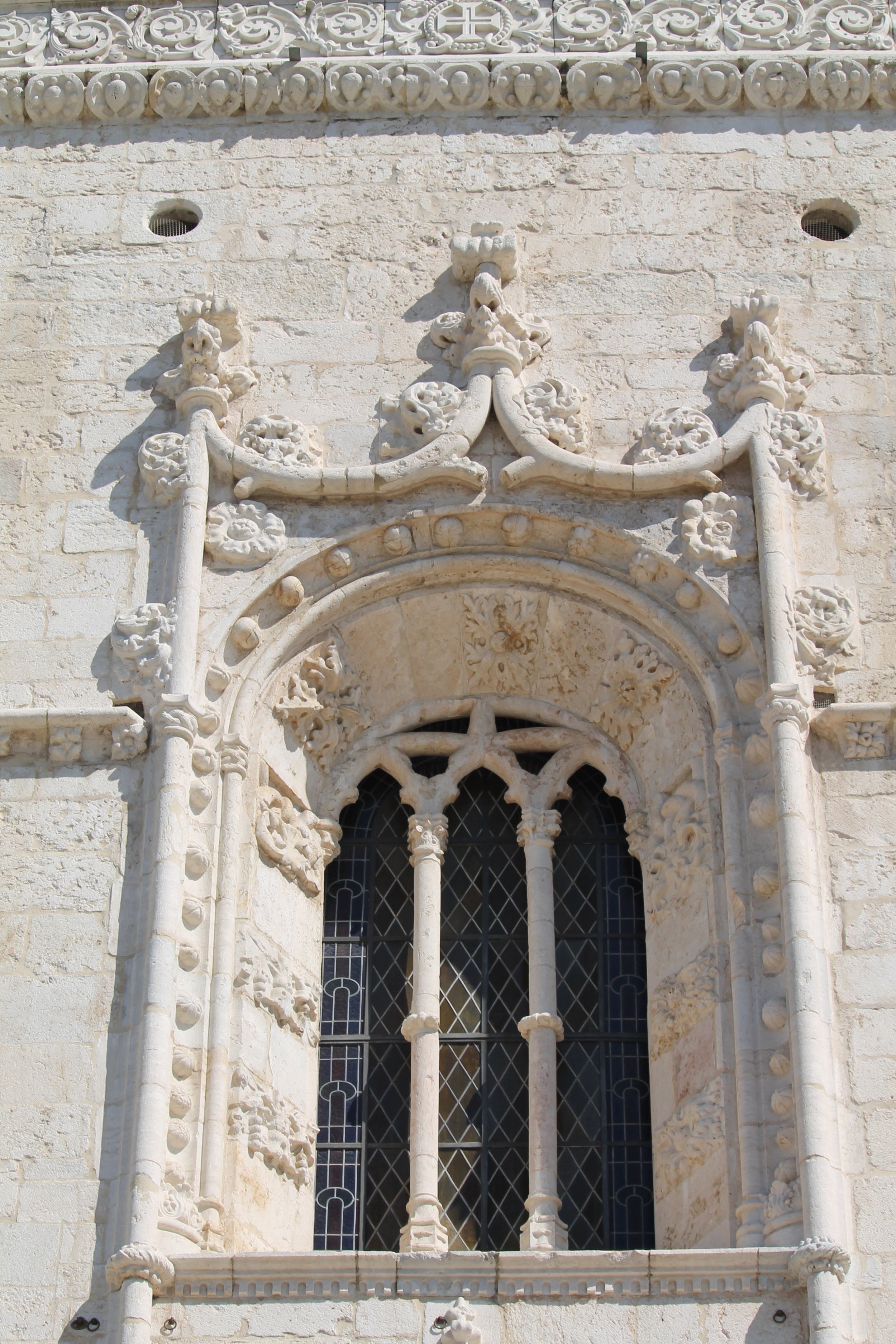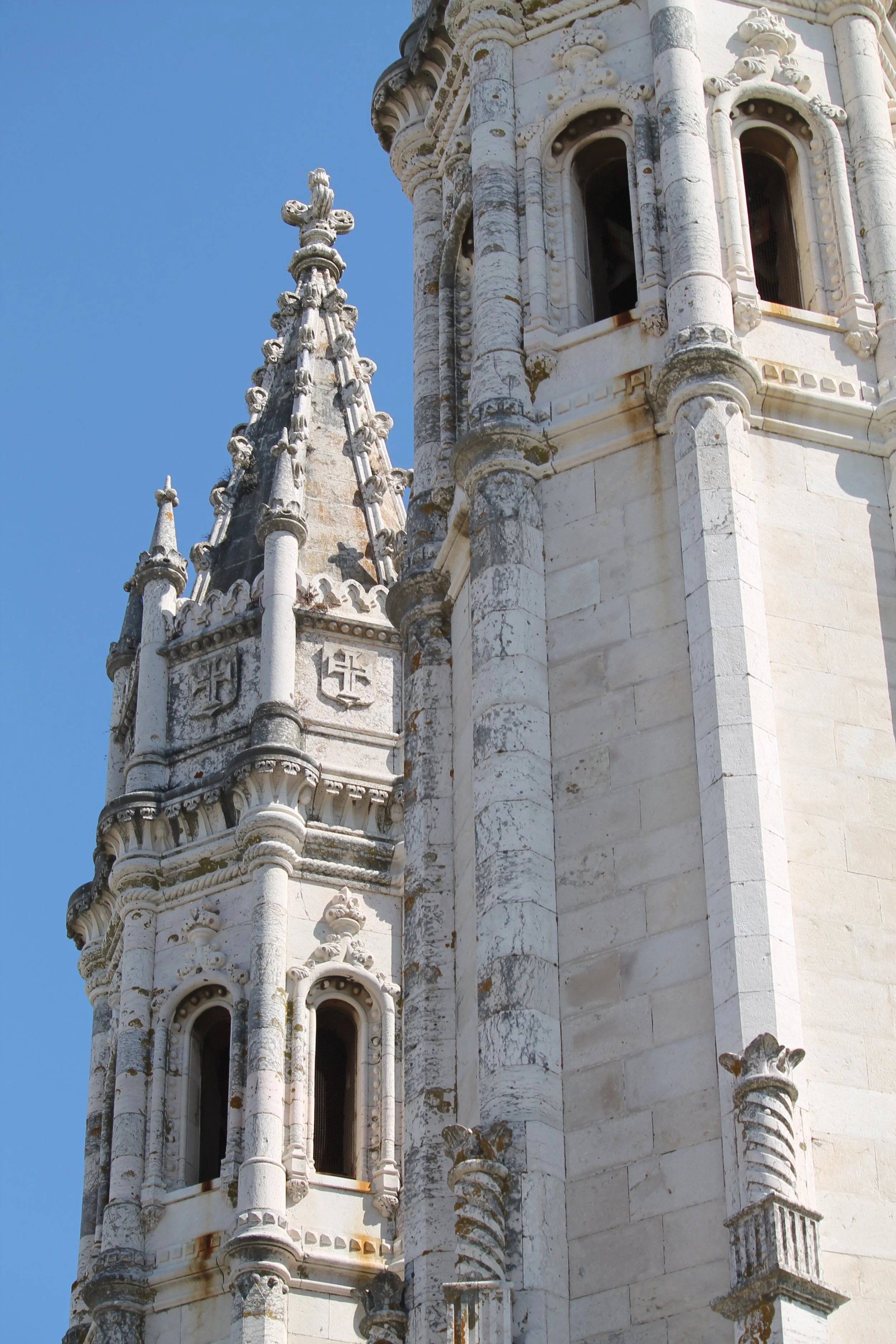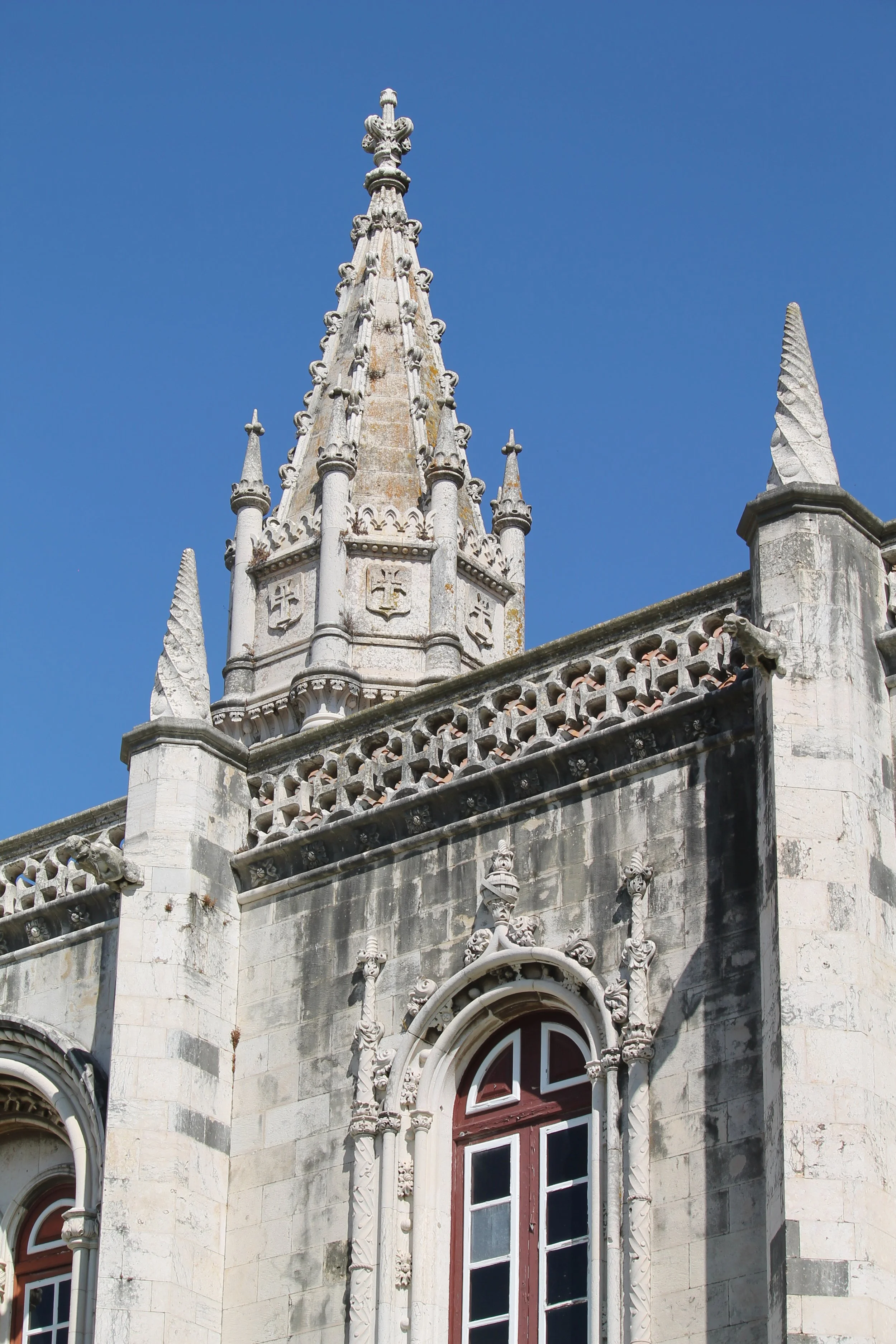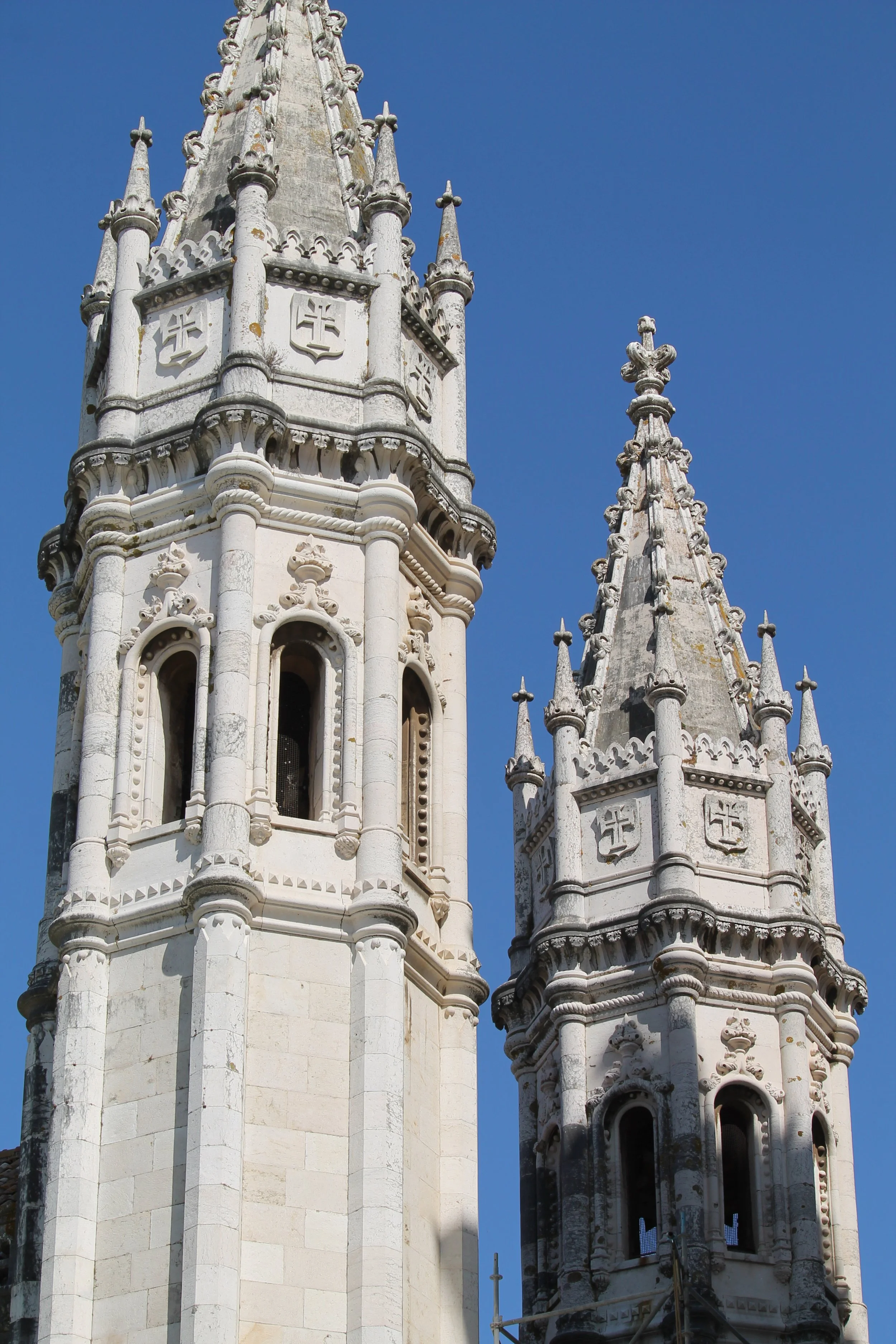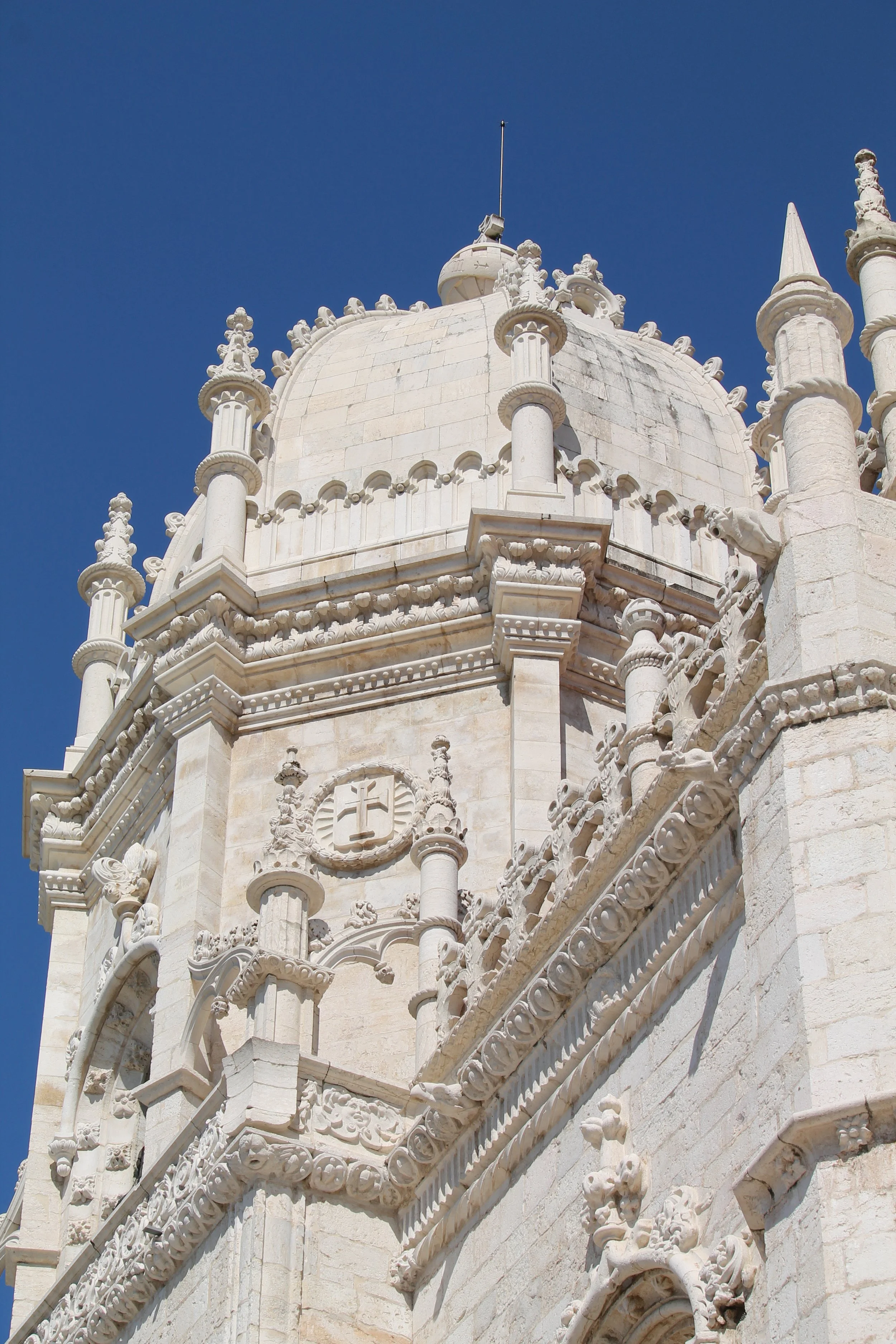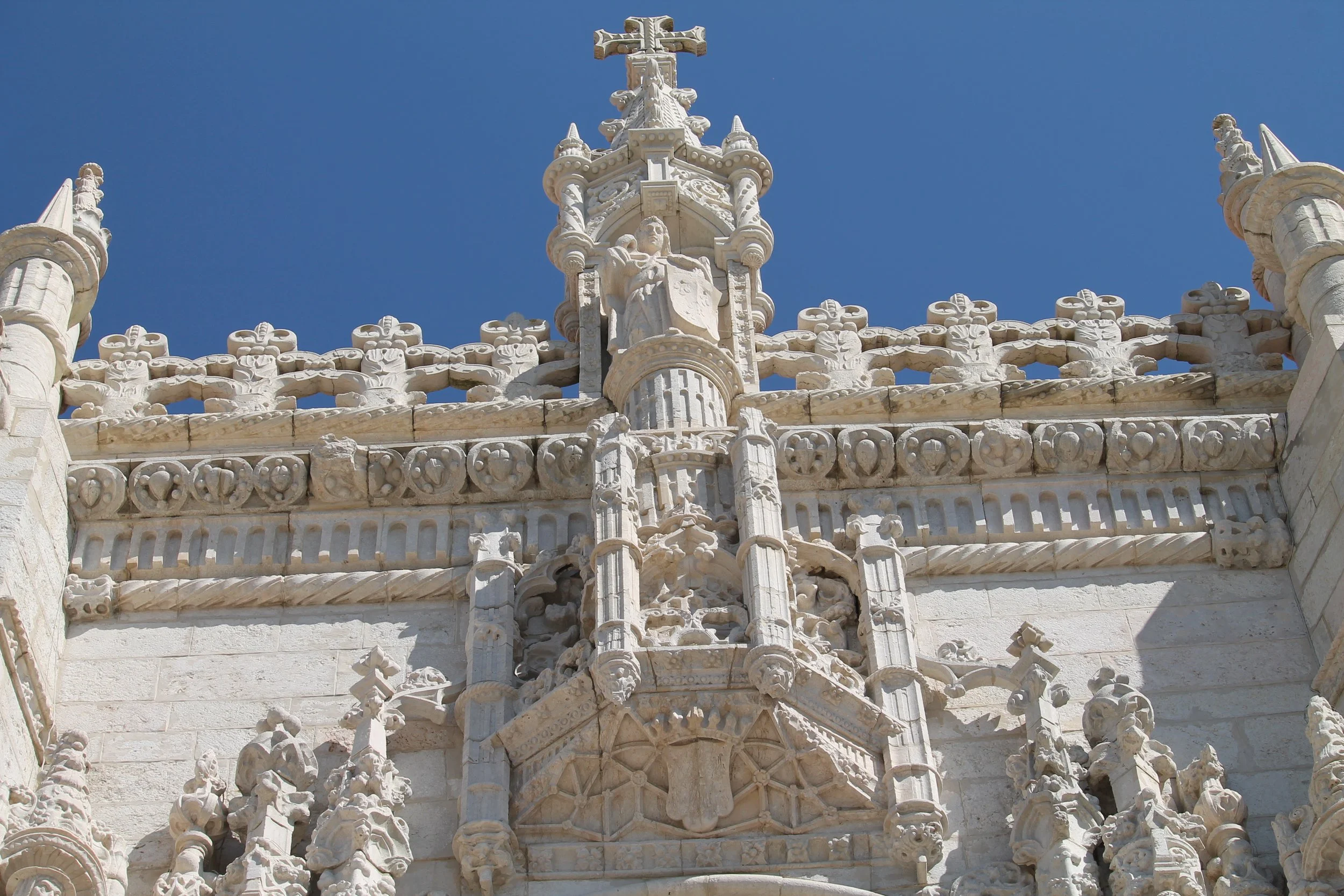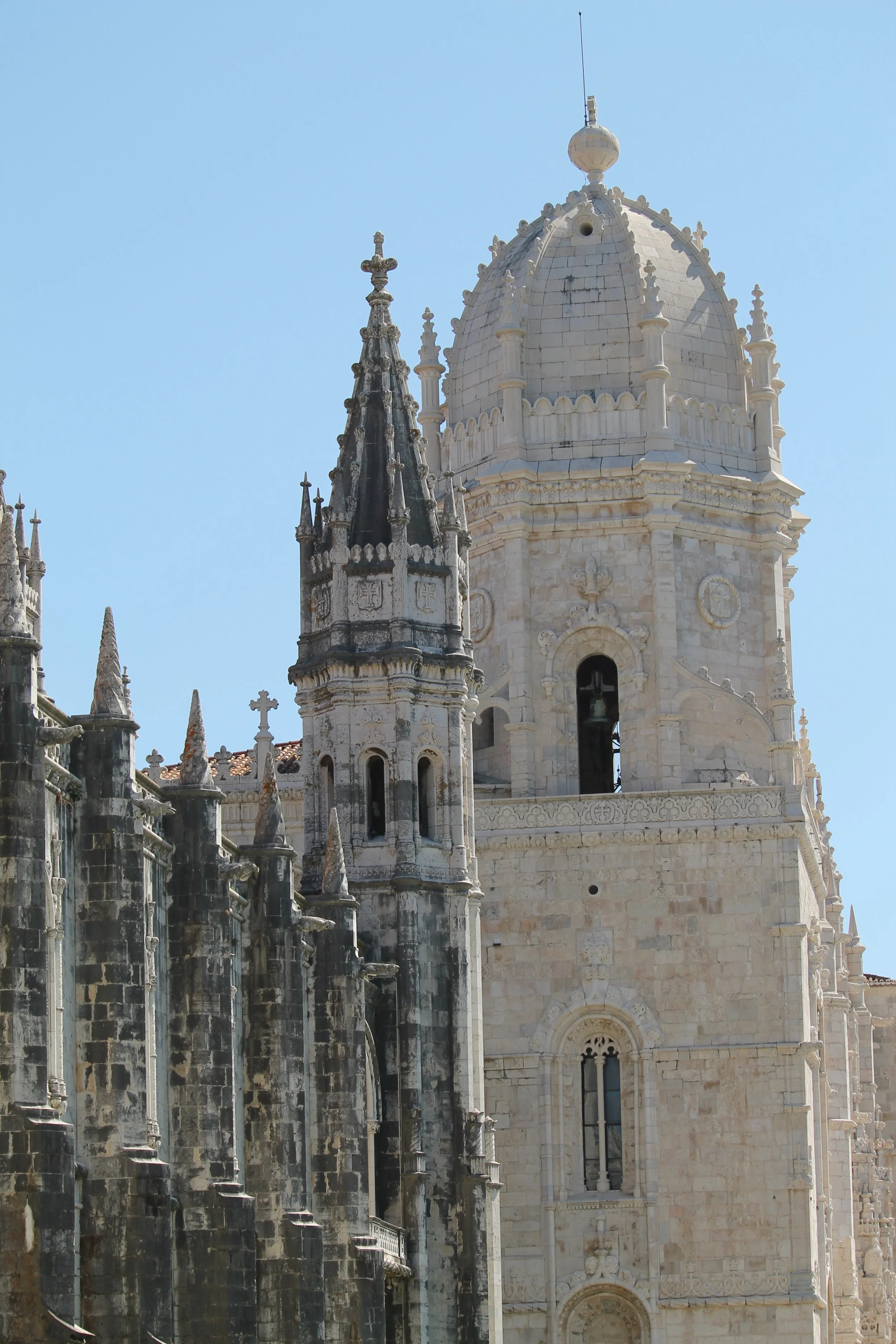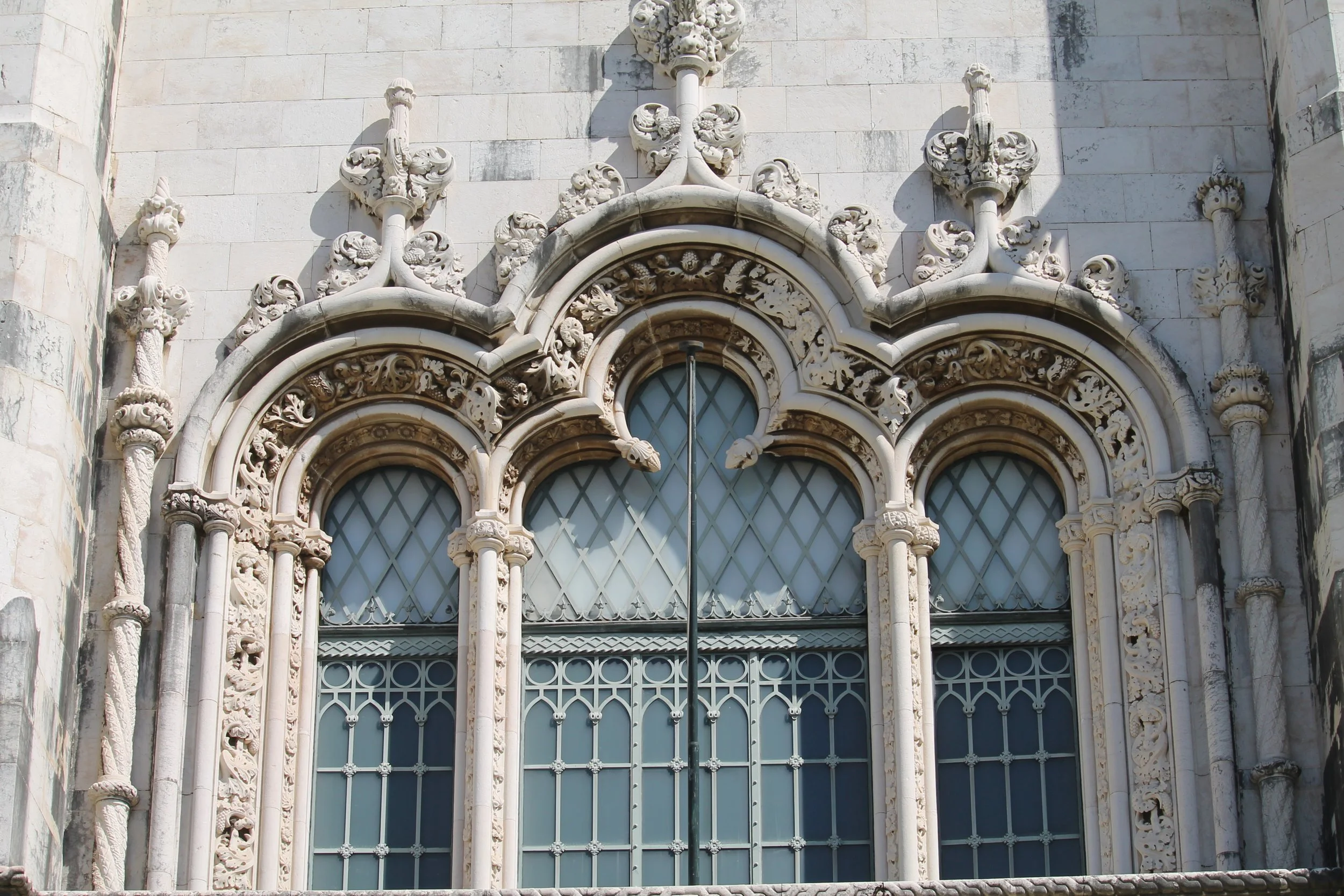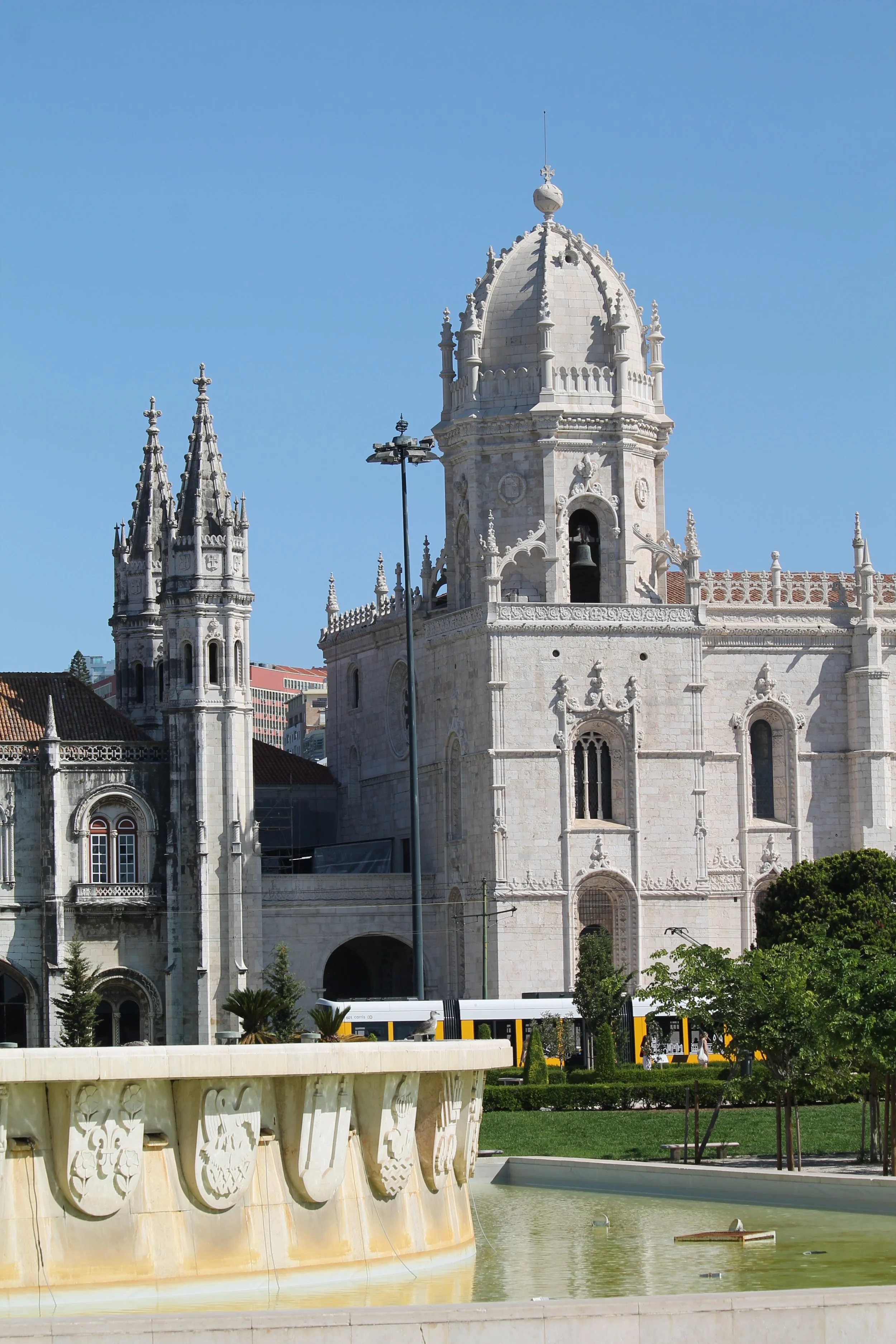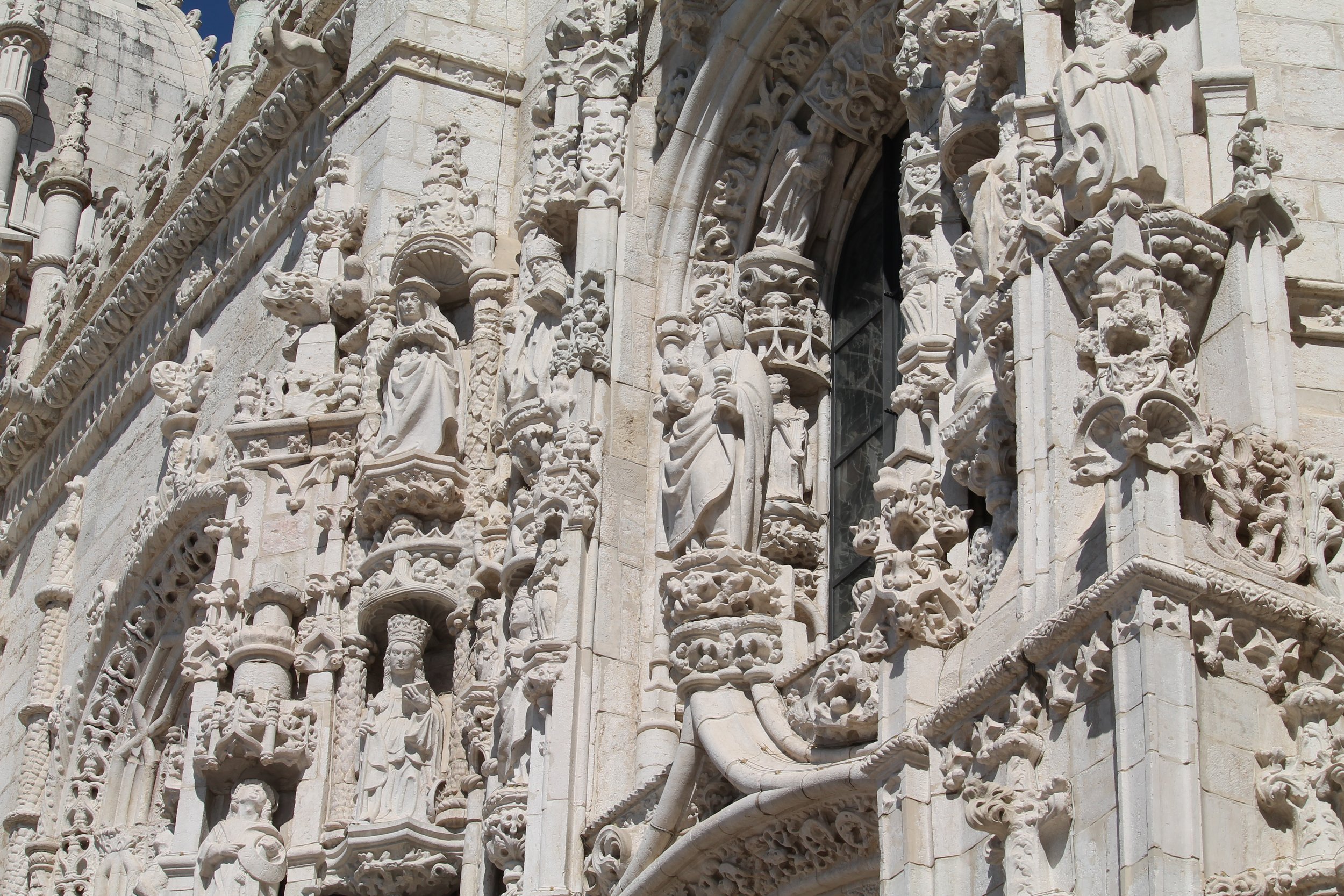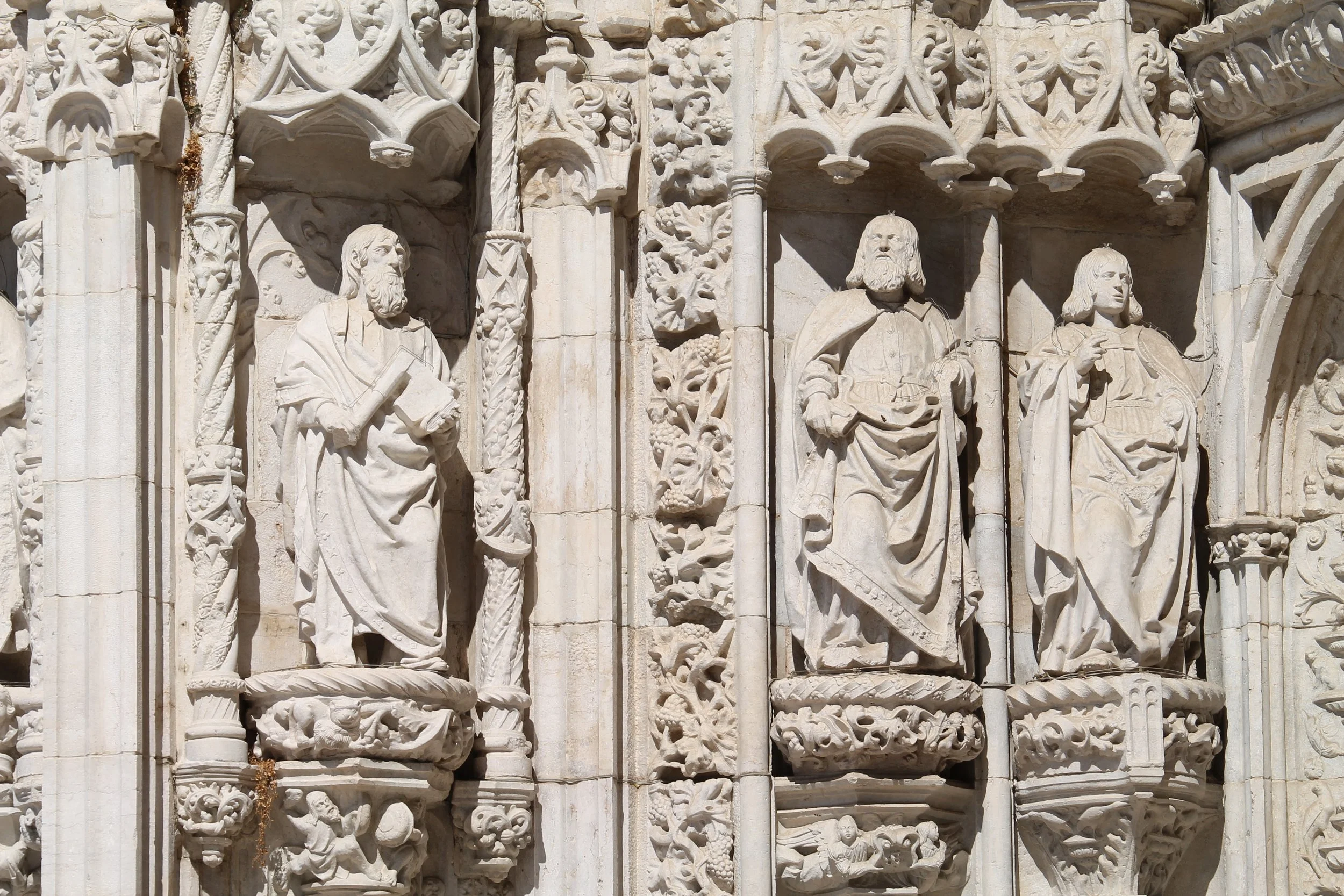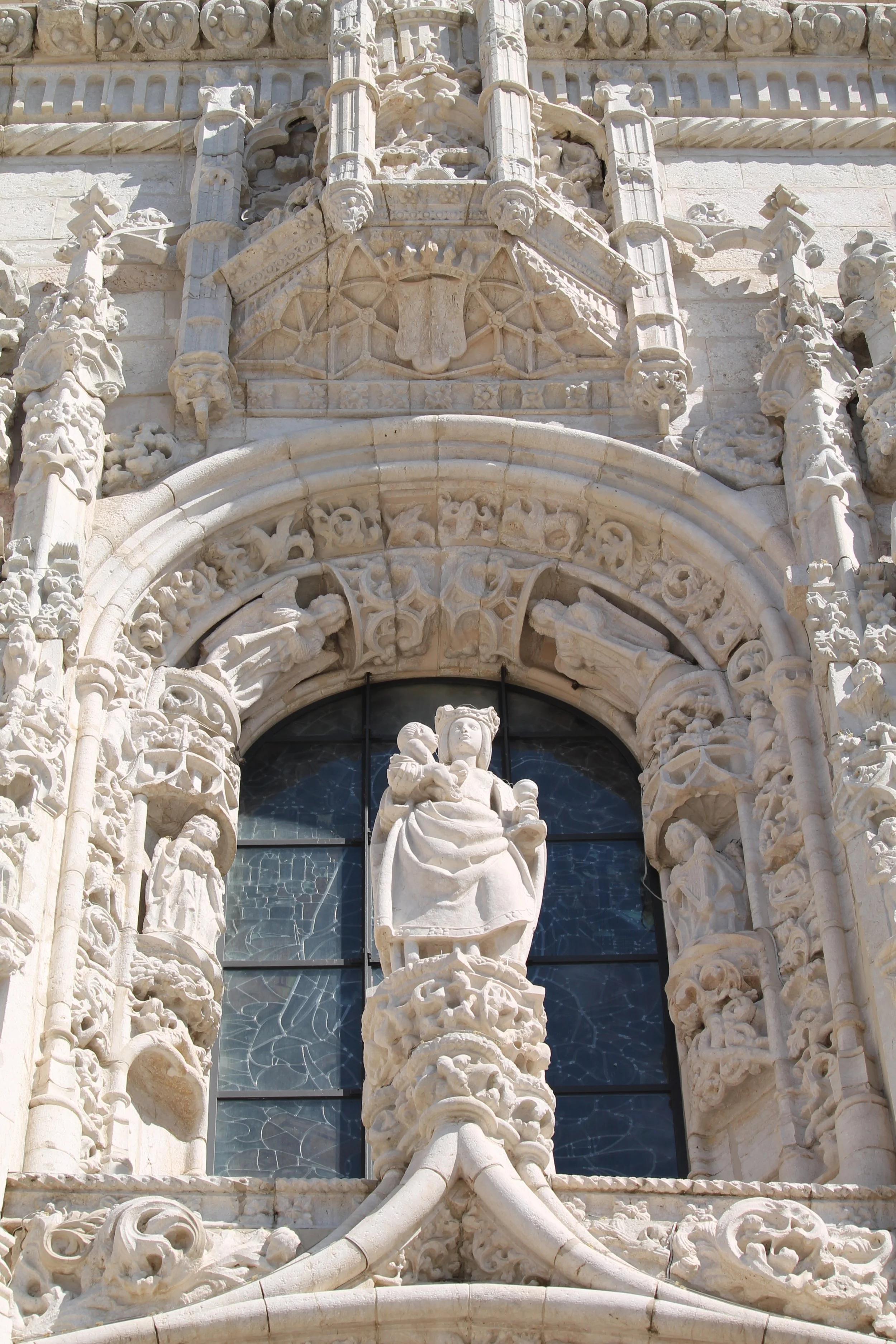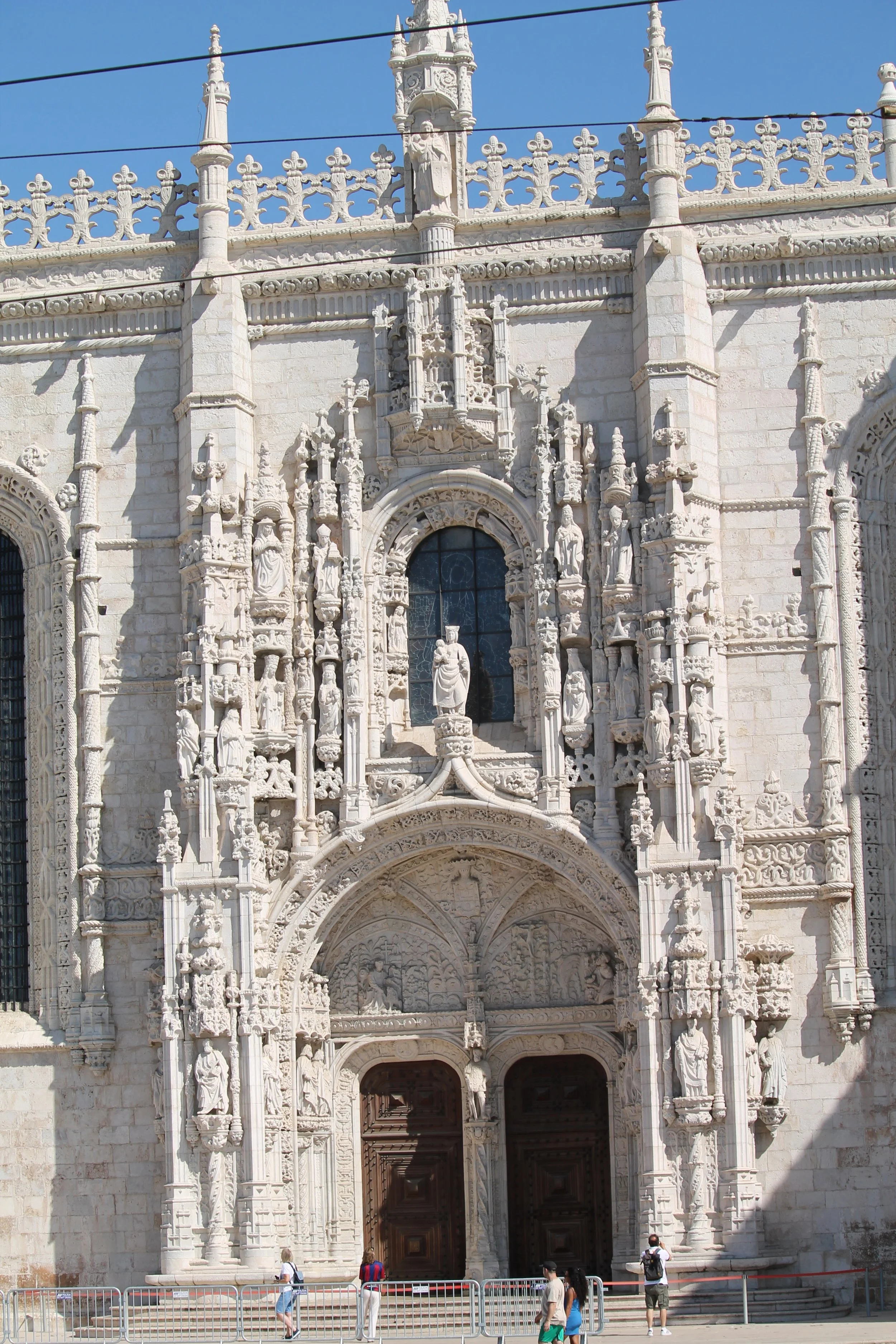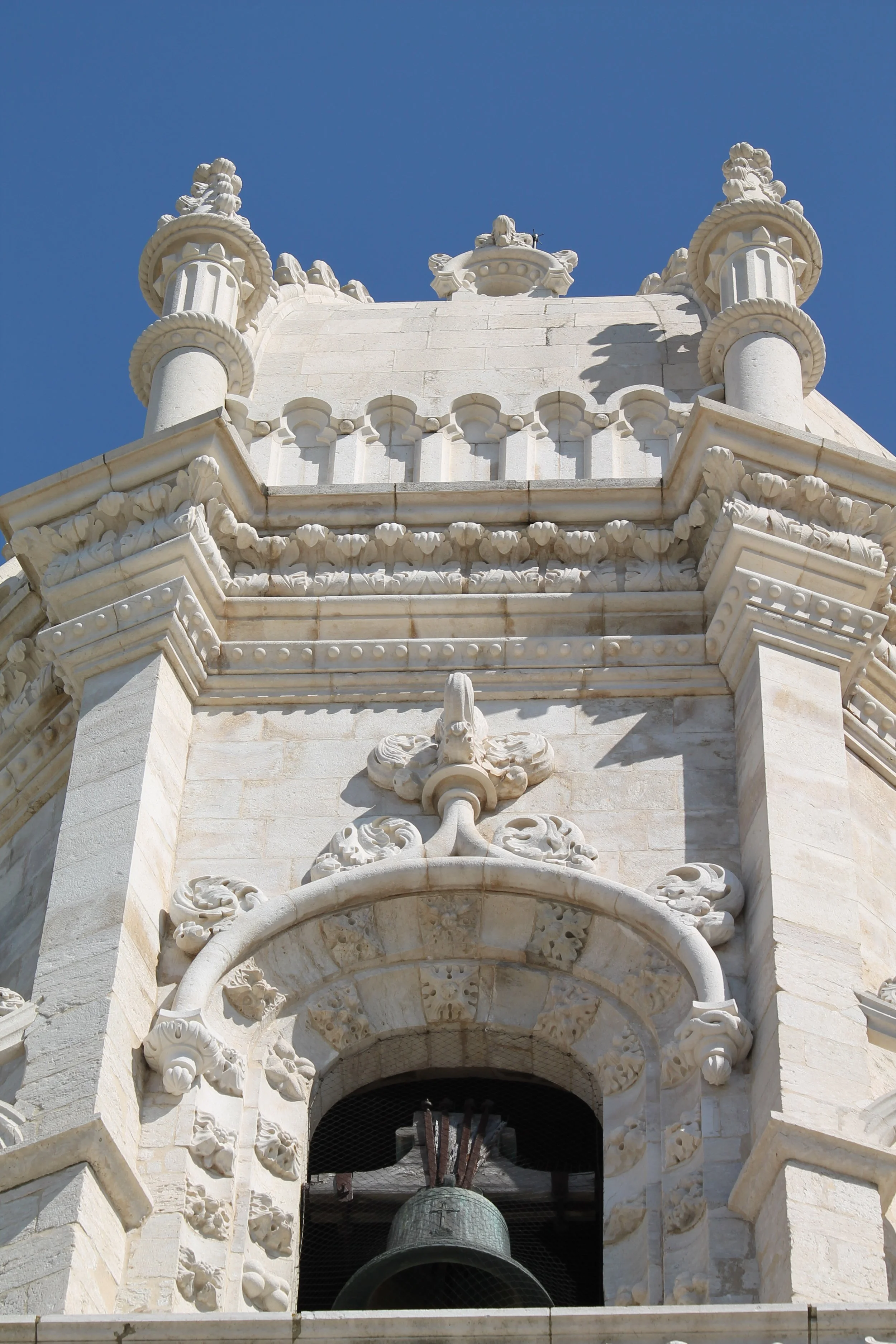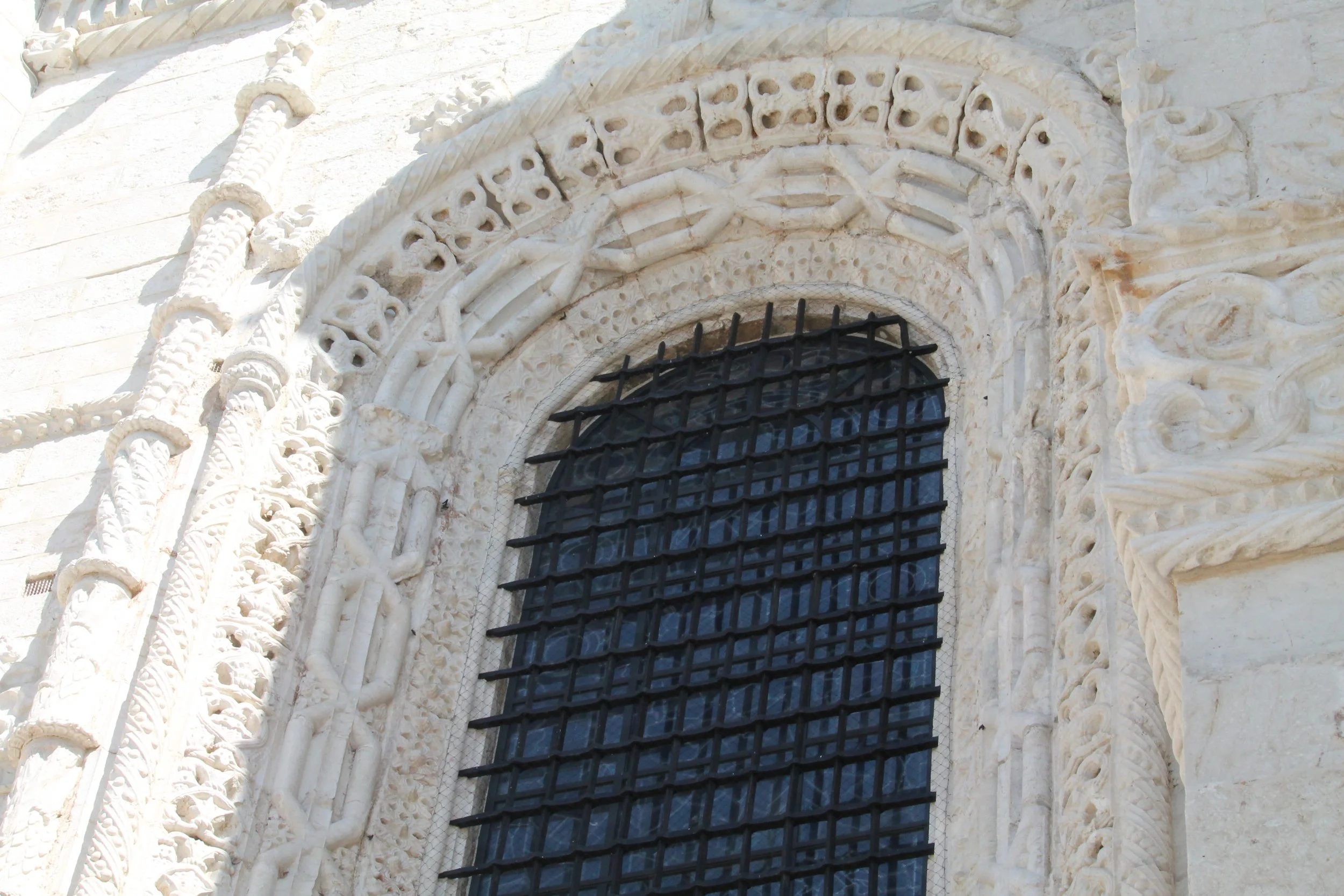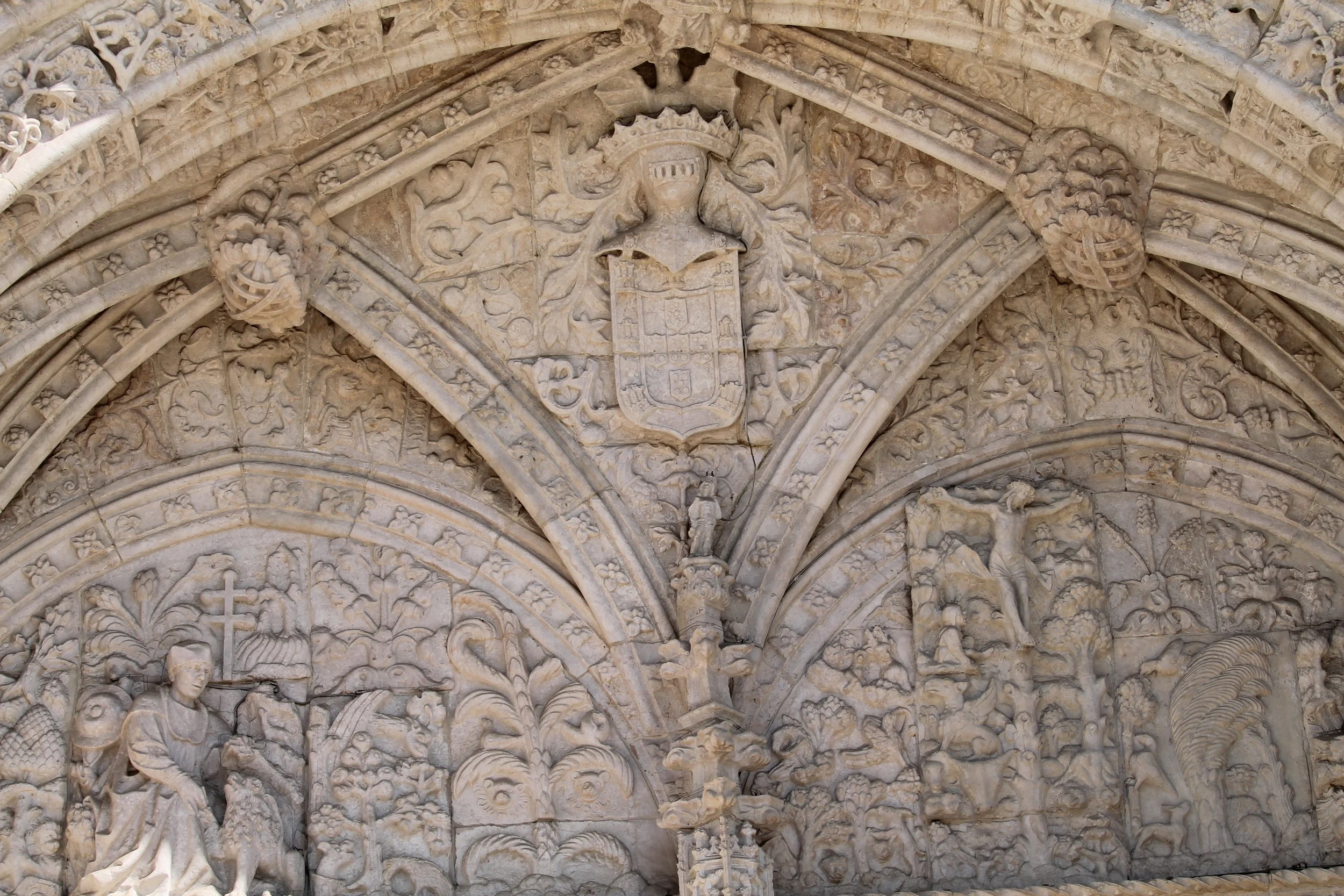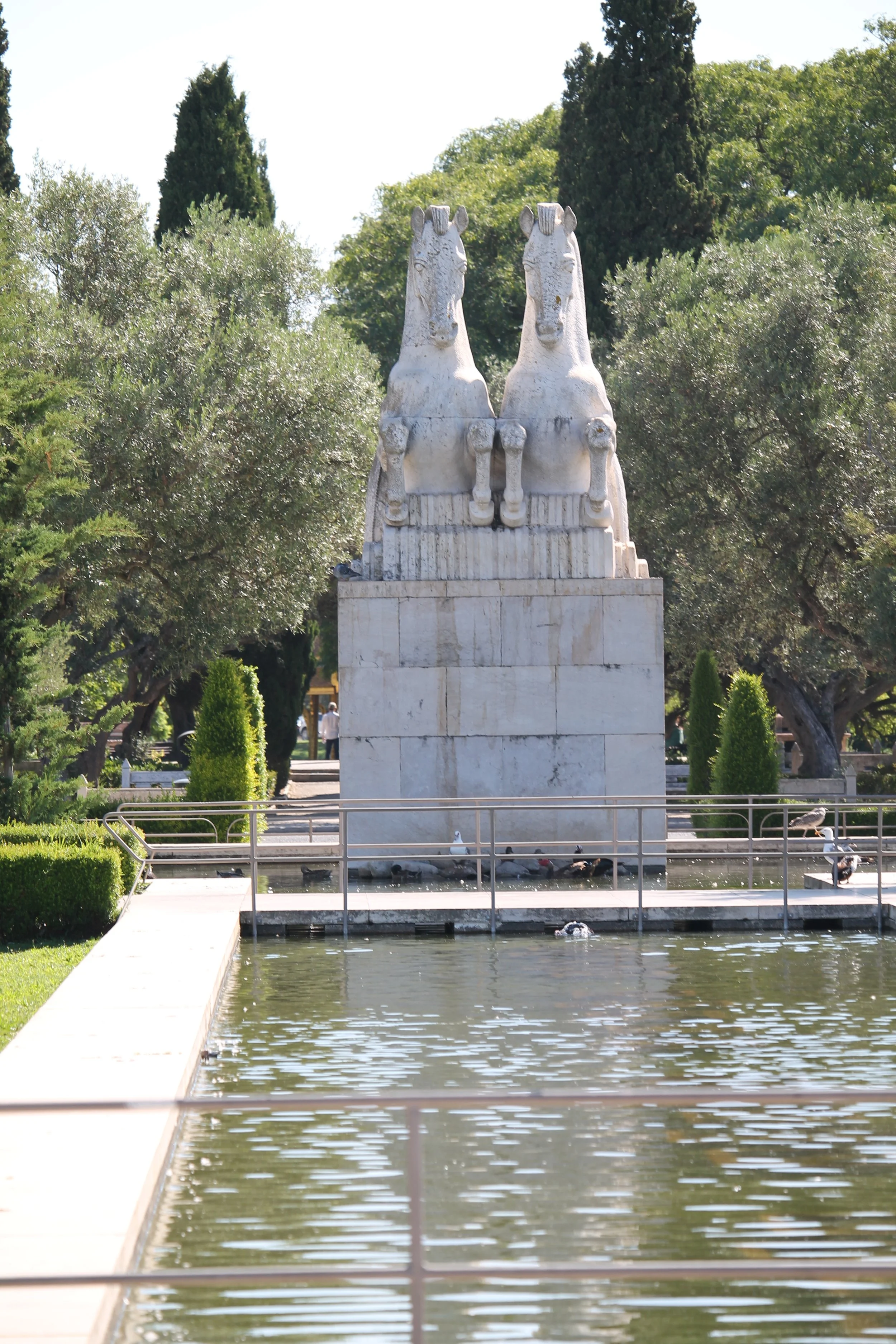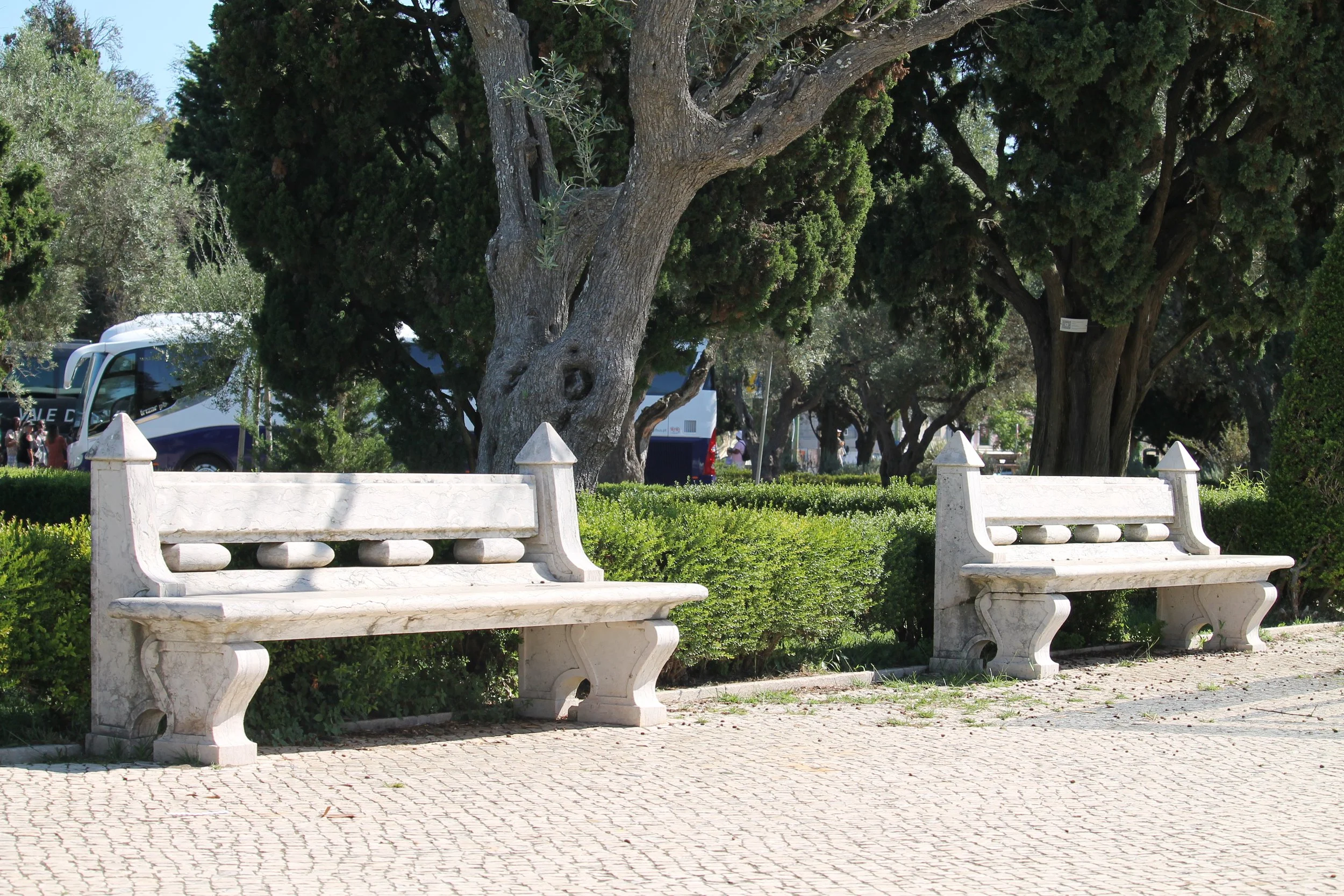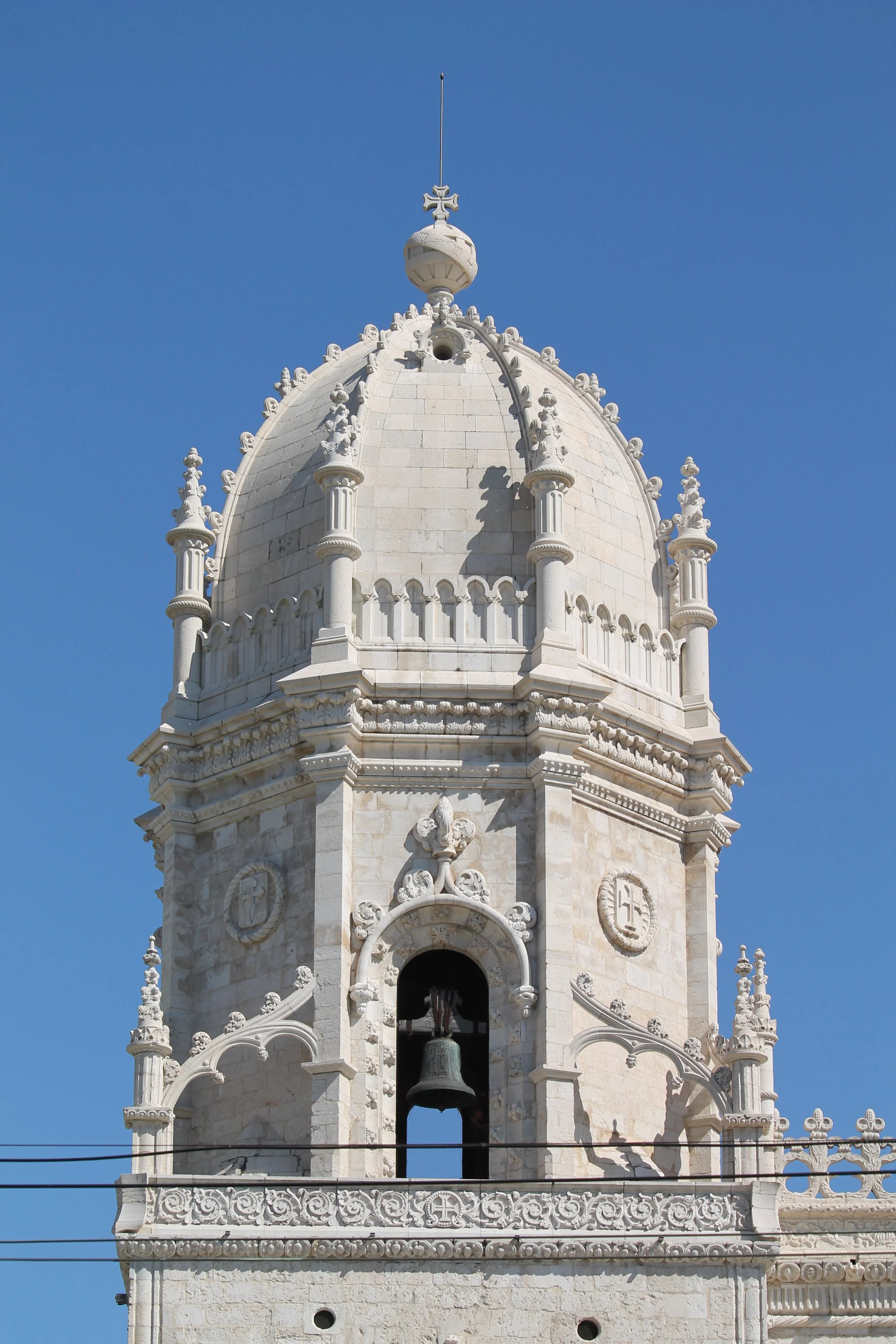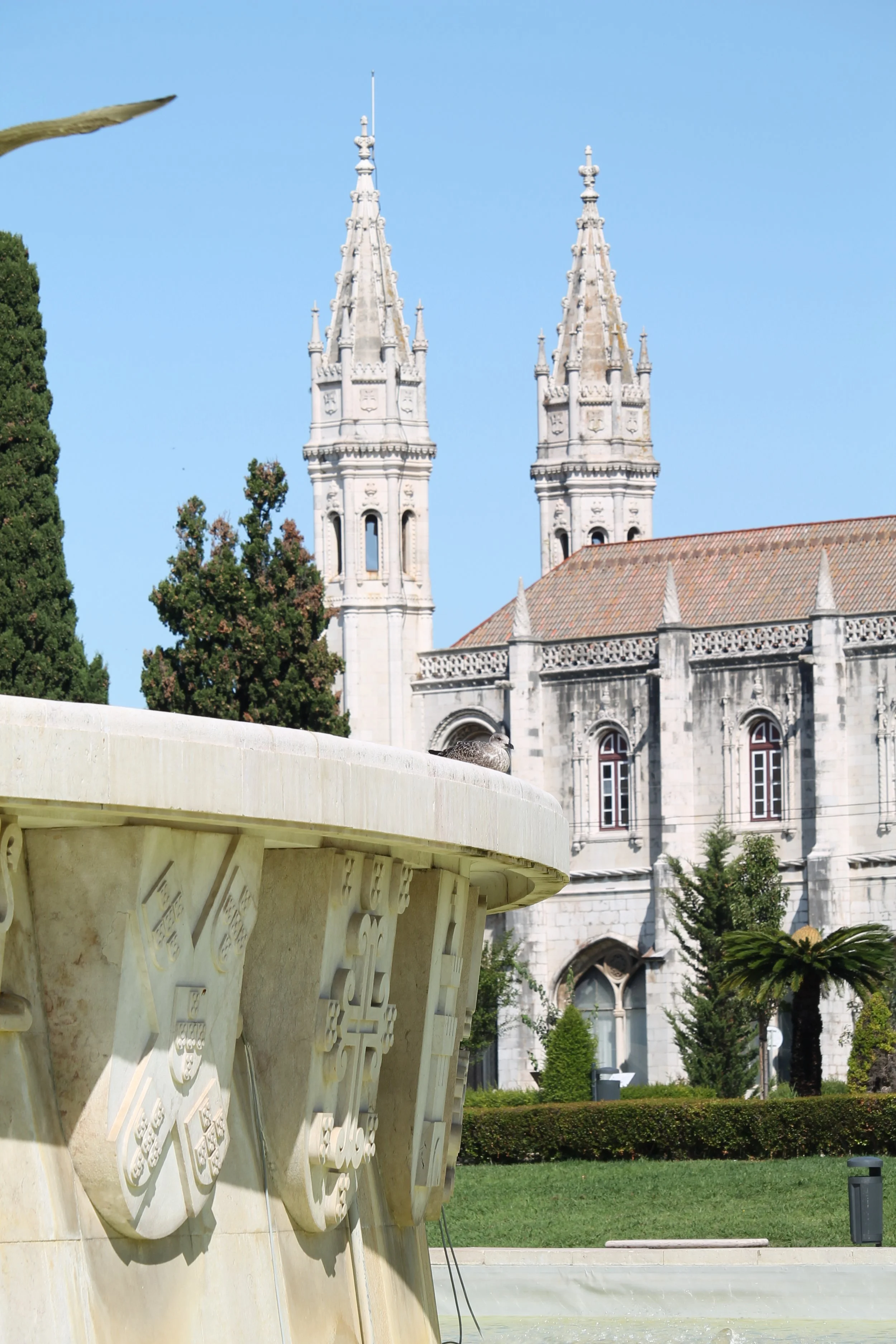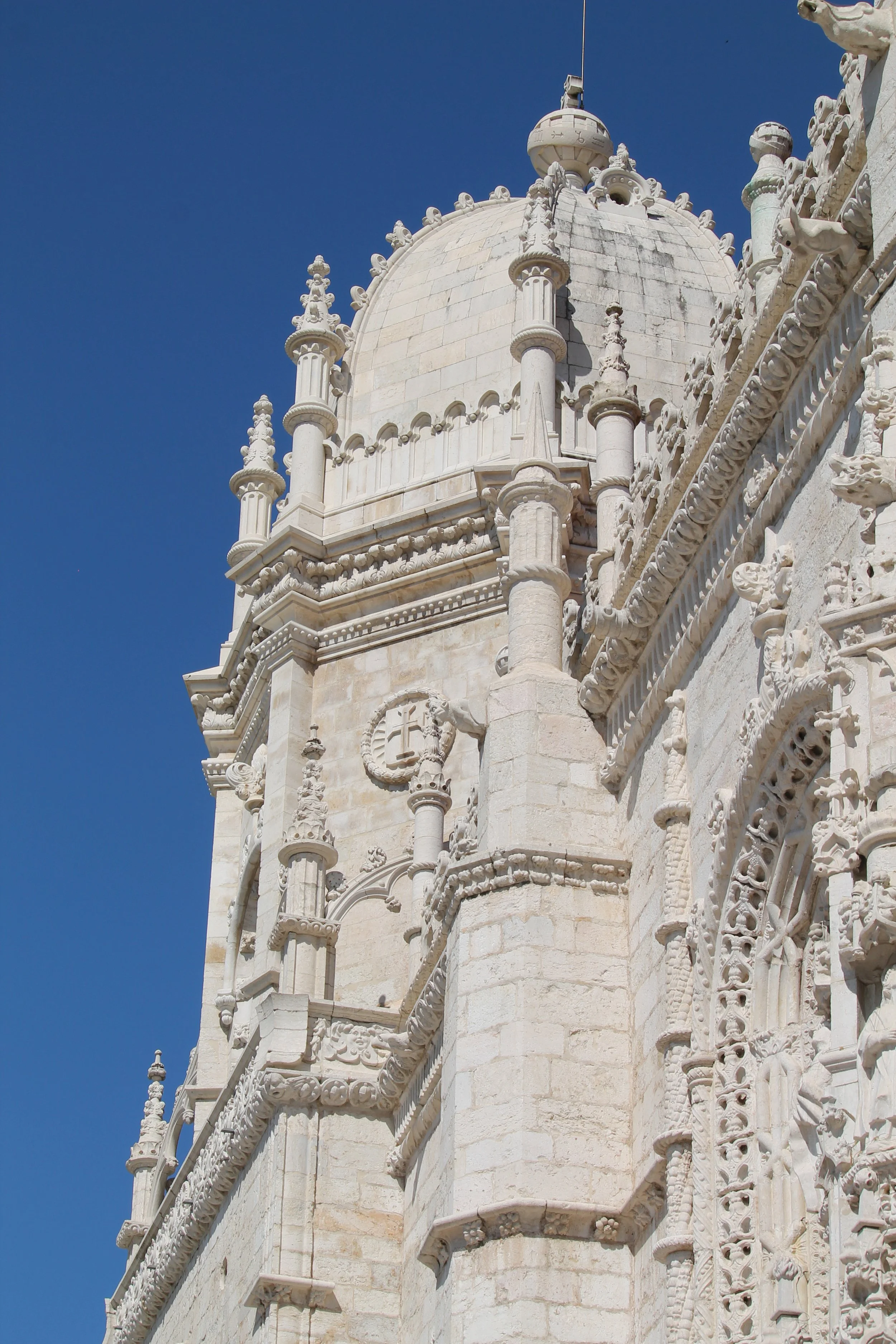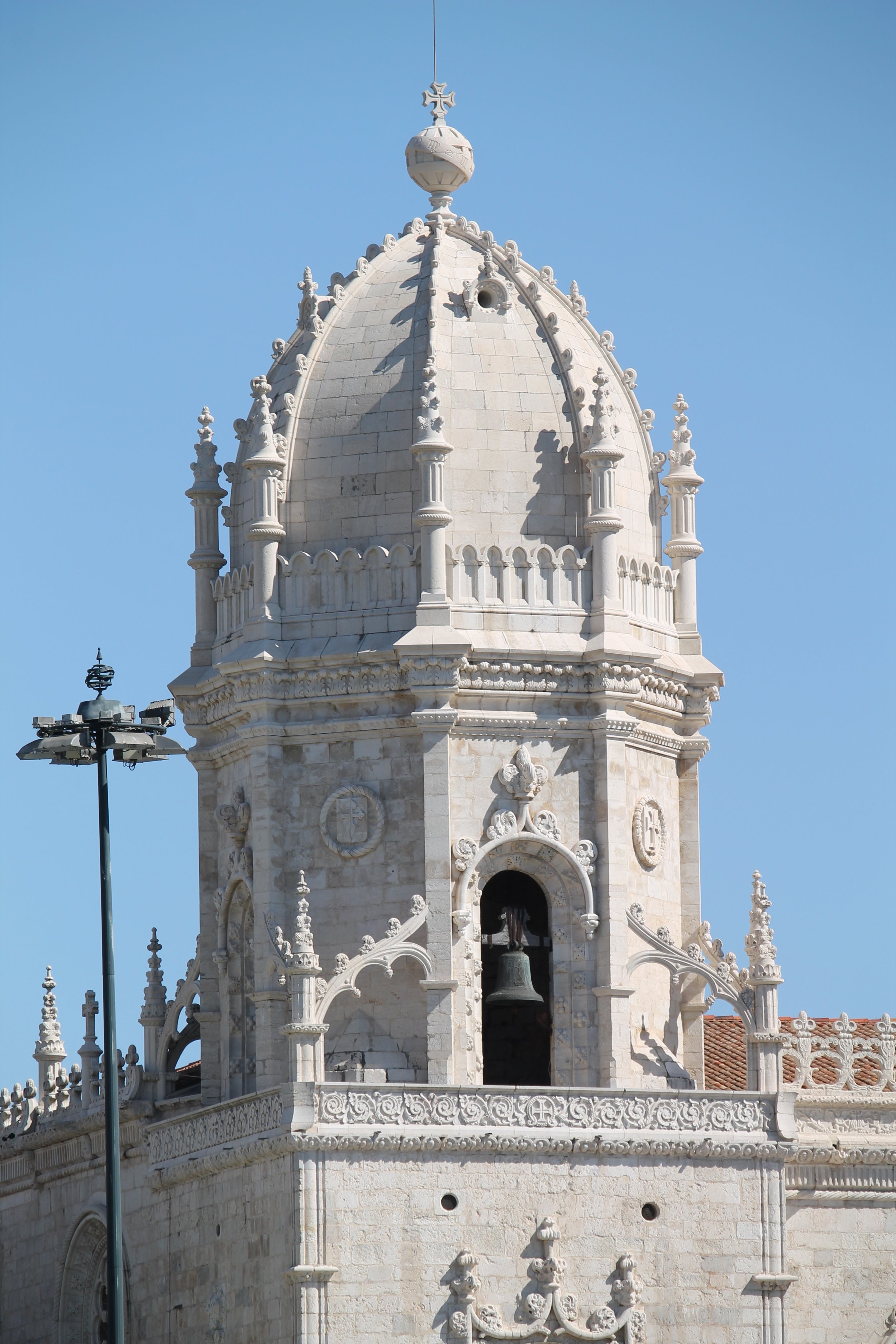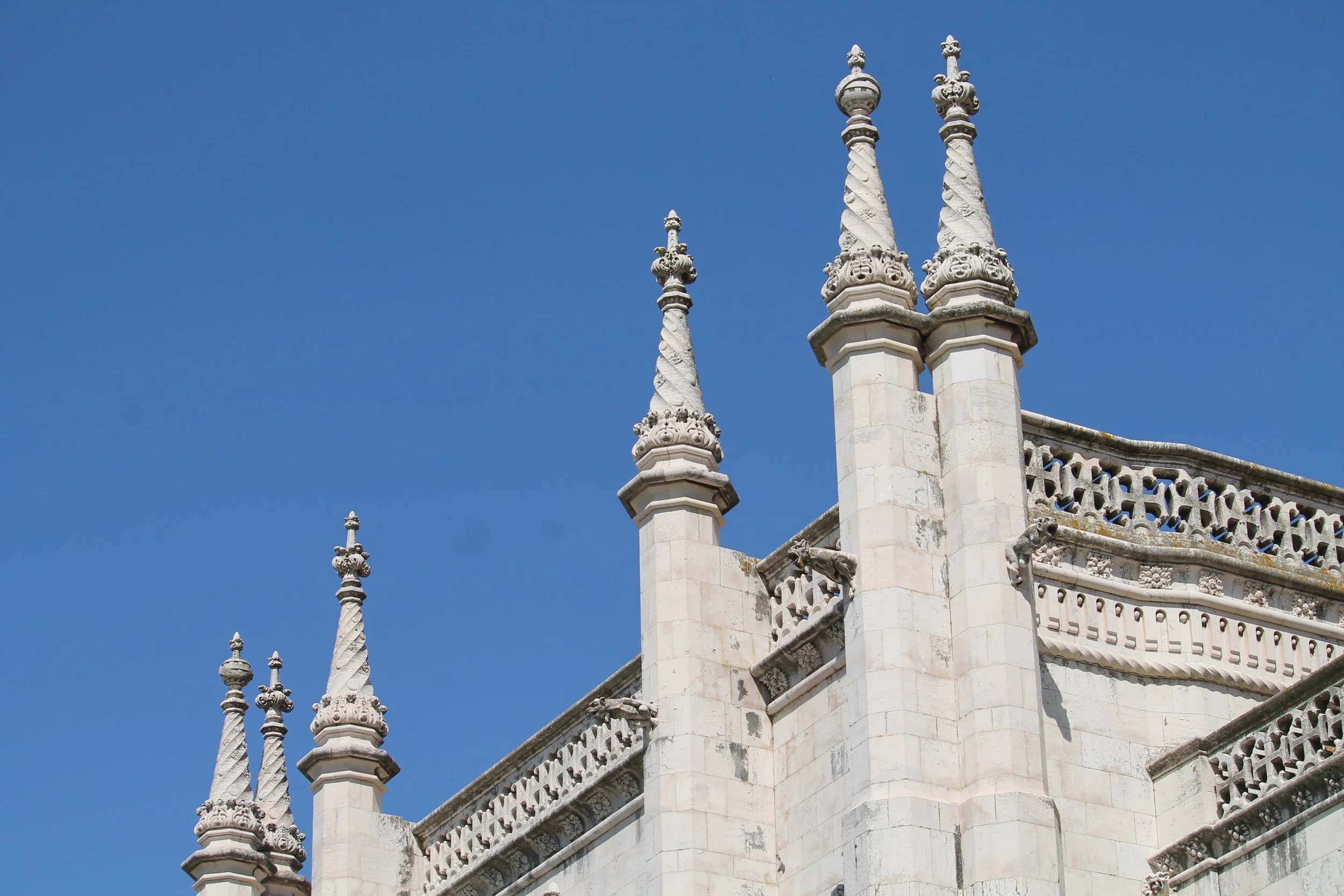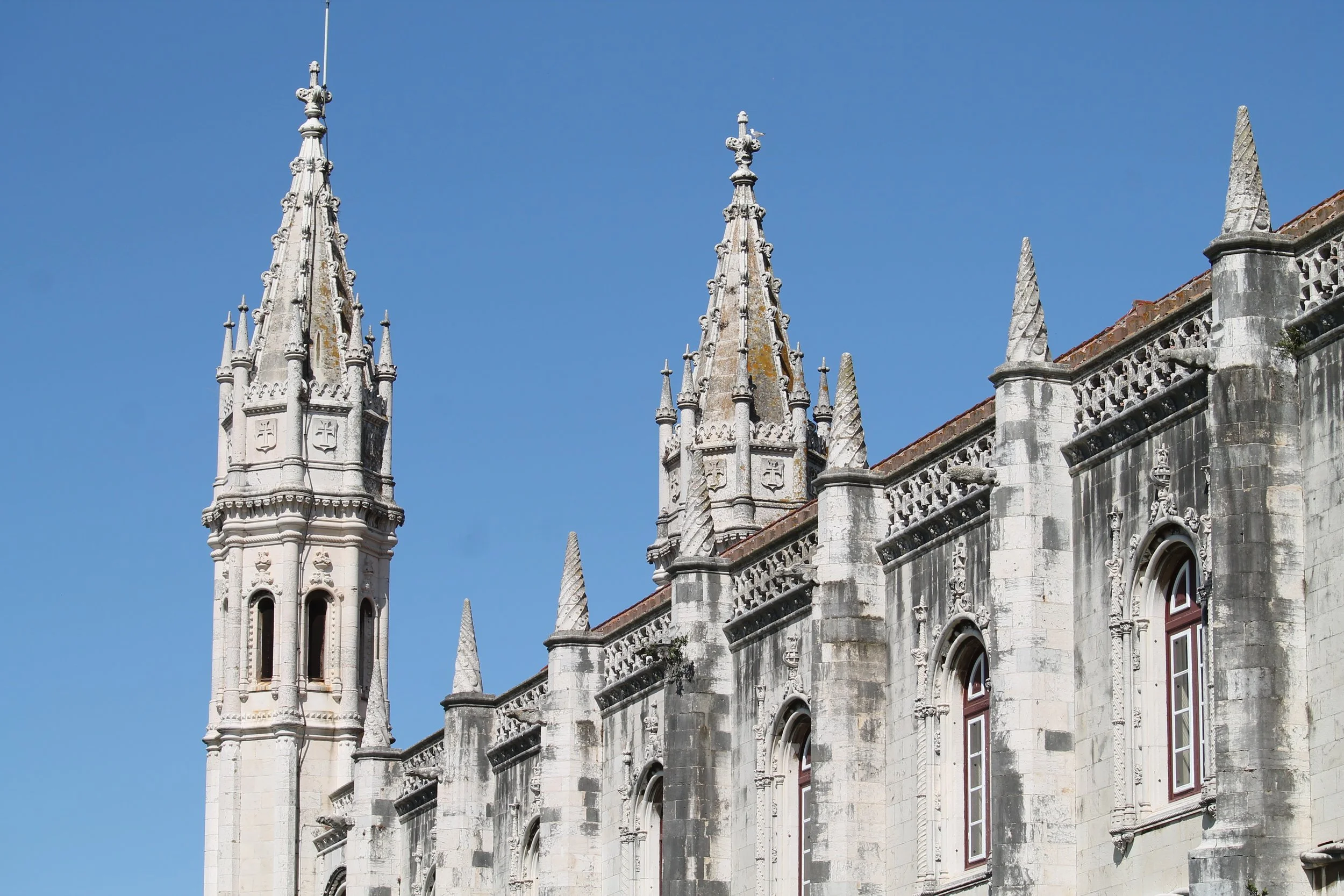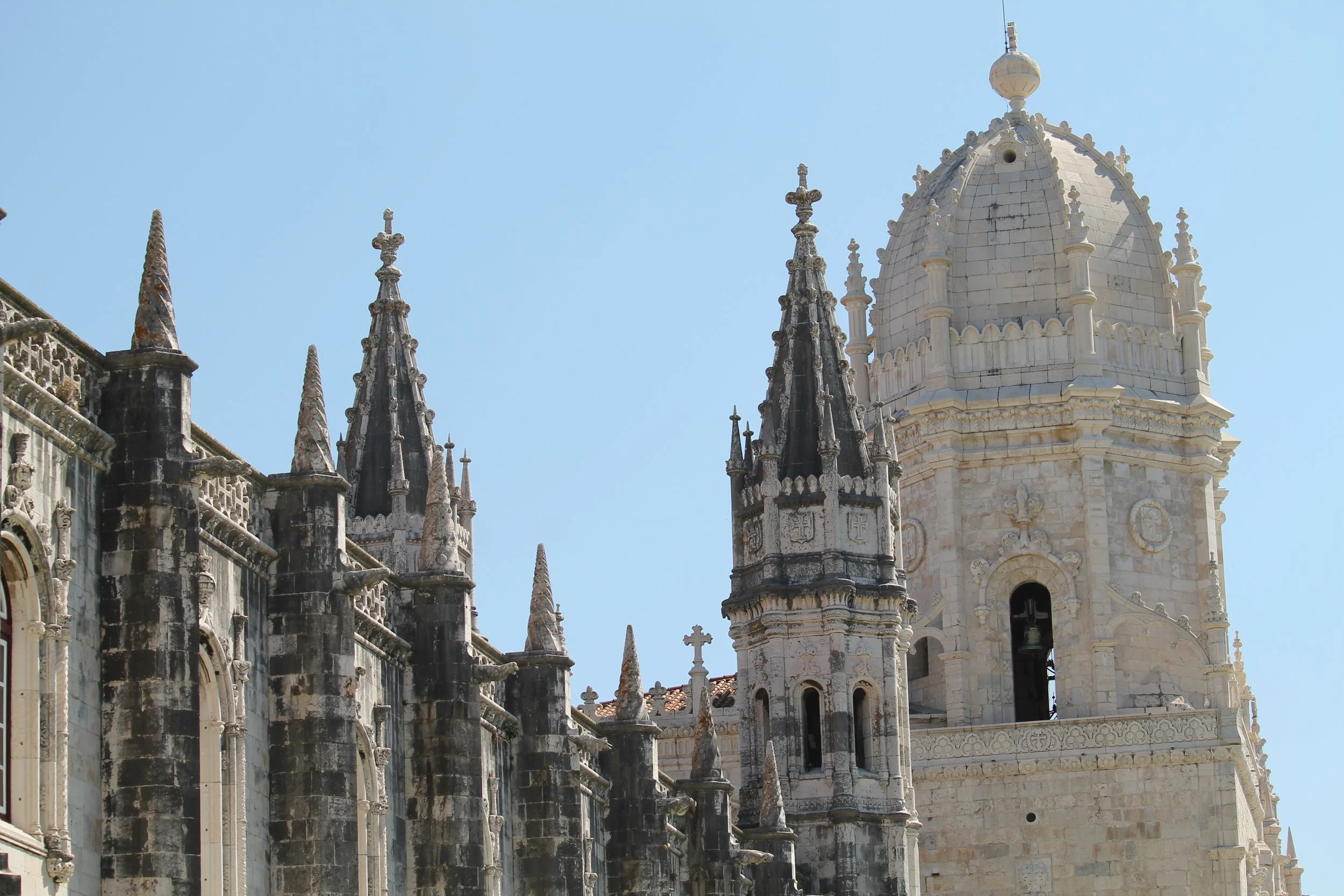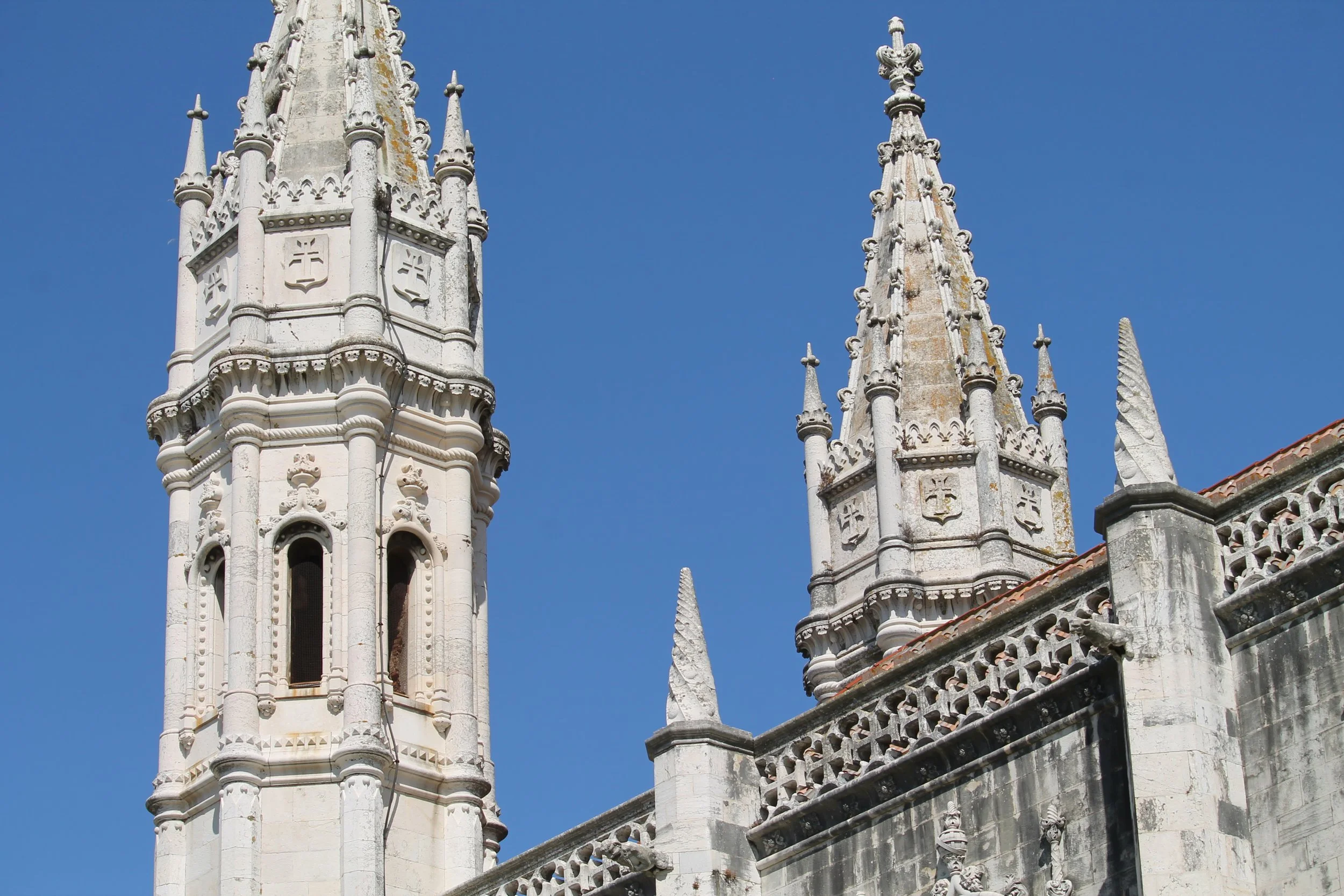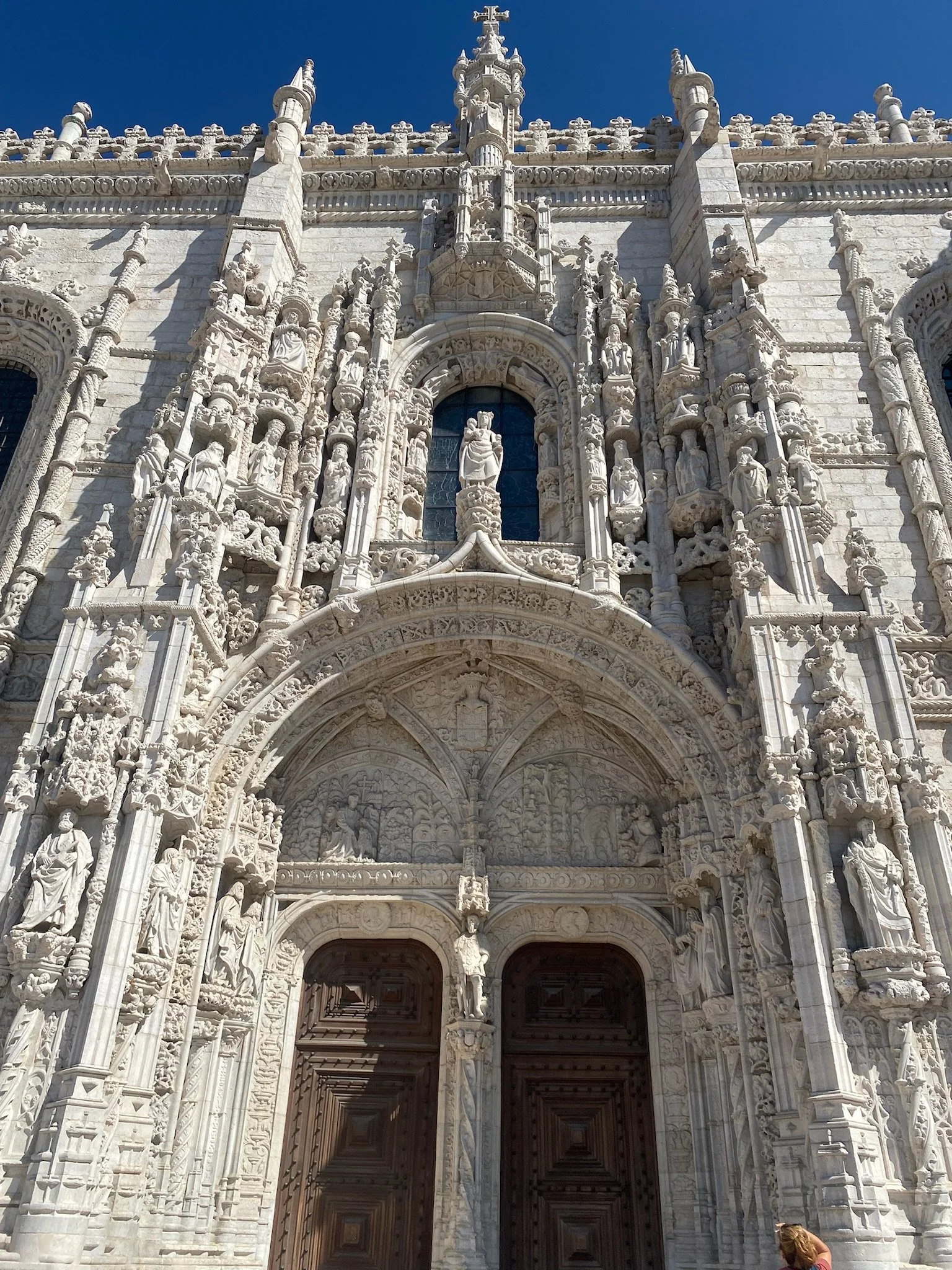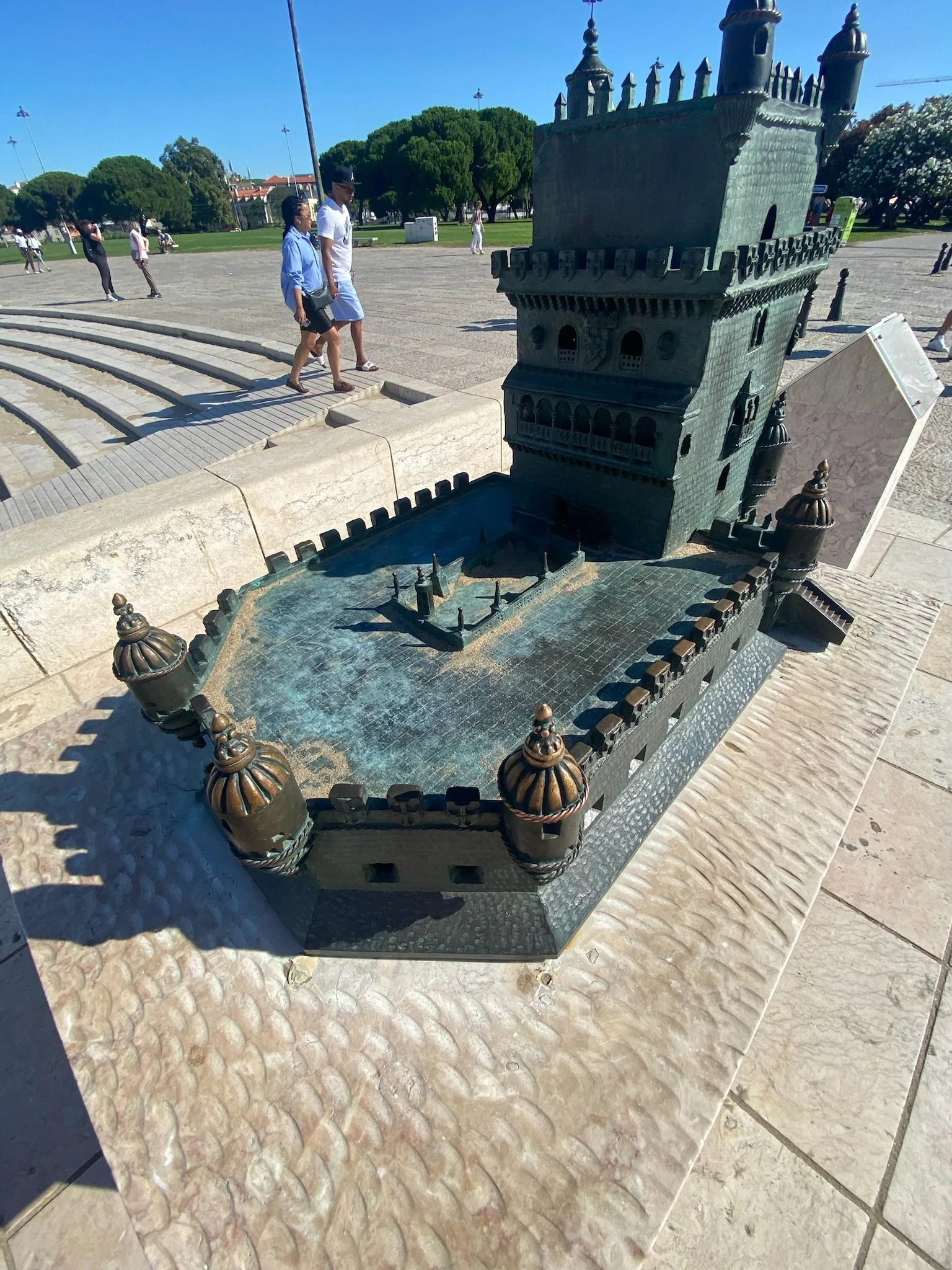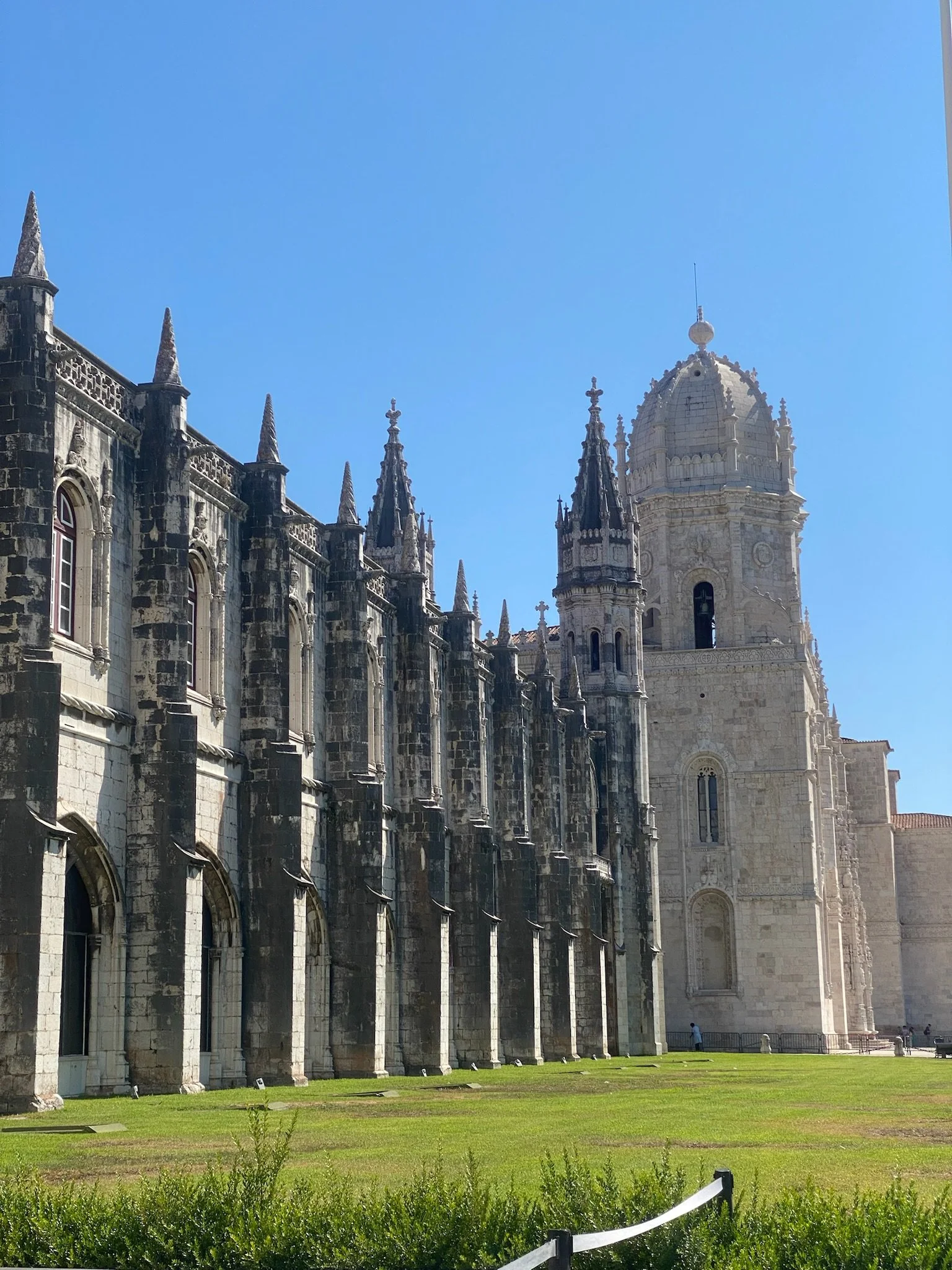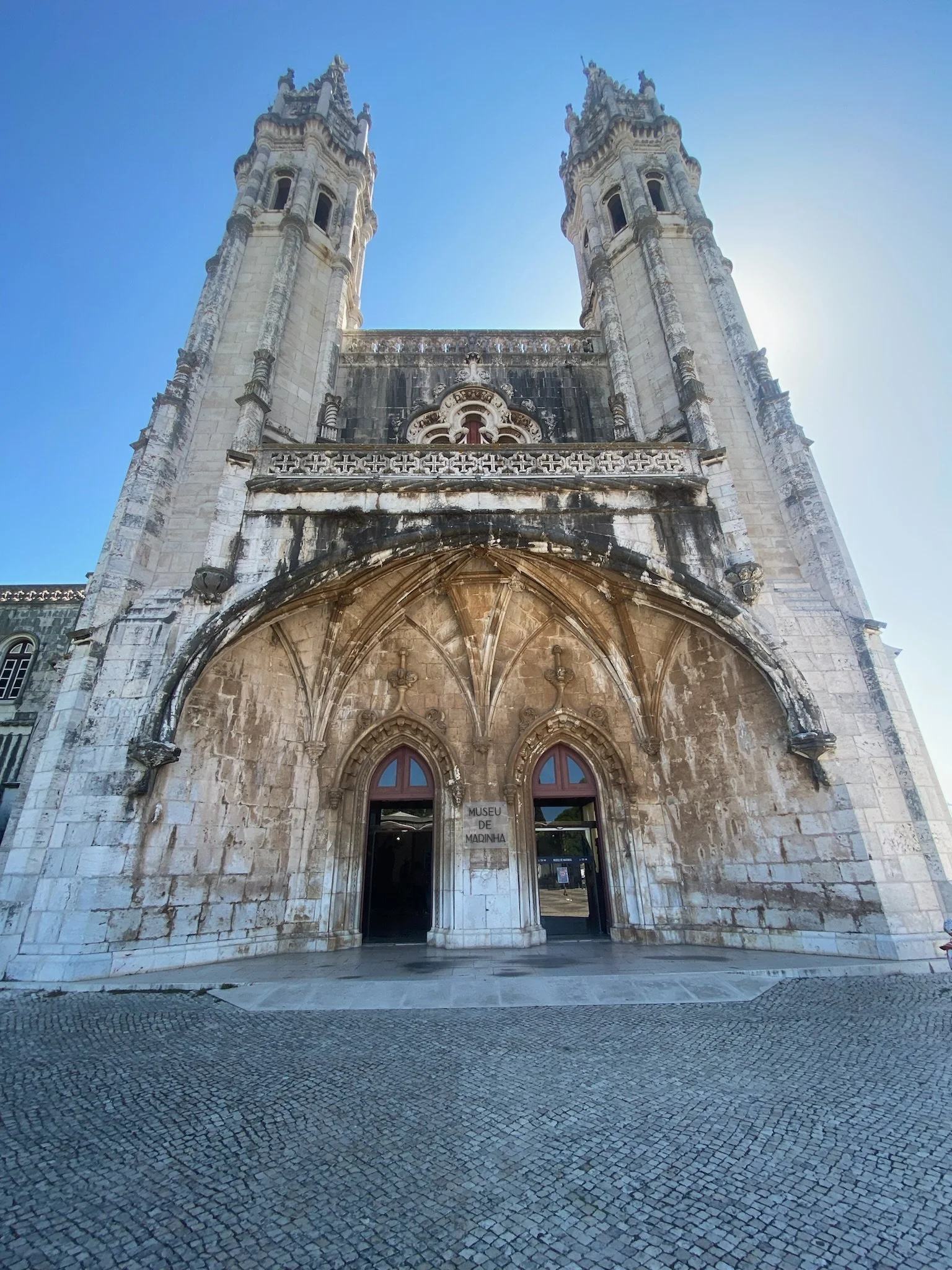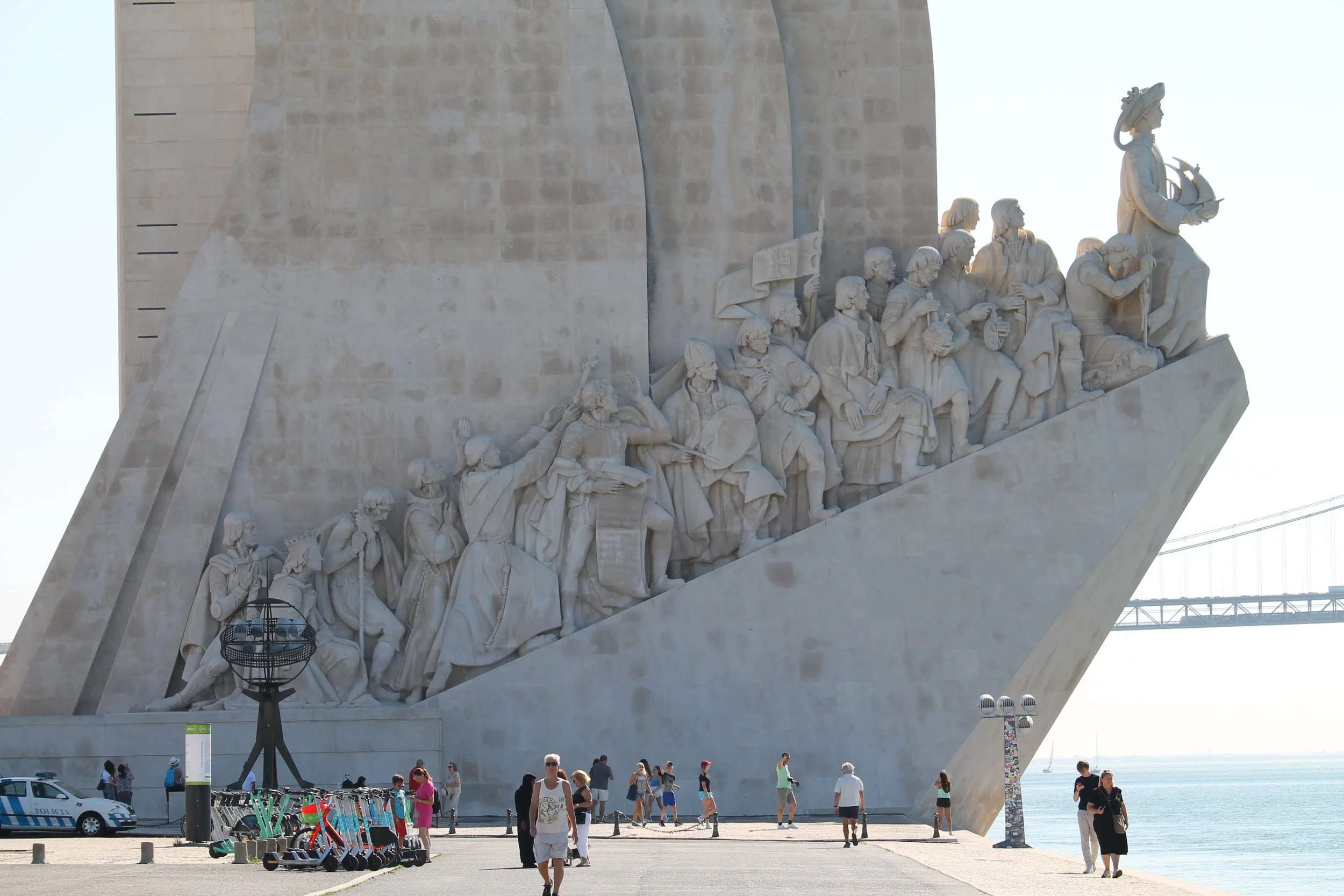
Belém Tower + Jerónimos Monastery + Monument of the Discoveries
Belém Tower
Belém Tower, officially the Tower of Saint Vincent, is a 16th-century fortification located in Lisbon that served as a point of embarkation and disembarkation for Portuguese explorers and as a ceremonial gateway to Lisbon. This tower symbolizes Portugal's maritime and colonial power in early modern Europe. It was built during the height of the Portuguese Renaissance and is a prominent example of the Portuguese Manueline style. Still, it also incorporates other architectural styles, such as the minarets inspired by Moorish architecture. The structure was built from limestone and is composed of a bastion and a 30-metre (100 ft), four-storey tower.
Since 1983, the tower has been a UNESCO World Heritage Site, along with the Jerónimos Monastery. Given its landmark status, it is often portrayed as Europe's Age of Discoveries and as a metonym for Portugal or Lisbon as a symbol. It has incorrectly been stated that the tower was built in the middle of the Tagus and now sits near the shore because the river was redirected after the 1755 Lisbon earthquake. In fact, the tower was built on a small island in the Tagus River near the Lisbon shore.
Jerónimos Monastery
The Jerónimos Monastery is one of the most prominent examples of the late Portuguese Gothic Manueline style of architecture in Lisbon. It was erected in the early 1500s near the launch point of Vasco da Gama's first journey, and a tax on the profits of the yearly Portuguese India Armadas funded its construction. In 1880, da Gama's remains and those of the poet Luís de Camões (who celebrated da Gama's first voyage in his 1572 epic poem, The Lusiad) were moved to newly carved tombs in the nave of the monastery's church, only a few meters away from the tombs of the kings Manuel I and John III, whom da Gama had served.
Monument of the Discoveries (Padrão dos Descobrimentos)
The monument was conceived in 1939 by Portuguese architect José Ângelo Cottinelli Telmo and sculptor Leopoldo de Almeida as a temporary beacon during the Portuguese World Exhibition opening in June 1940. The Monument to the Discoveries represented a romanticized idealization of the Portuguese exploration that was typical of the Estado Novo regime of António de Oliveira Salazar. It was originally constructed as a temporary construction, located in the Praça do Império as part of an urban renewal project favoured by minister Duarte Pacheco, but with the resistance of Cottinelli Telmo. Yet, by June 1943, the original structure was demolished after the exposition as there was no concrete formalization of the project.
On 3 February 1958, in decree No. 41-517, the government, through the Ministério de Obras Publicas (Ministry of Public Works), the Overseas Provinces and the Câmara Municipal of Lisbon, promoted the intent to construct a permanent Monument to the Discoveries. Between November 1958 and January 1960, the new monument was constructed in cement and rose-tinted stone (from Leiria), and the statues were sculpted from limestone excavated from the region of Sintra. The new project was enlarged from the original 1940 model as part of the commemorations to celebrate the fifth centennial of the death of Infante Henry the Navigator.
These photos were taken during my vacation in August 2024. I used my Canon T3 EOS with an 18-55mm Lens and a 55-250mm long-range zoom equipped with an image stabilizer.

